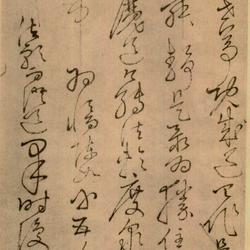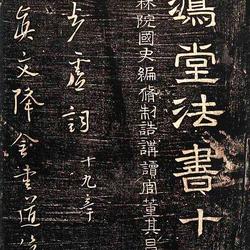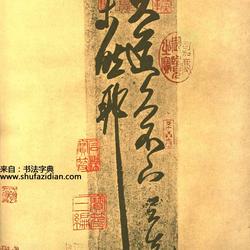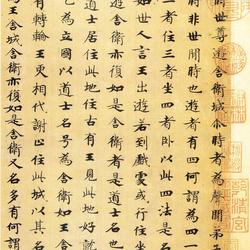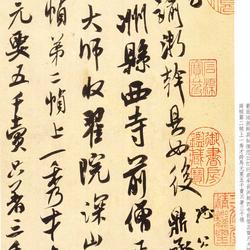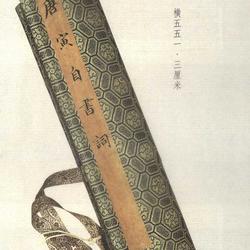The full name of "Shimen Inscription" is "Taiyang Zhikaifu Shimen Inscription". It was inscribed in the first month of the second year of Yongping (509) of Emperor Xuanwu of the Northern Wei Dynasty. It was signed by Wang Yuanshu Dan in Taiyuan Dian and carved by Wu Aren on the Shimen Cliff in the Baoxie Valley in the northeast of Baocheng County, Shaanxi Province. wall. Baogukou in Hanzhong is the most dangerous pass on the Baoxie Road. The cliffs are steep and the water on the cliffside is fast, making it difficult to build a plank road. During the Yongping period of the Eastern Han Dynasty, Emperor Ming of the Han Dynasty issued an order to dig a tunnel through the mountain in the most dangerous place. It took six years to complete and was called "Shimen" in ancient times. The east wall is 16.5 meters long, the west wall is 15 meters long, the south entrance is 3.45 meters high and 4.4 meters wide, and the north entrance is 3.75 meters high and 4.1 meters wide. The tunnel and the plank road are on the same horizontal line. Baoxie Shimen is one of the earliest artificial traffic tunnels in the world. The Shimen Road was excavated in the Later Han Dynasty and fell into disuse. This cliff inscription describes the reasons, process and results of the reconstruction of the Baogu Road in the Northern Wei Dynasty. It also extols the grand event of Yang Zhi, the governor of the Liang and Qin states, who "sent the Zuo Xiaoling Jia Sande" to reopen the Baoxie Road. The full text of "Shimen Inscription" integrates recording events, praising merits, describing scenes and expressing emotions. It is a representative work of stone inscriptions. Therefore, calligraphy and chisel carvings were also consciously done by masters of calligraphy and chisel at that time. This can also be seen from the cliff inscriptions. , the cliff inscription is located on the east wall of the stone gate of Baocheng, Shaanxi Province, and the calligraphy inscription is "Wang Yuan of Taiyuan County" and the chiseled word is "Wu Aren, Luoyang County, Henan County", and his name is engraved in the cliff inscription. It can be seen that Wang Yuan, Although Wu Aren's artistic achievements have not been recorded in history, their superb artistic works clearly show that they were recognized by the society as artistic masters at that time.
During the Han Dynasty, Buddhism was introduced to China from India. During the Wei, Jin, Southern and Northern Dynasties, Buddhism and Taoism became increasingly popular in response to the needs of social consciousness, and writing scriptures was a major merit. Whenever new temples, towers or Buddha statues are built, literary scholars must be hired to write articles to record the events. Some were carved out of stone to make monuments, while others were carved on natural rock walls. In a short period of time, the fashion of erecting monuments, which was popular in the Han Dynasty, turned to the Buddhist style of building temples, pagodas, and erecting monuments and carving stones. At one time, there were countless monuments. The stone is hard and can be preserved forever, especially the cliff. Because the mountain is high and dangerous, it is difficult for ordinary people to reach it, so there are few human damage. "Shimen Inscription" is a representative example of cliff carvings in the Northern Wei Dynasty and a milestone in the history of the development of Chinese calligraphy art. Due to the vastness of the cliff surface, free from the limitations of paper, the calligraphy is profound, the pen formation is strict, and the momentum is majestic. Therefore, the calligraphy style is naturally open, majestic, and naturally interesting, showing the masculine beauty of simplicity and simplicity, which can be called a masterpiece. This cliff stone carving has been moved to the Shaanxi Hanzhong Museum.
The rubbings of "Shimen Inscription" are better if the word "this" on the first page of the old rubbings is not damaged. This is a refined rubbing. This stone carving is a formal script, with 28 lines and 22 characters in each line. The inscription in the back section is 7 lines, with 9-10 characters in each line. It draws on the vigorous and concise Zhuanli writing style of the famous Han Li work "Ode to the Stone Gate" from the same place. The writing style and posture draw on the ups and downs, strange and grand characteristics of Han Li, and the calligraphy style is elegant, sparse, and natural. Kang Youwei praised it as a "divine product" and commented in "Guang Yizhou Double Collection": ""Shimen Inscription" is flying and strangely clear, with sparse and scattered lines, graceful and celestial, and originated from "Ode to Shimen" and "Kong Zhou" The other steles are from the old kingdoms of Xia and Yin, and those who share the border with Zhonglang are beyond the reach of Yuan Chang." The author of the steles, Wang Yuan, is not recorded in the official history, but Kang Youwei recommended him as one of the top ten calligraphers of steles in the Southern and Northern Dynasties. "Shimen Inscription" is one of the best examples of Wei stele that can be copied and used for reference. Many famous calligraphers in history have been inspired by this stone.
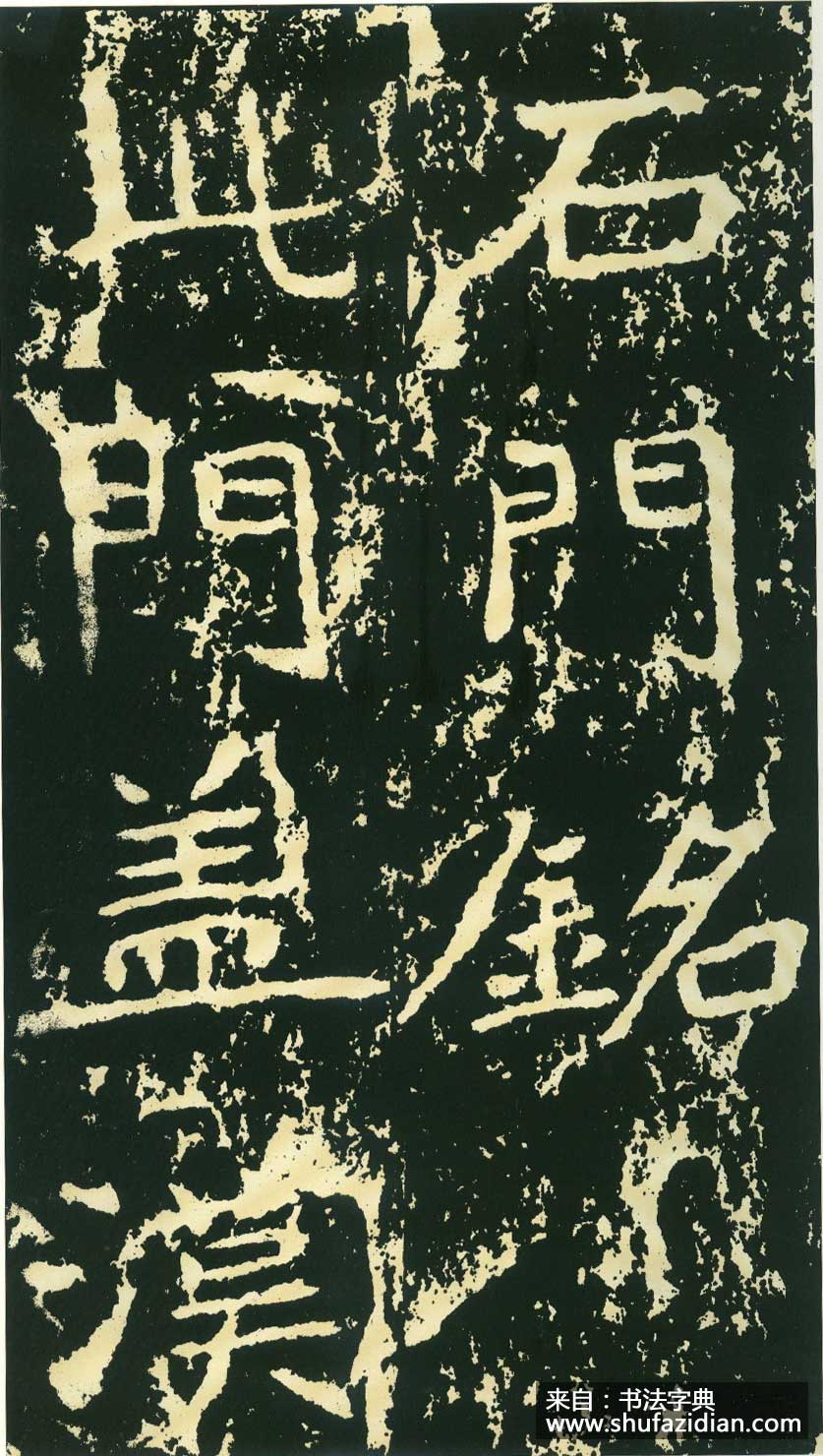
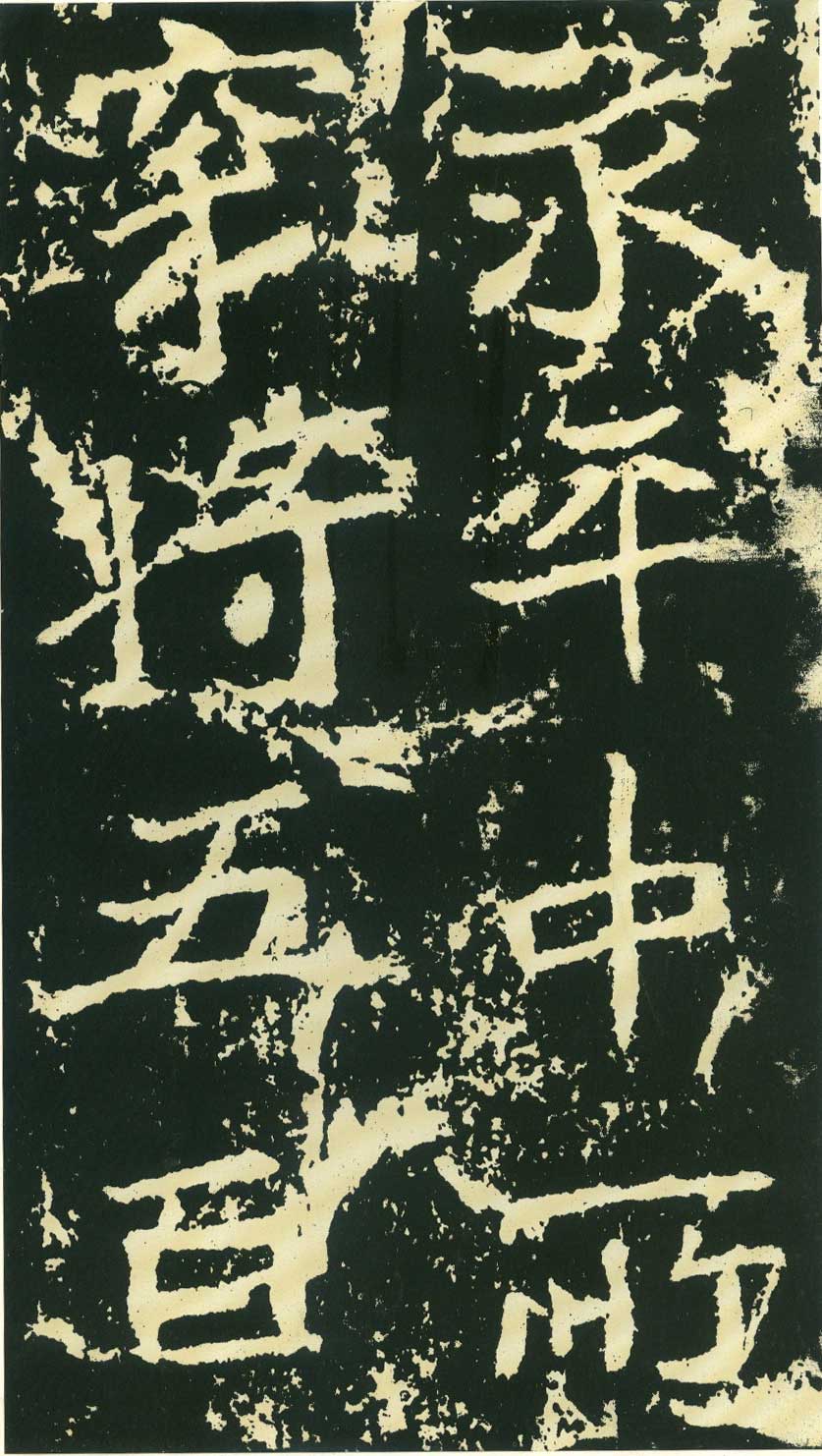
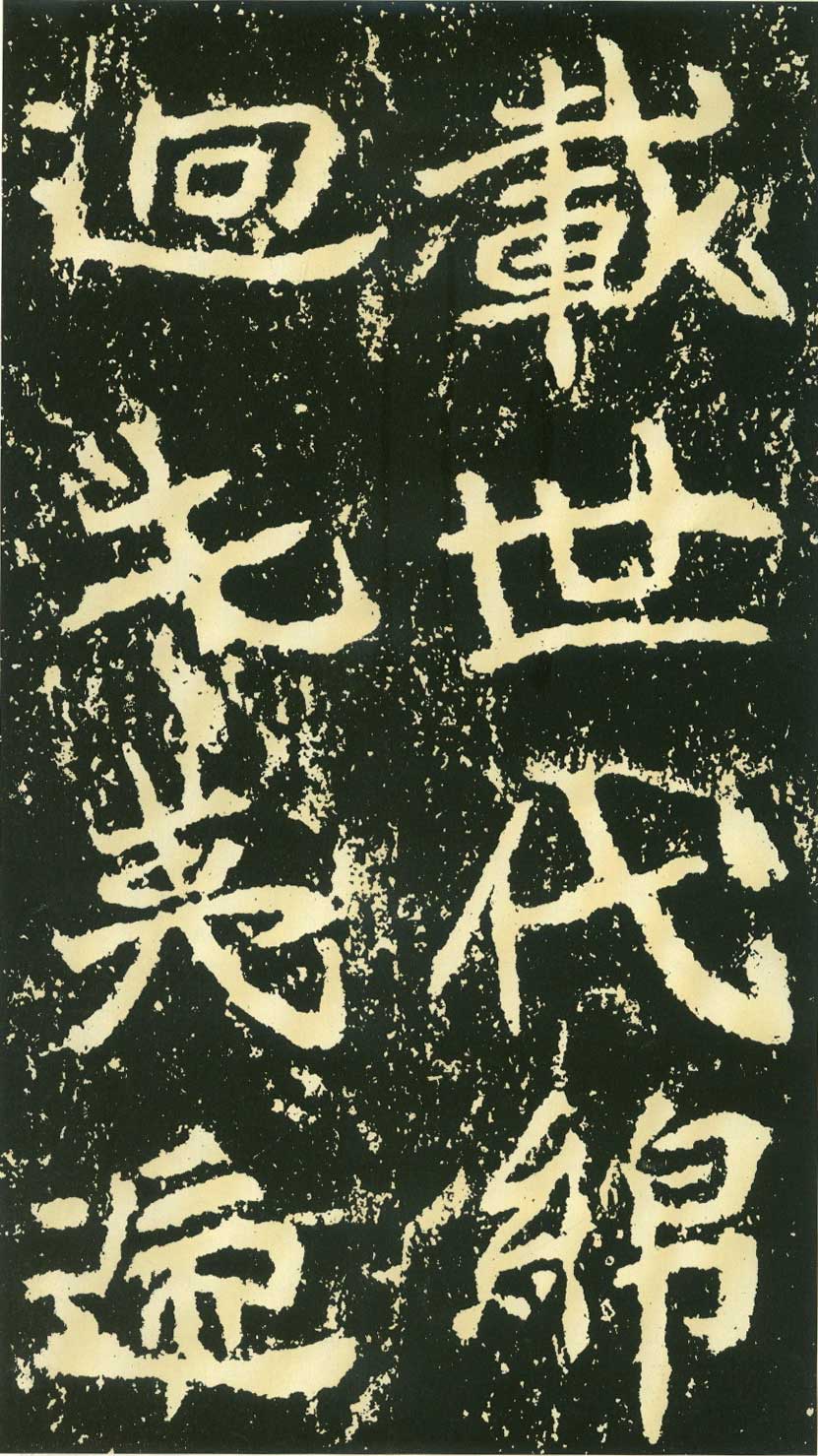
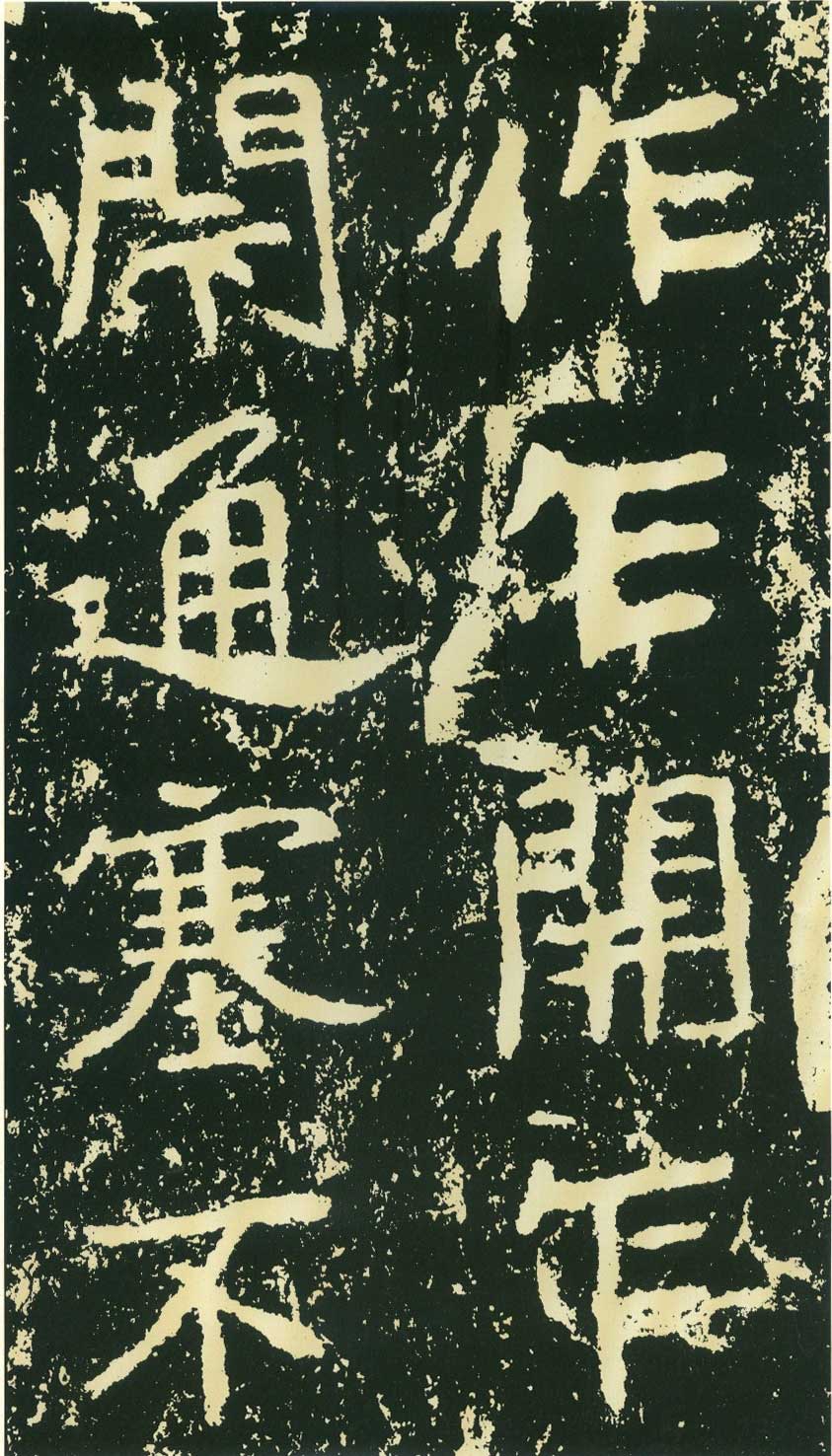
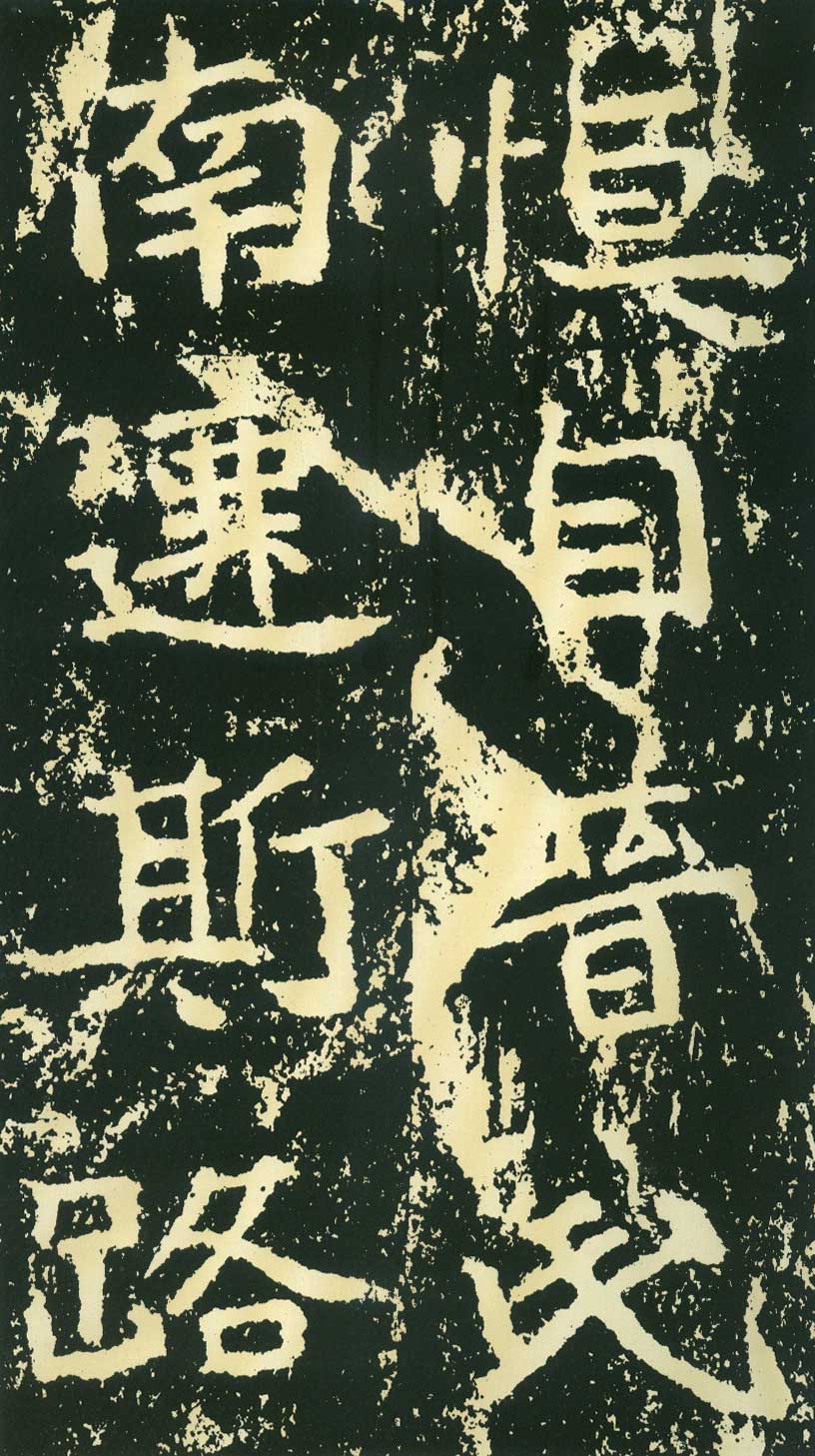
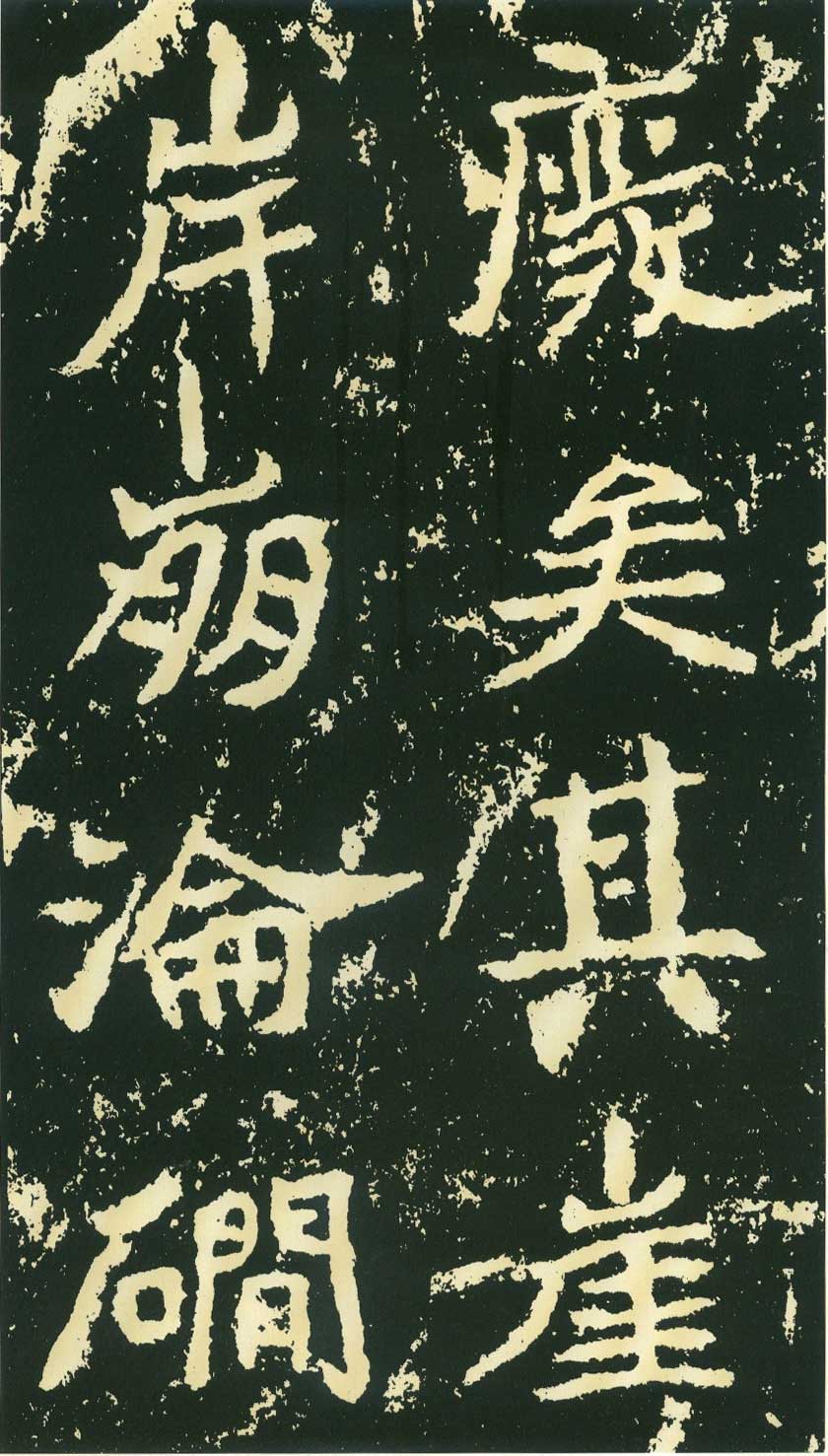
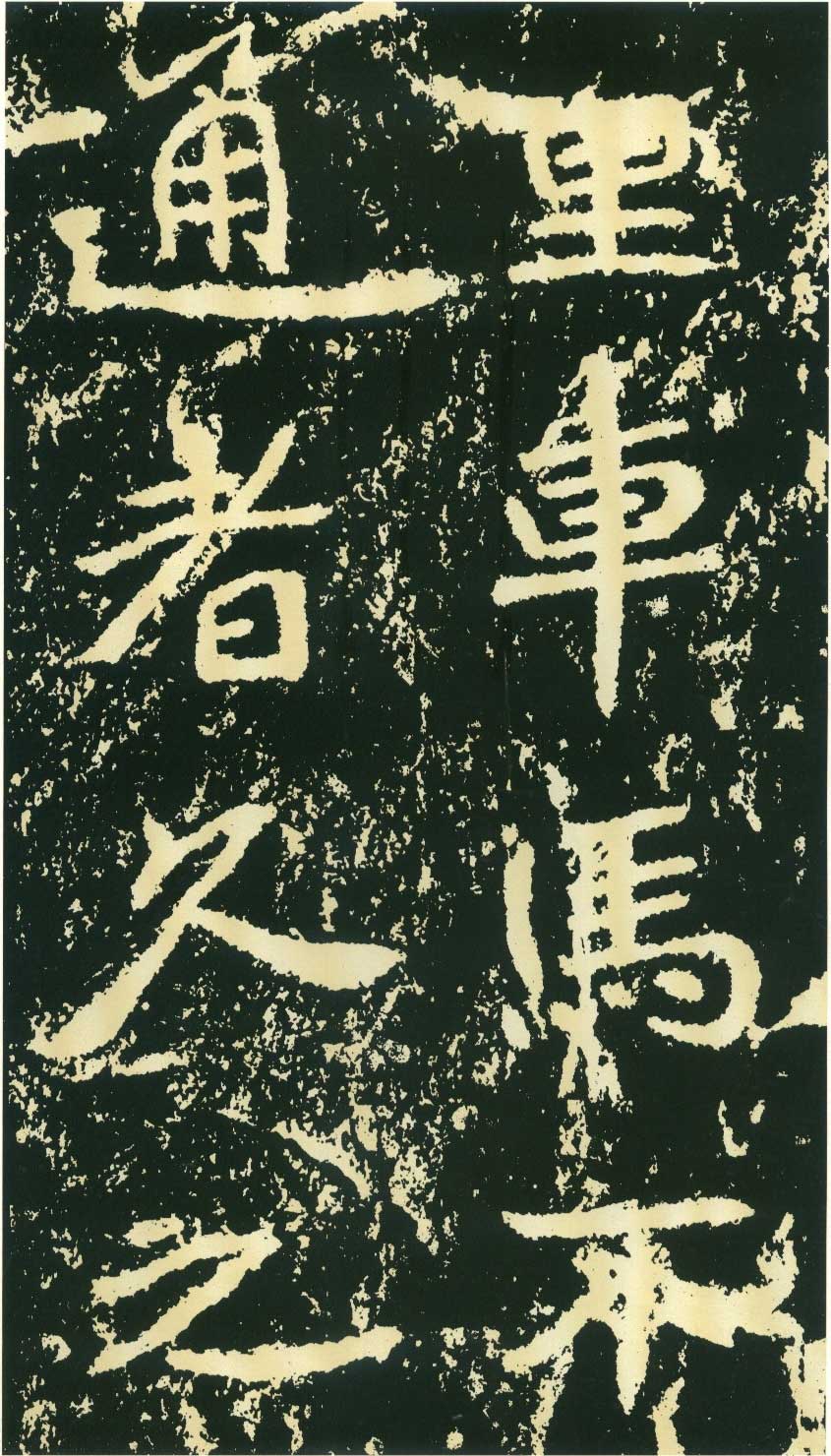
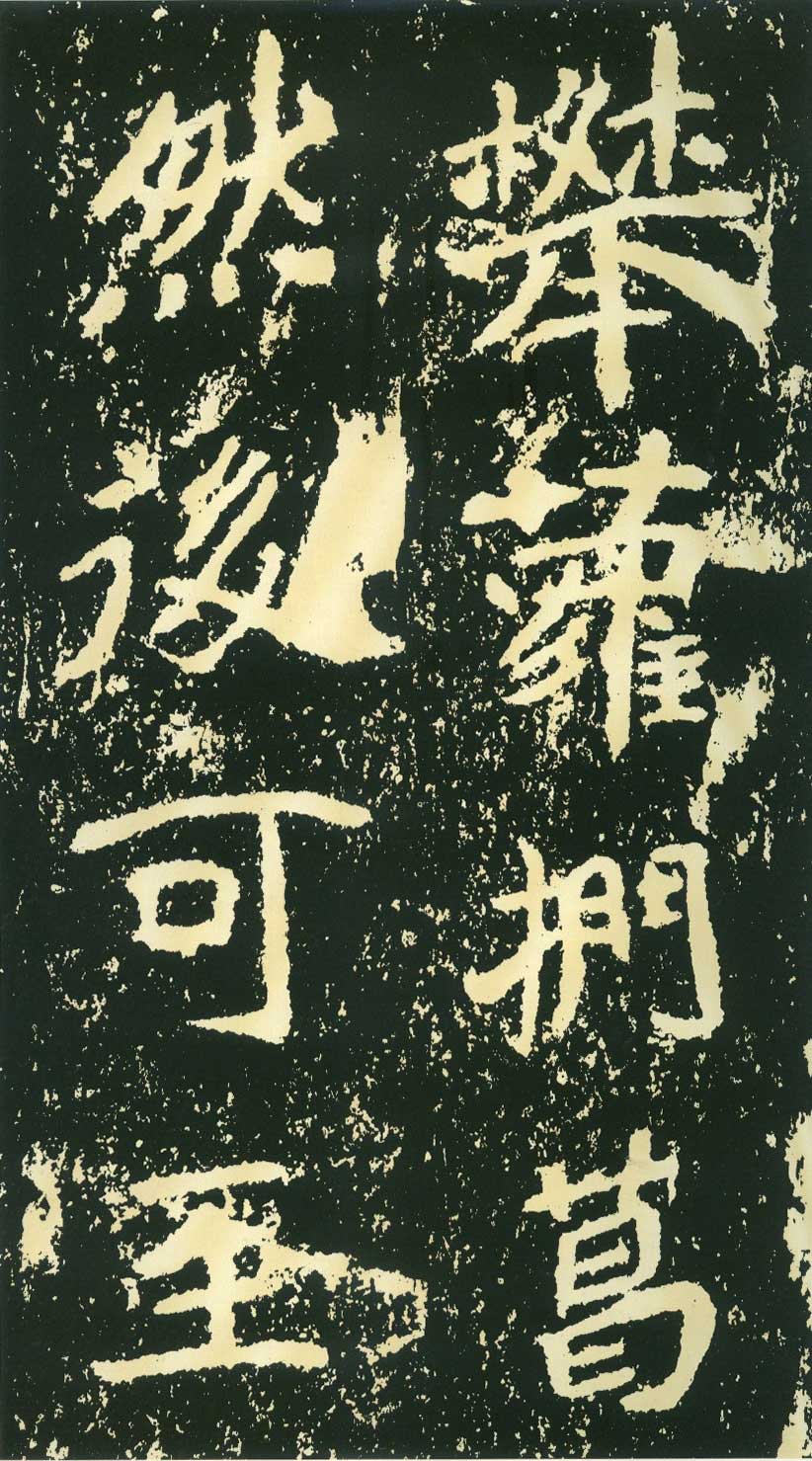
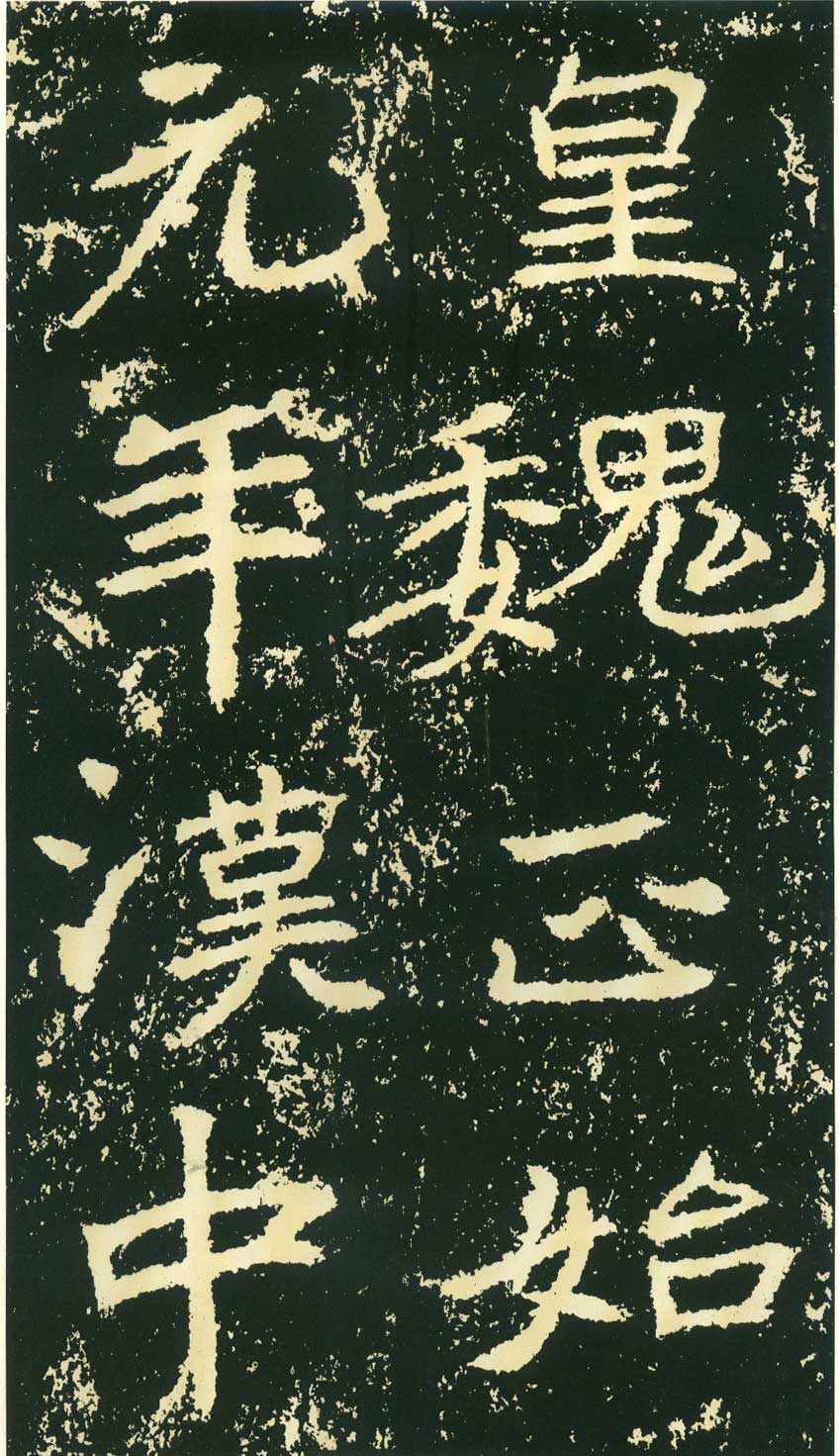
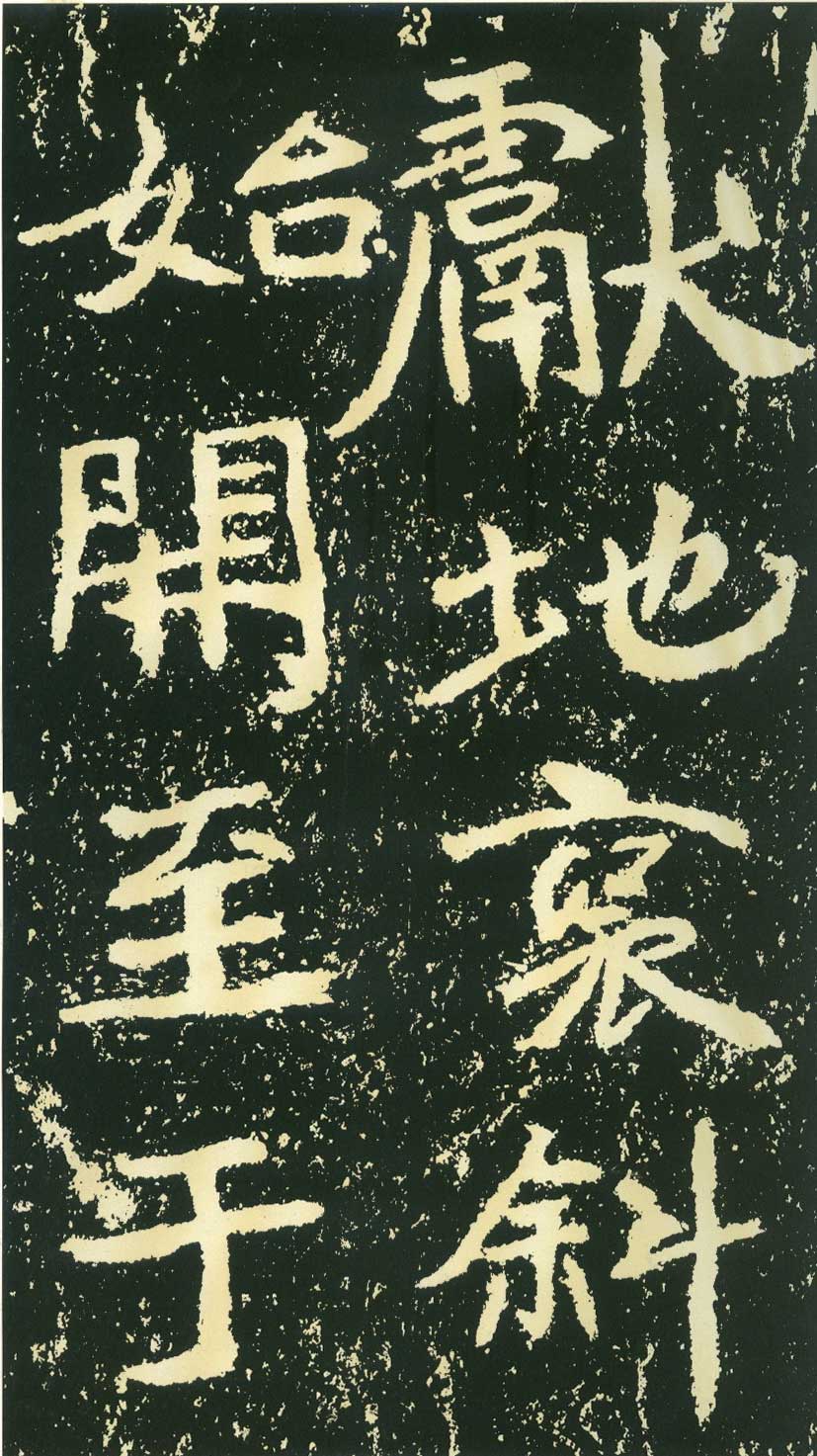
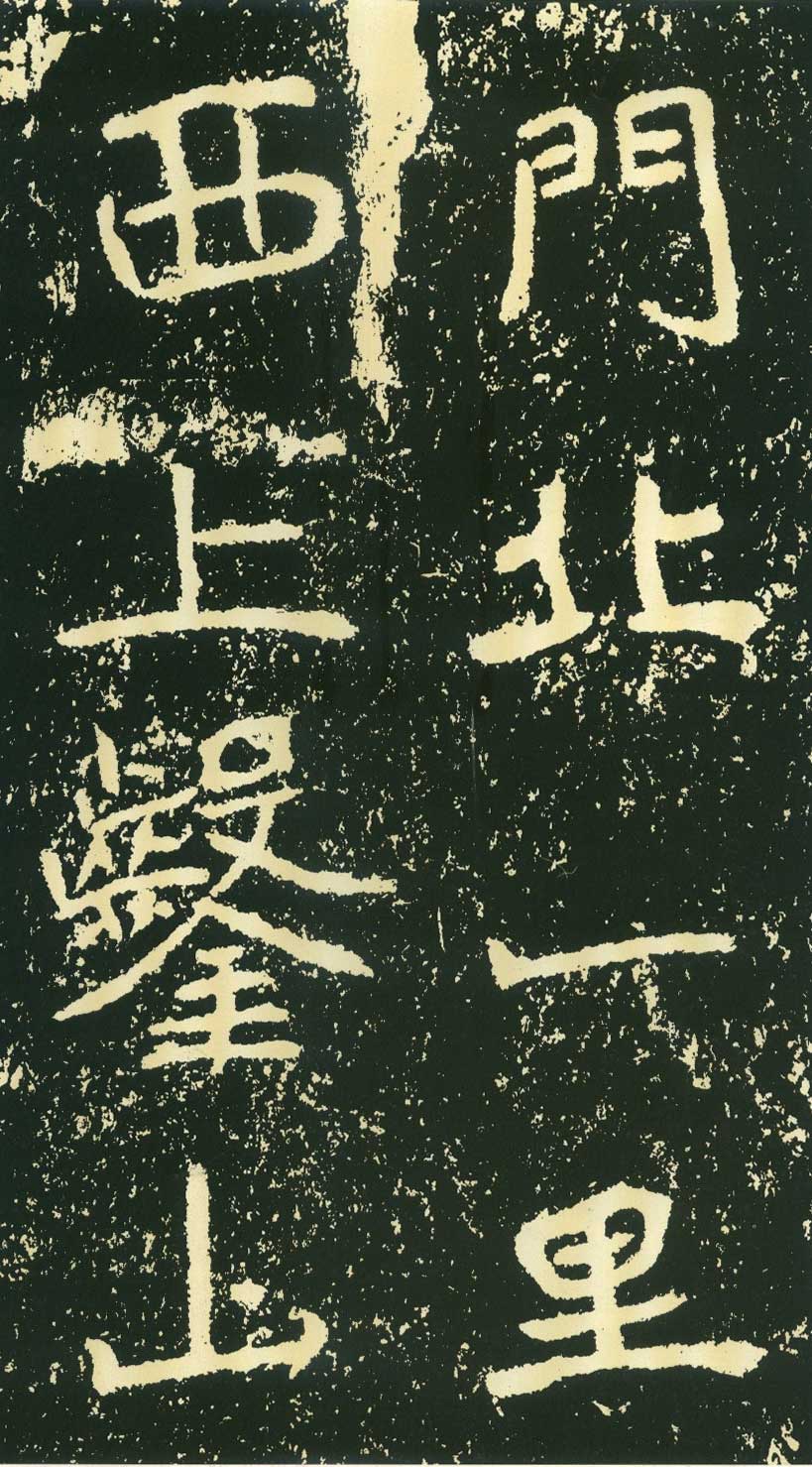
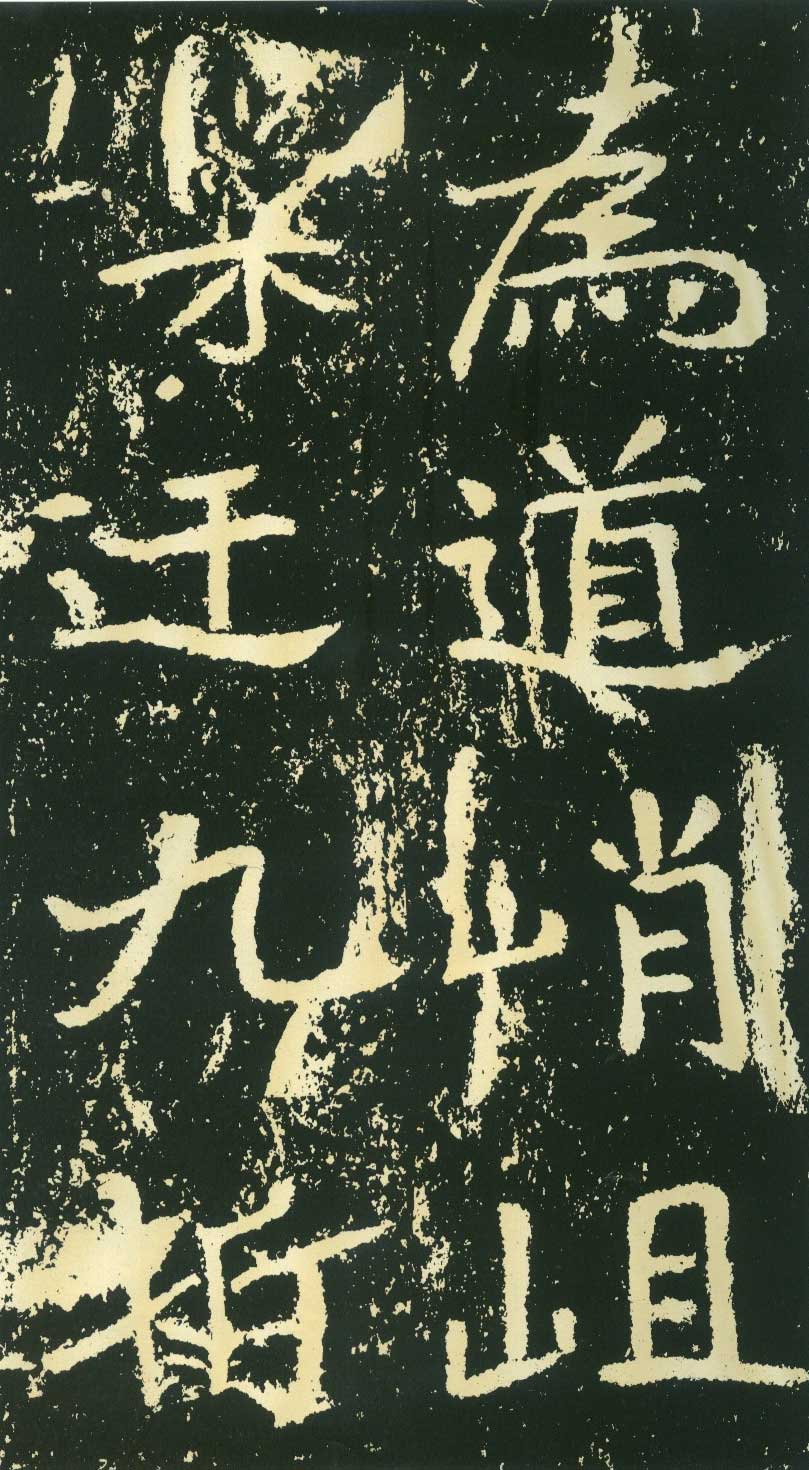
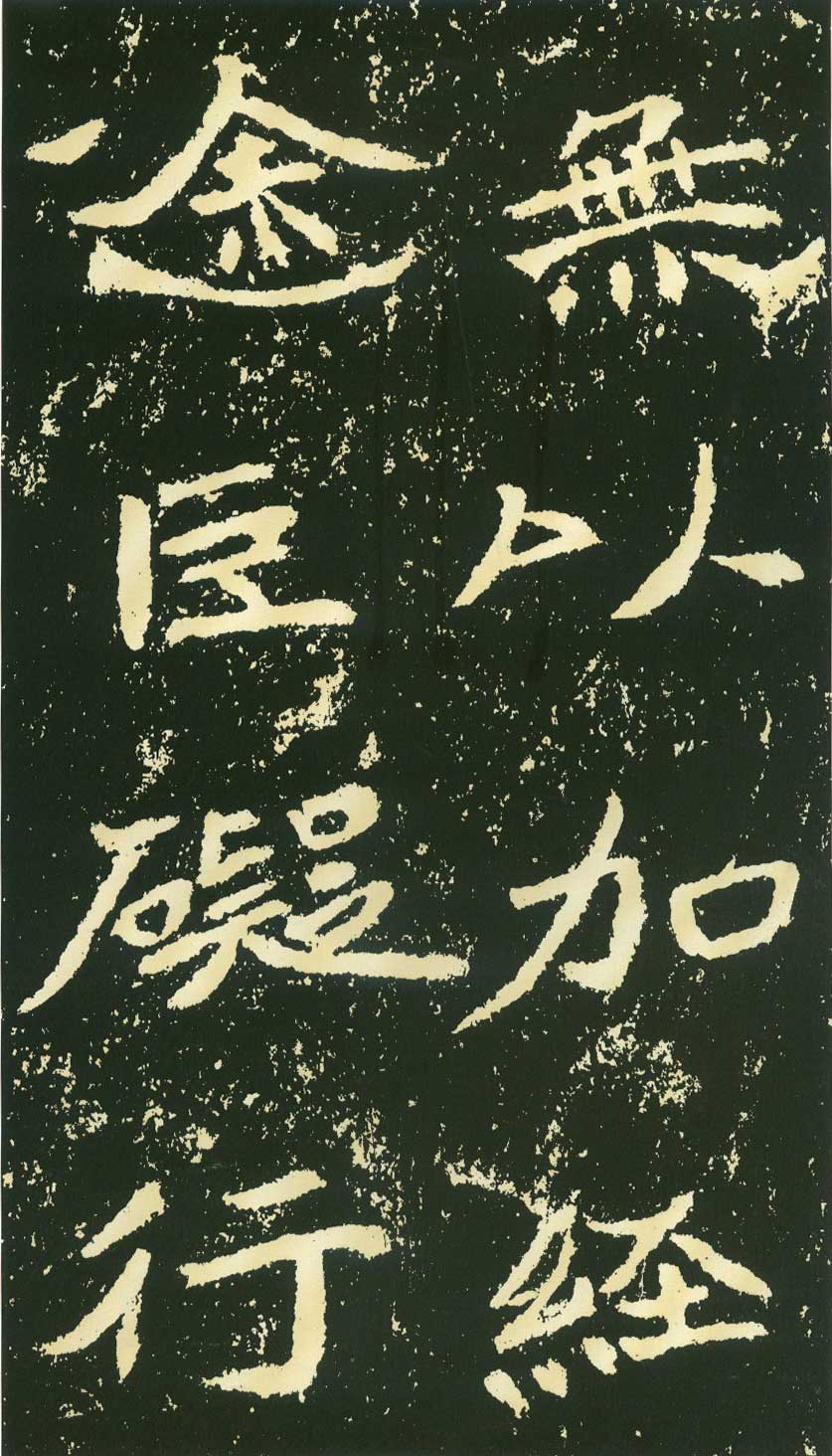
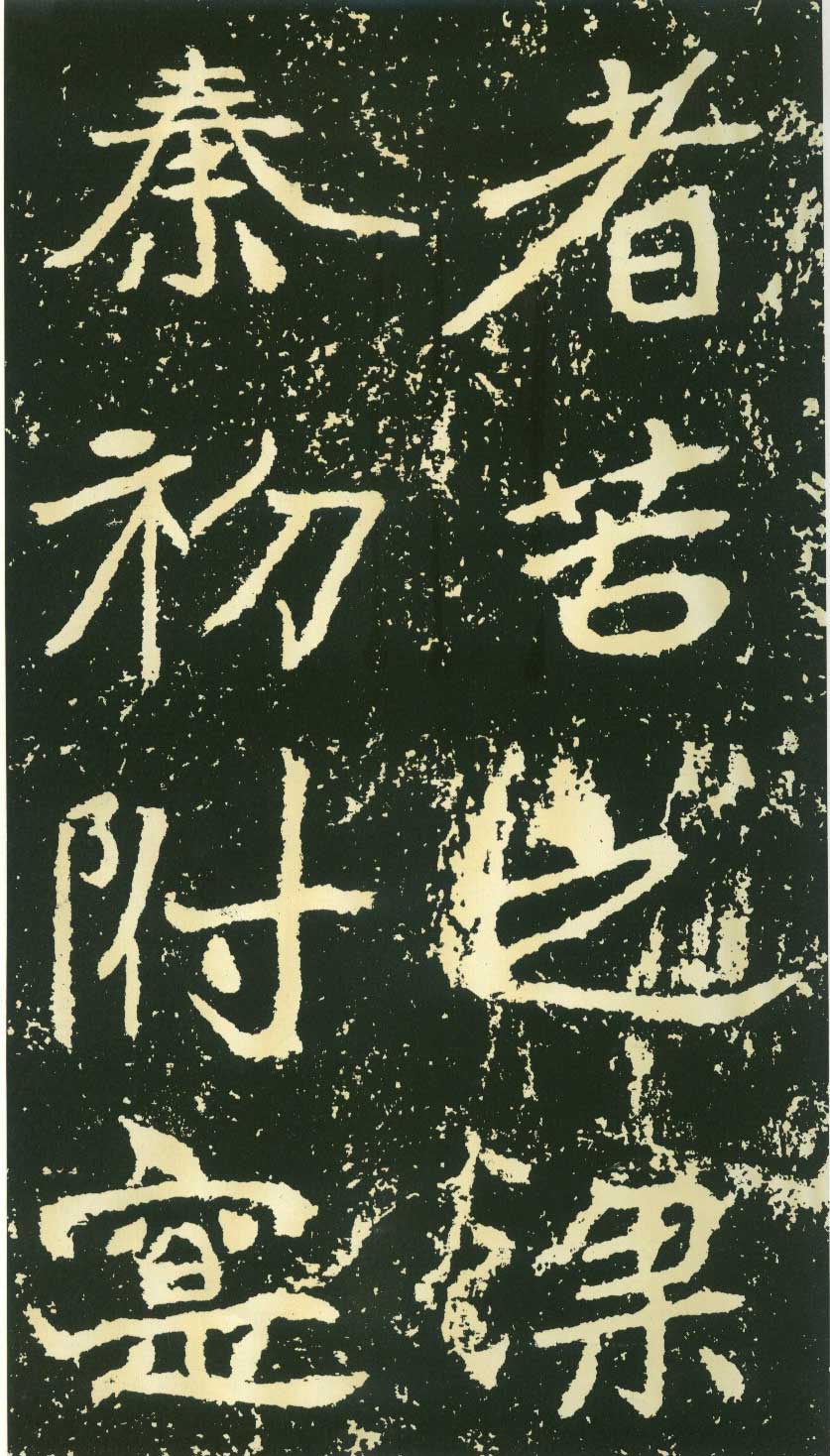
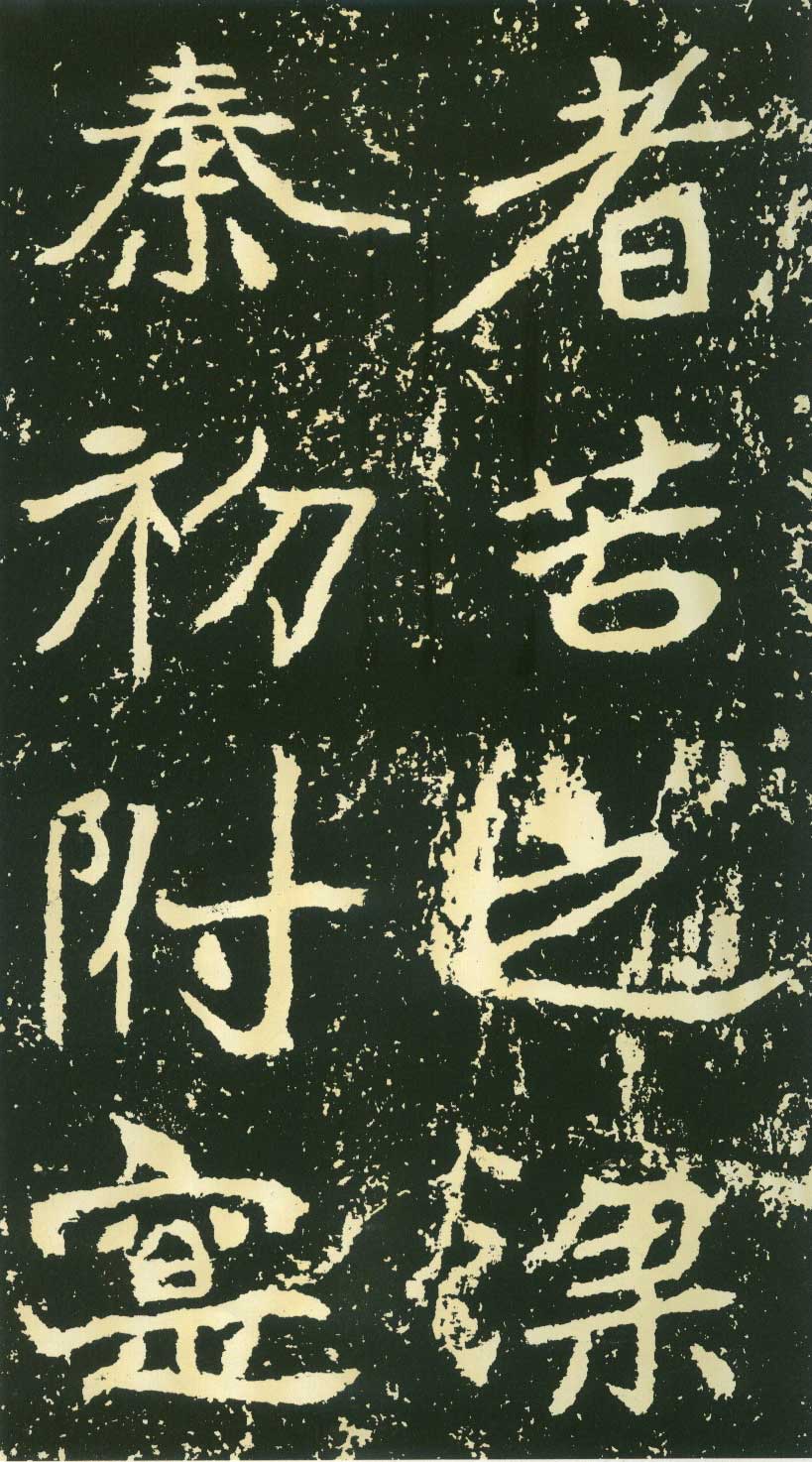
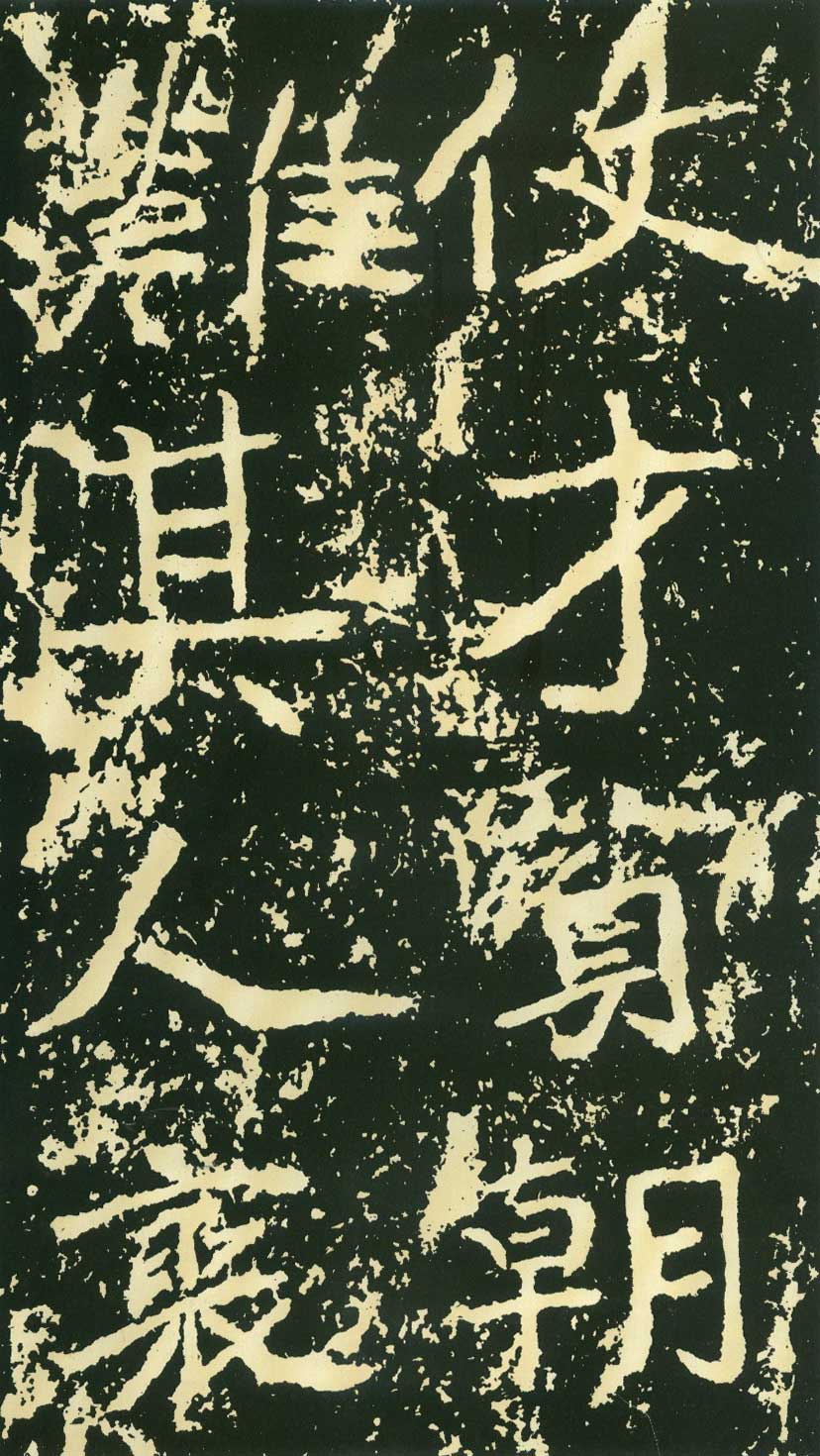
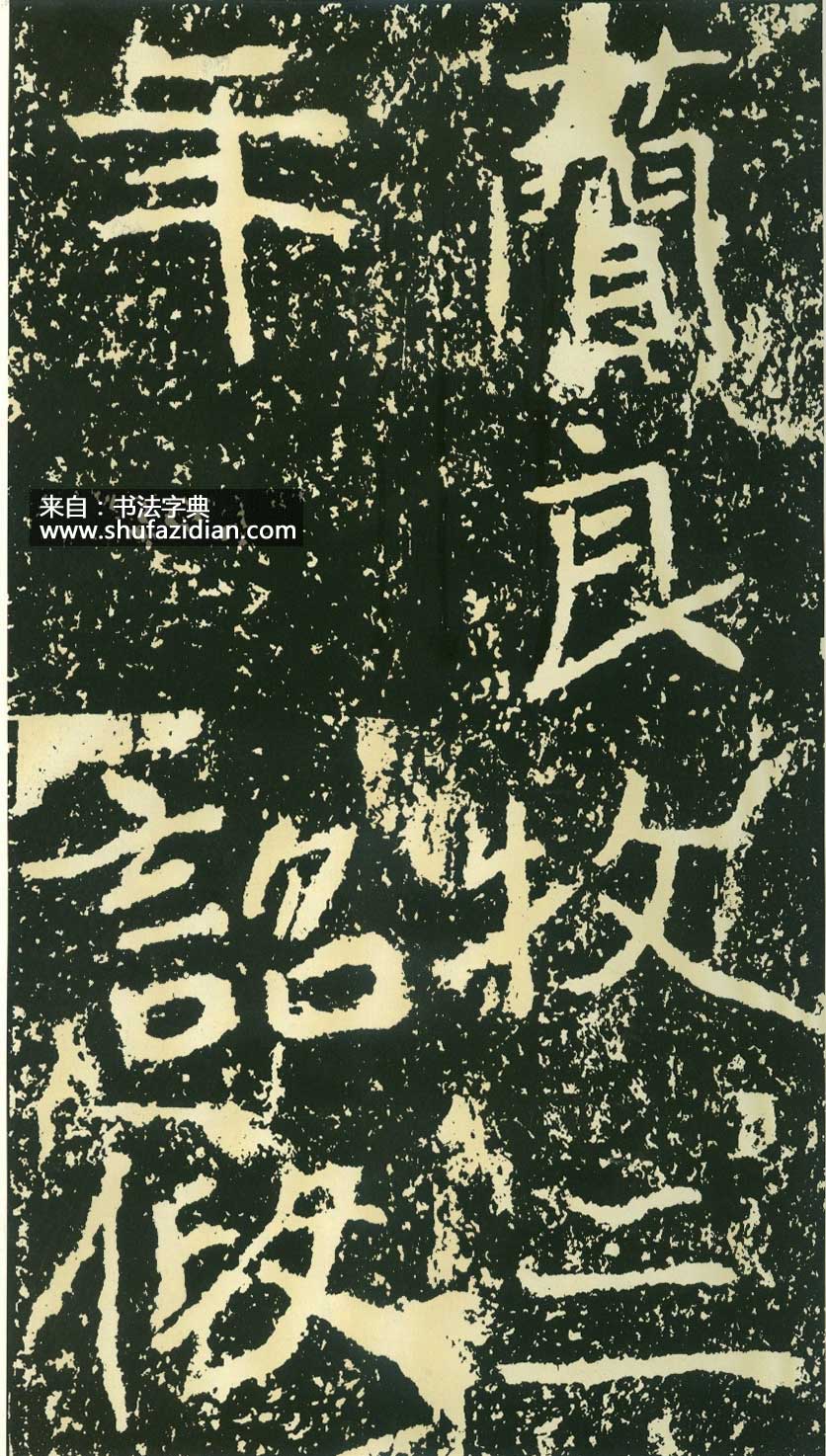
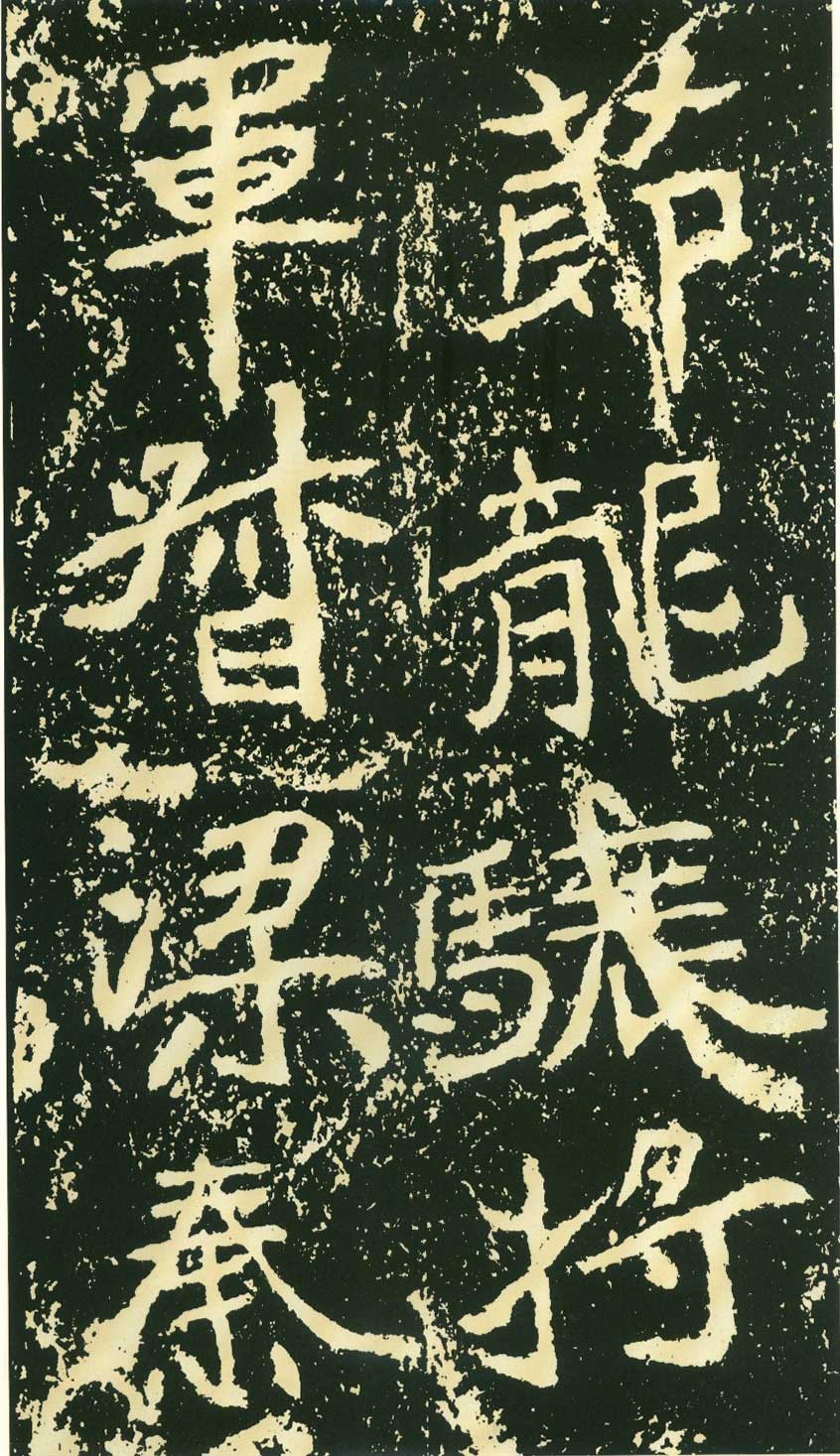
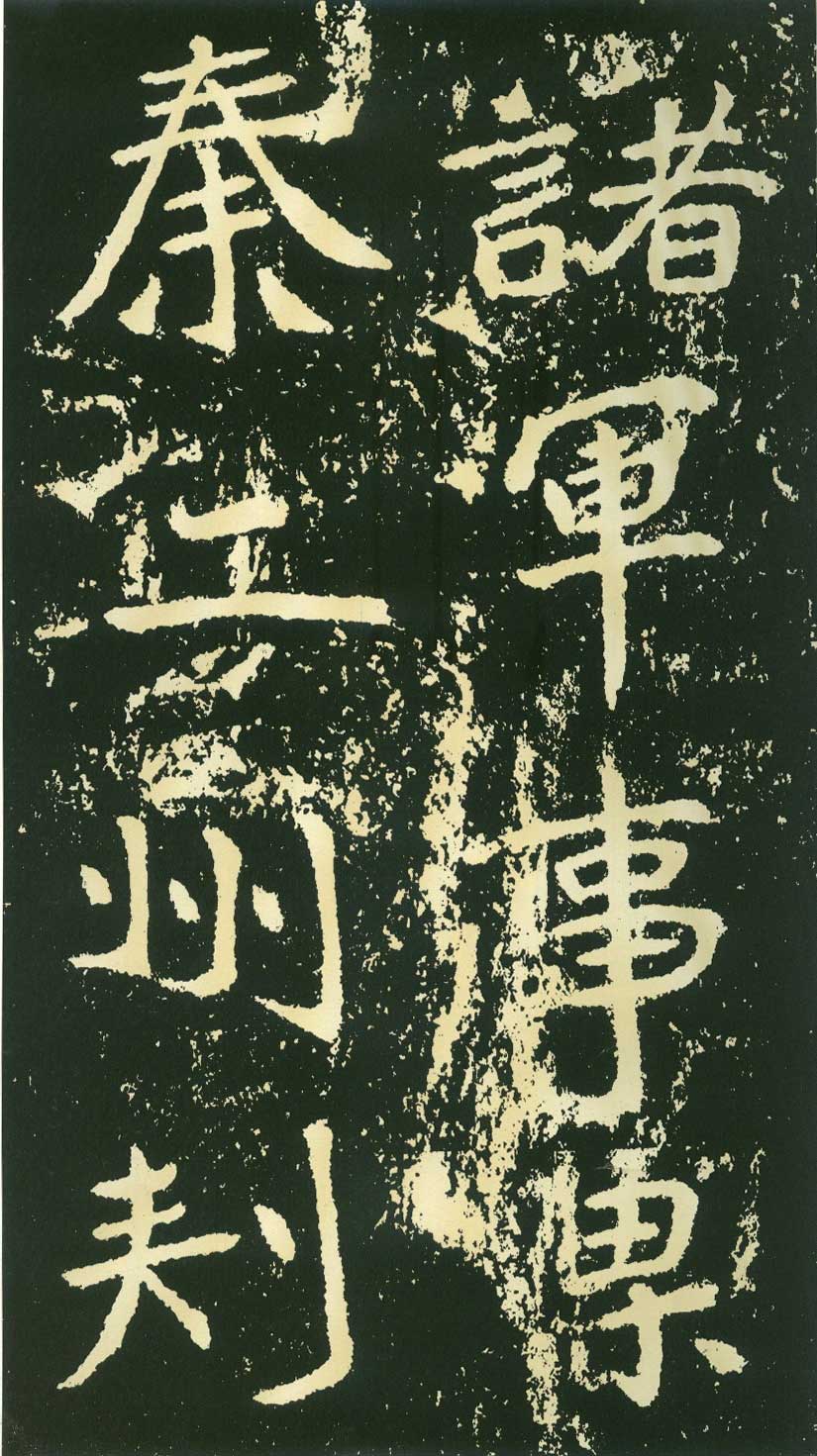
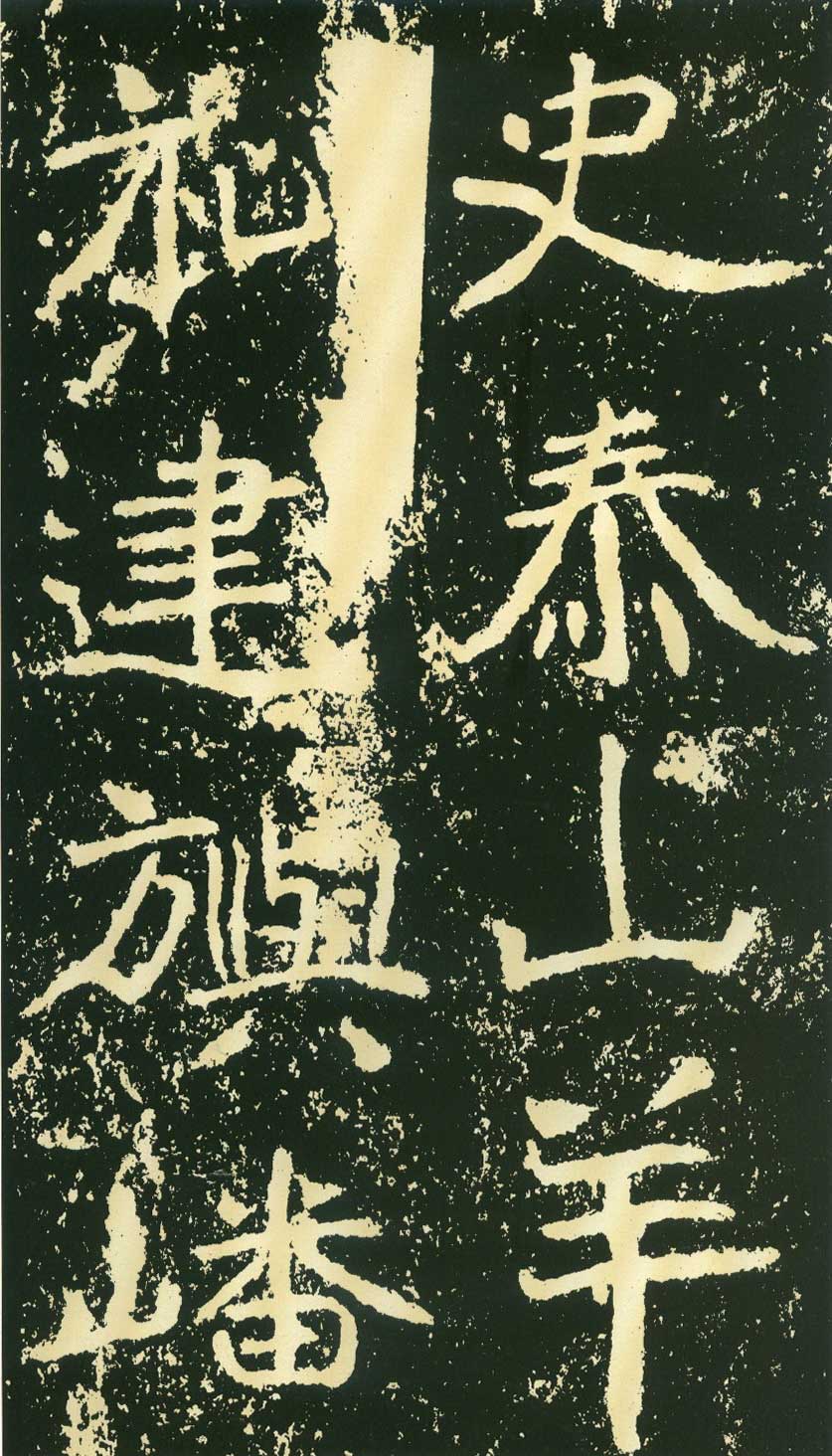
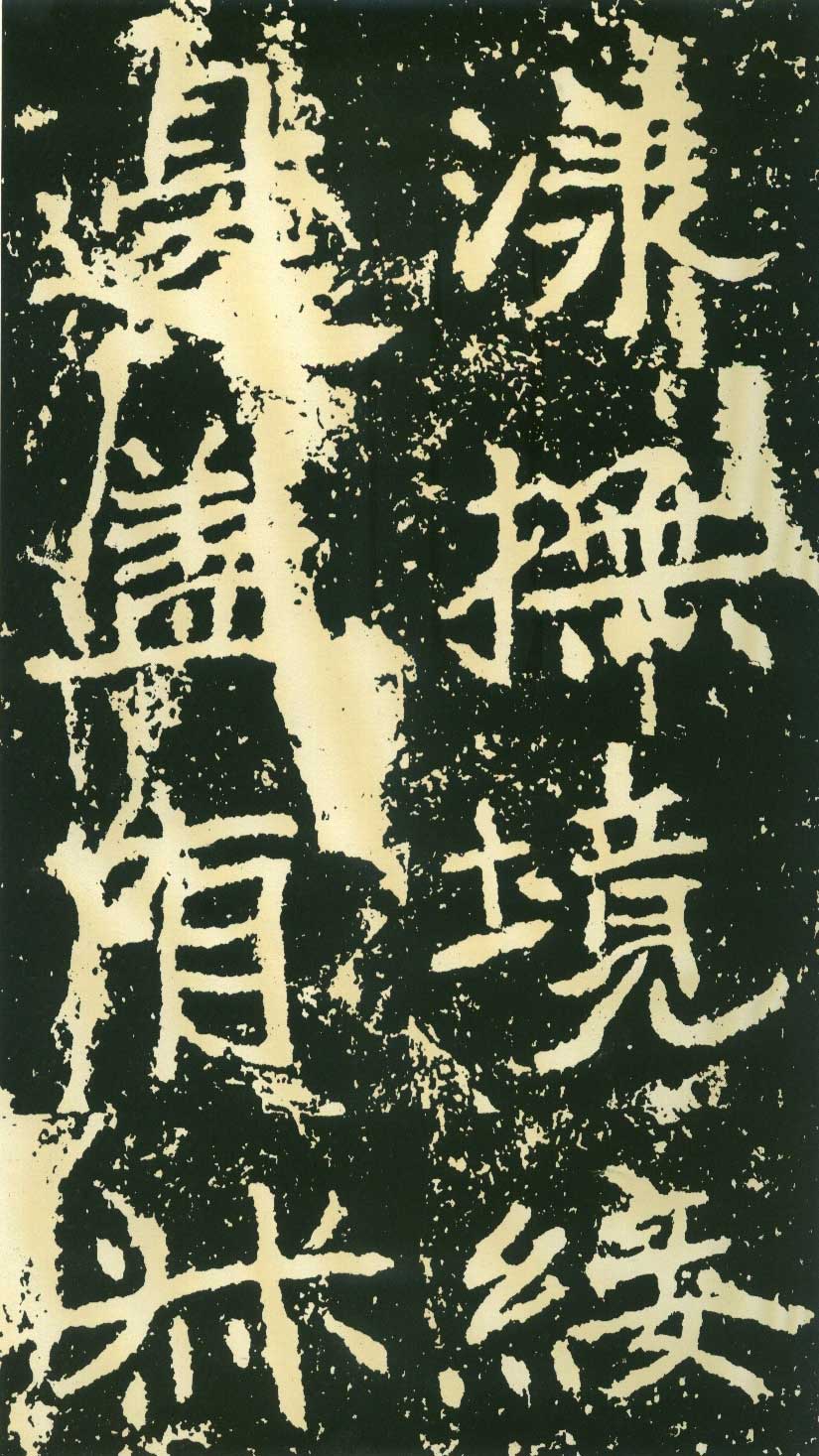
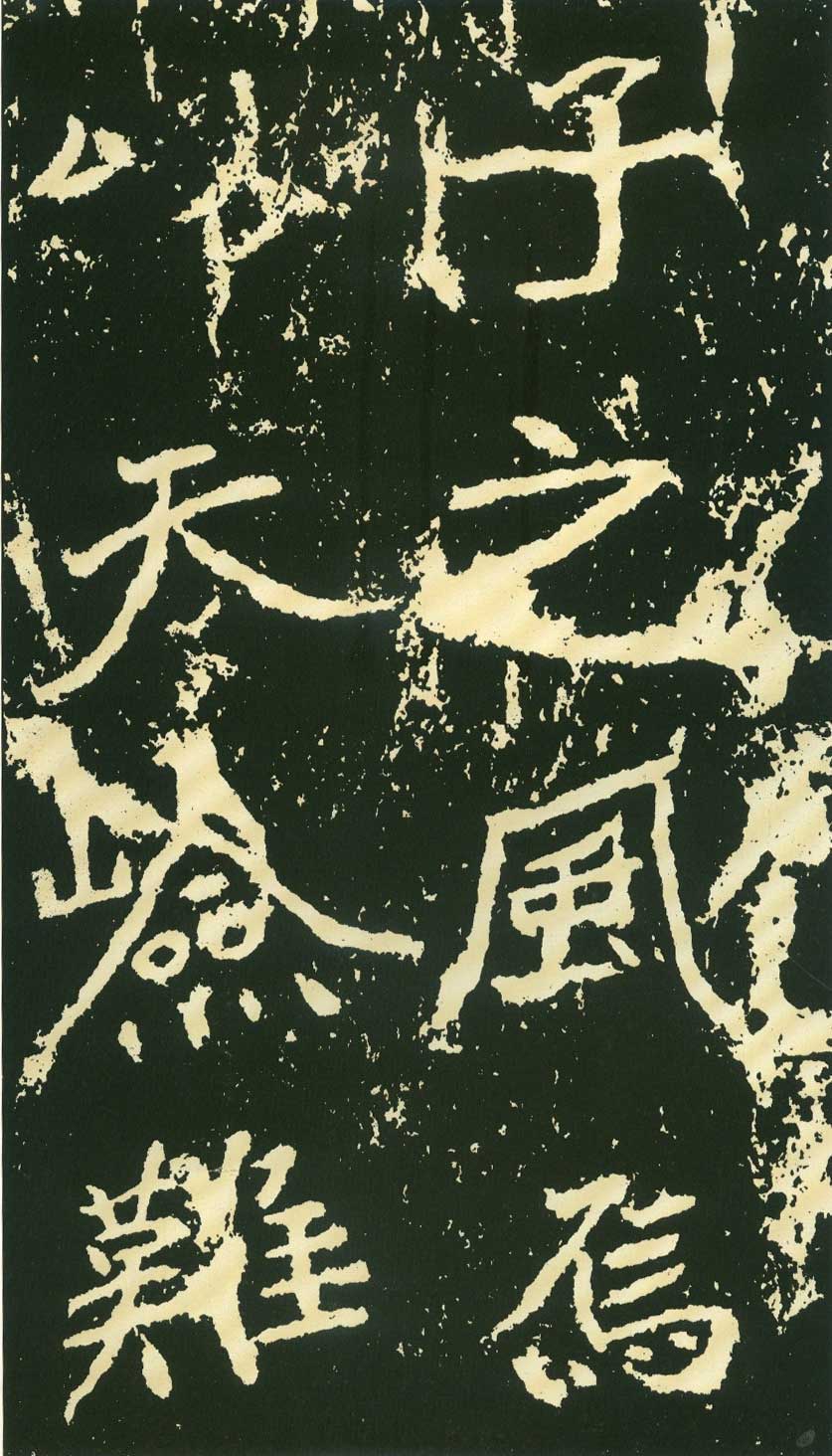
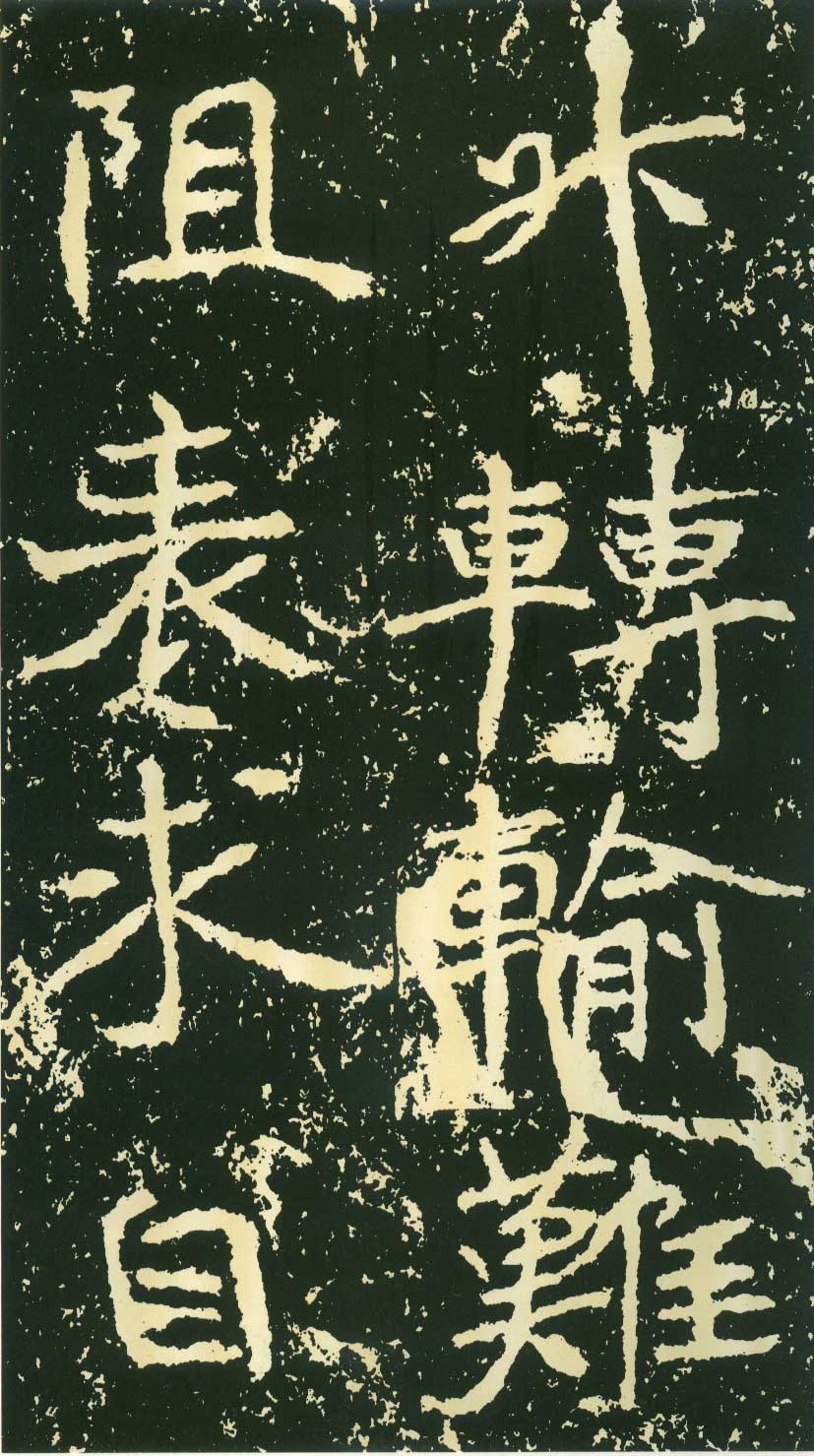
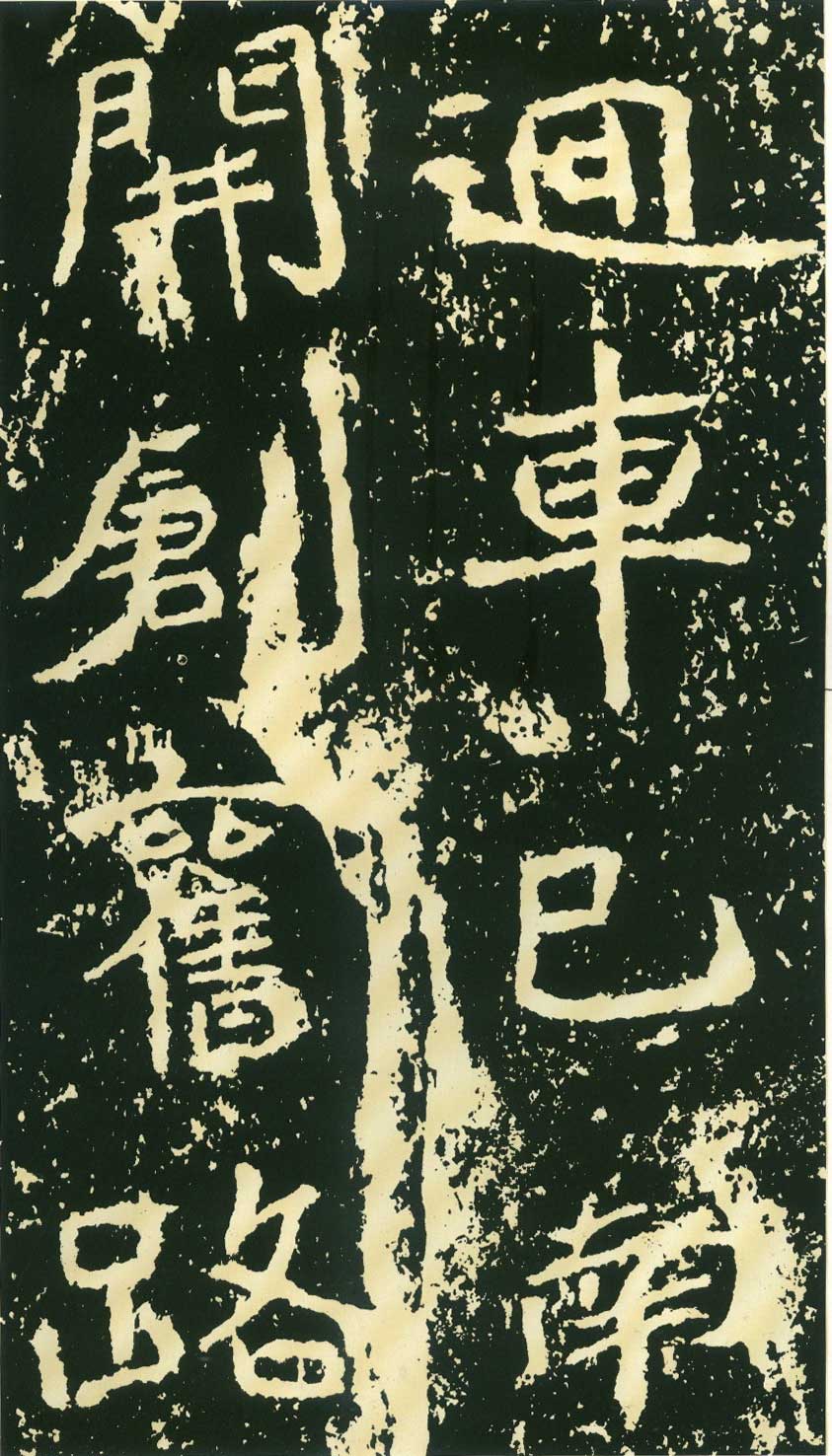
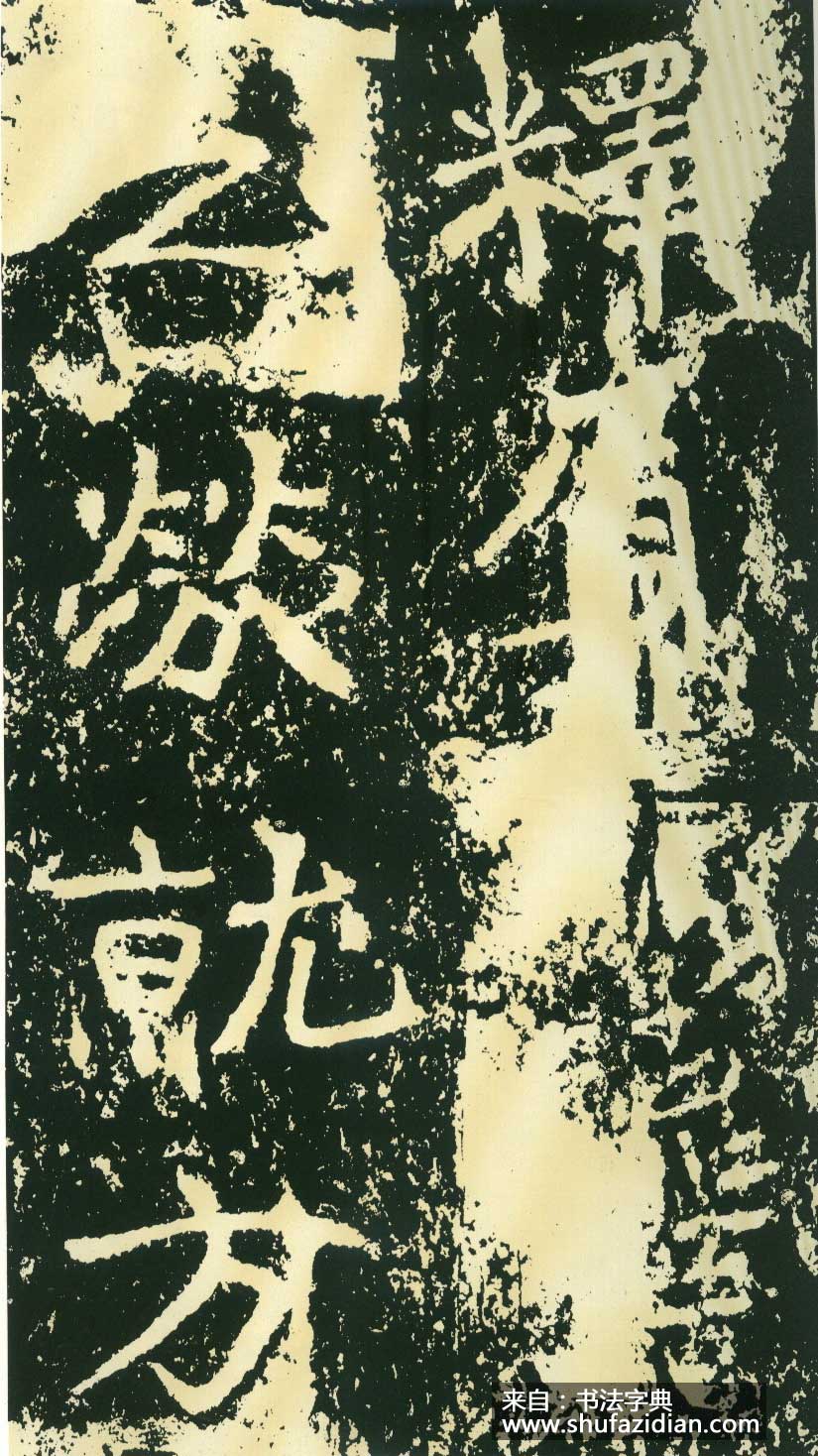
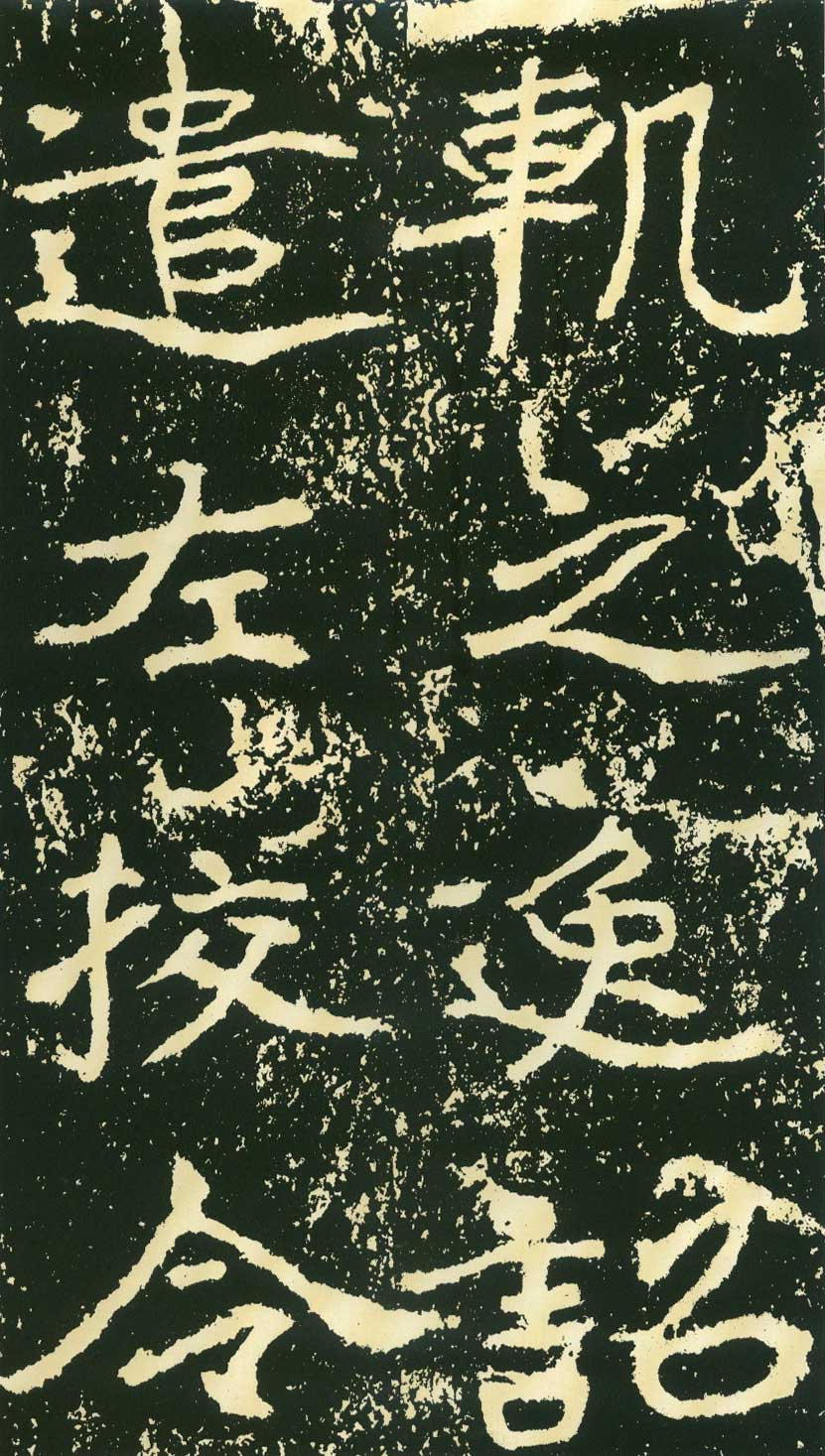
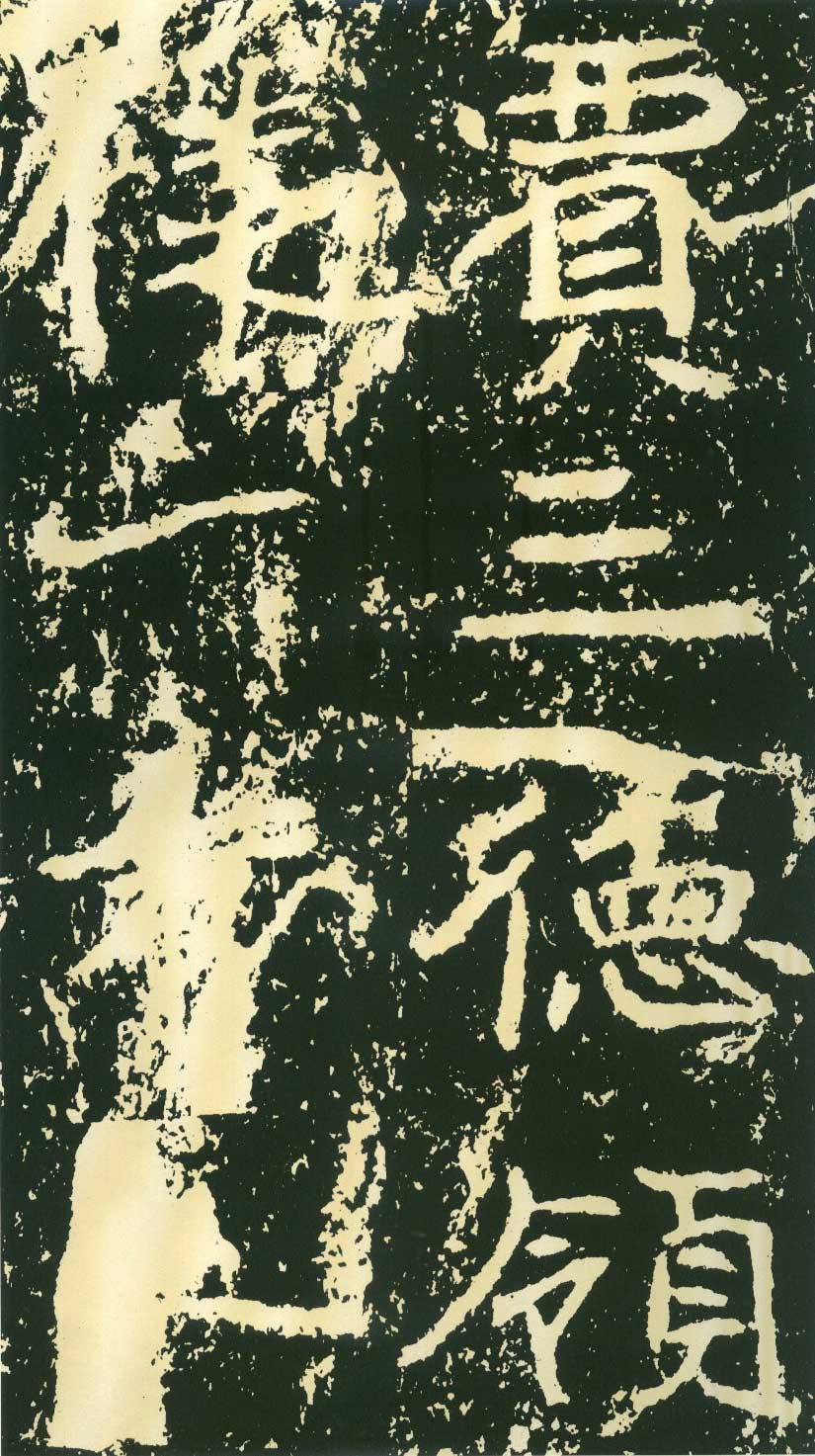
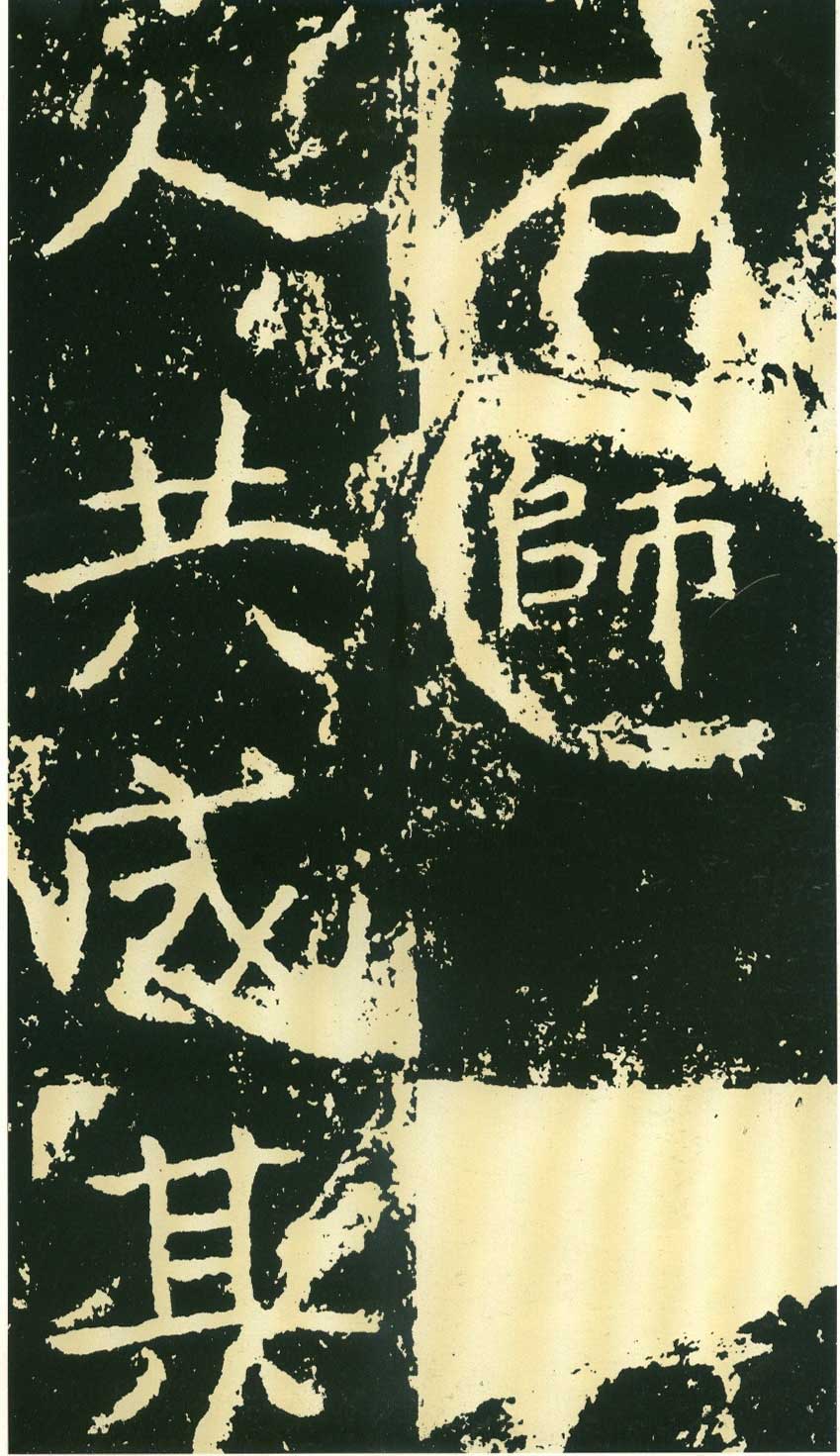
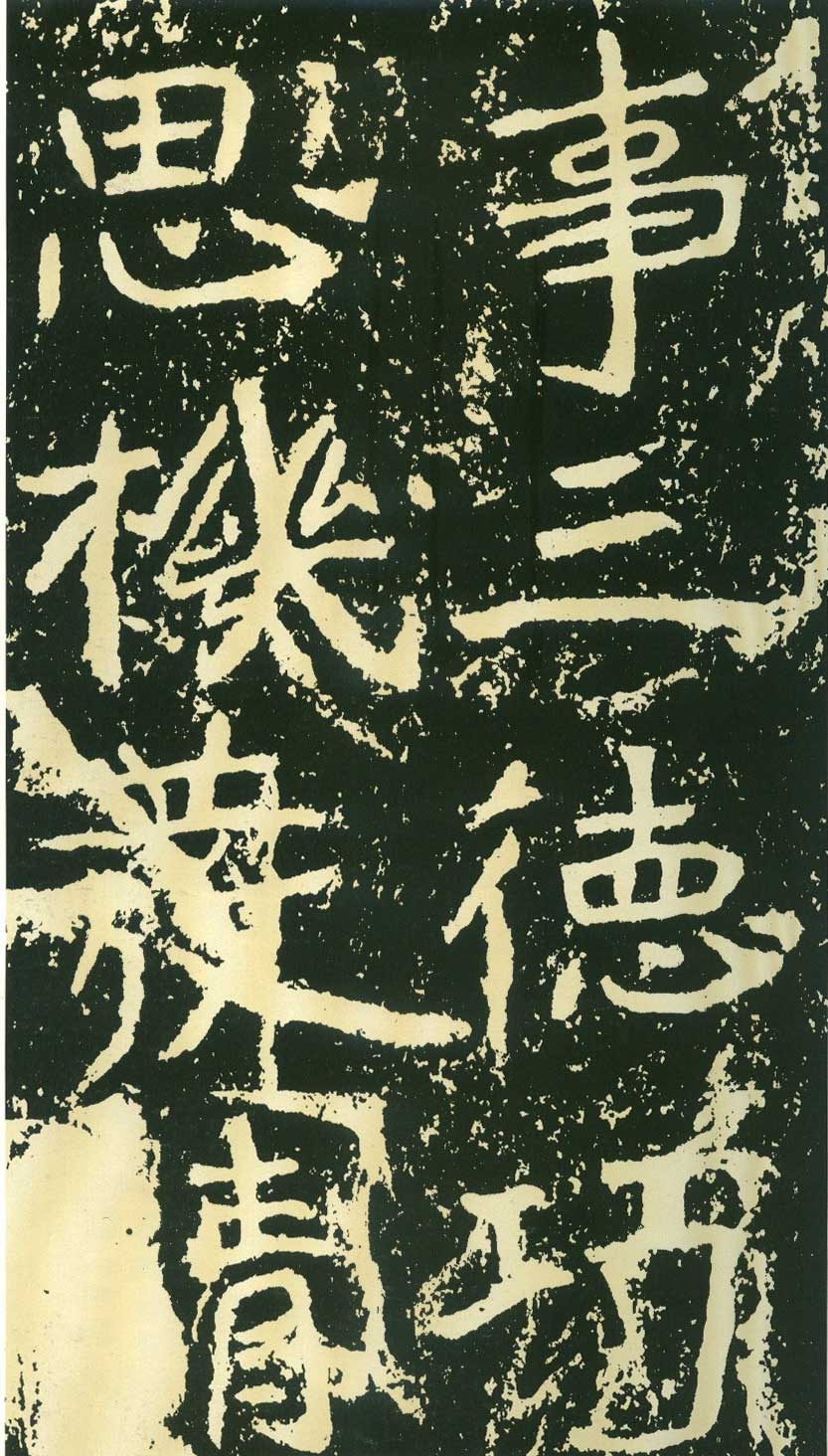
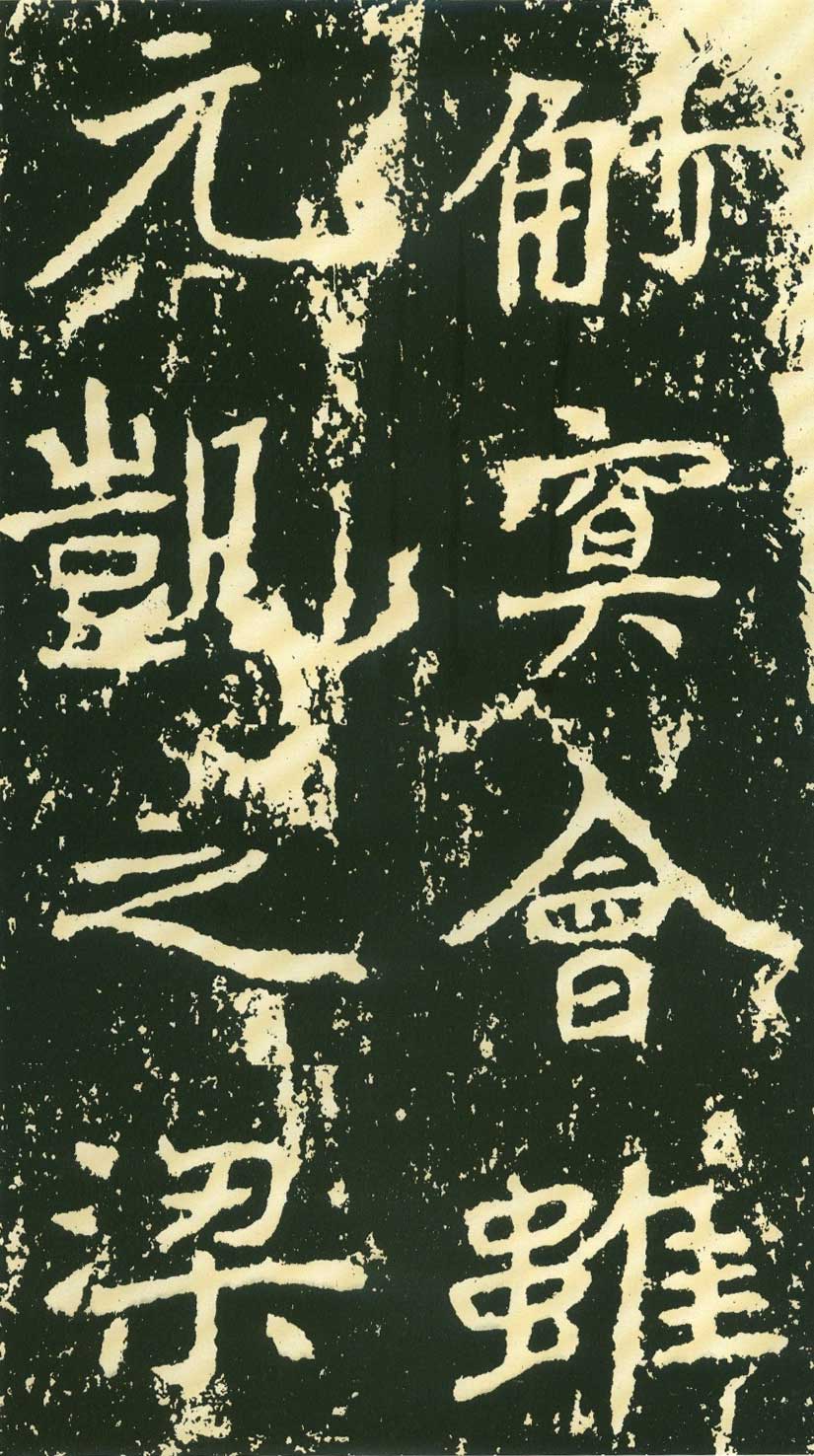
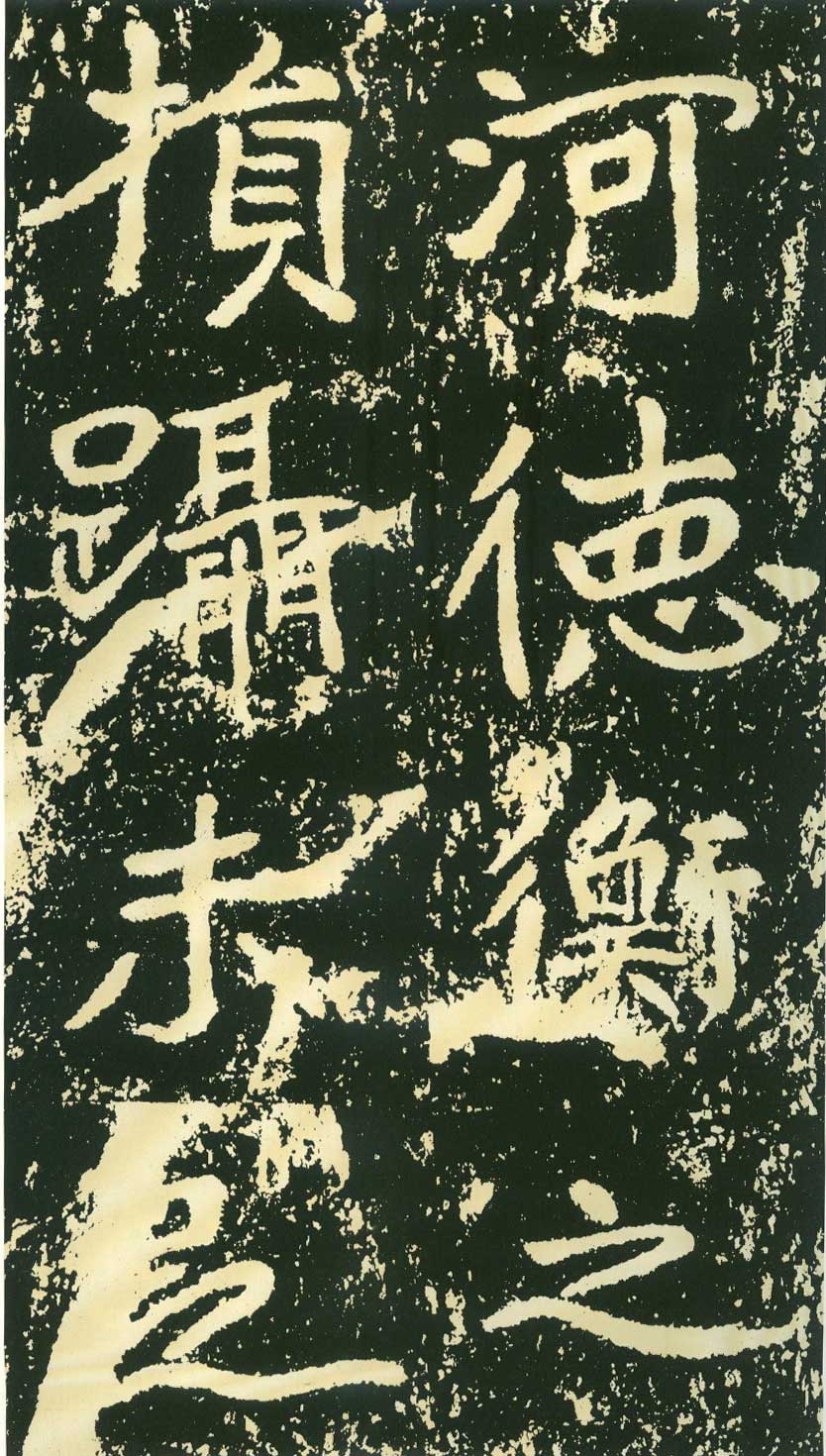
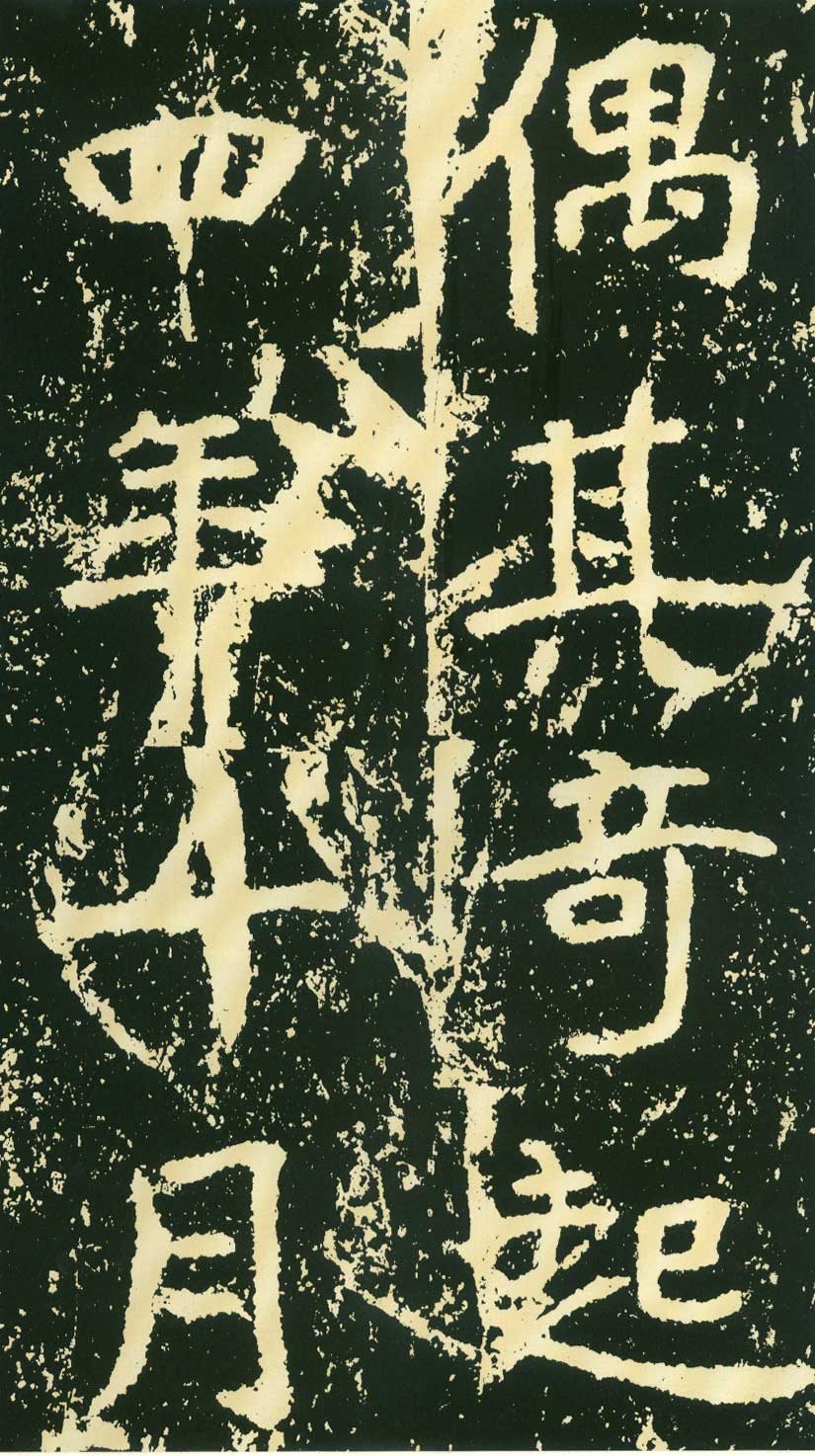
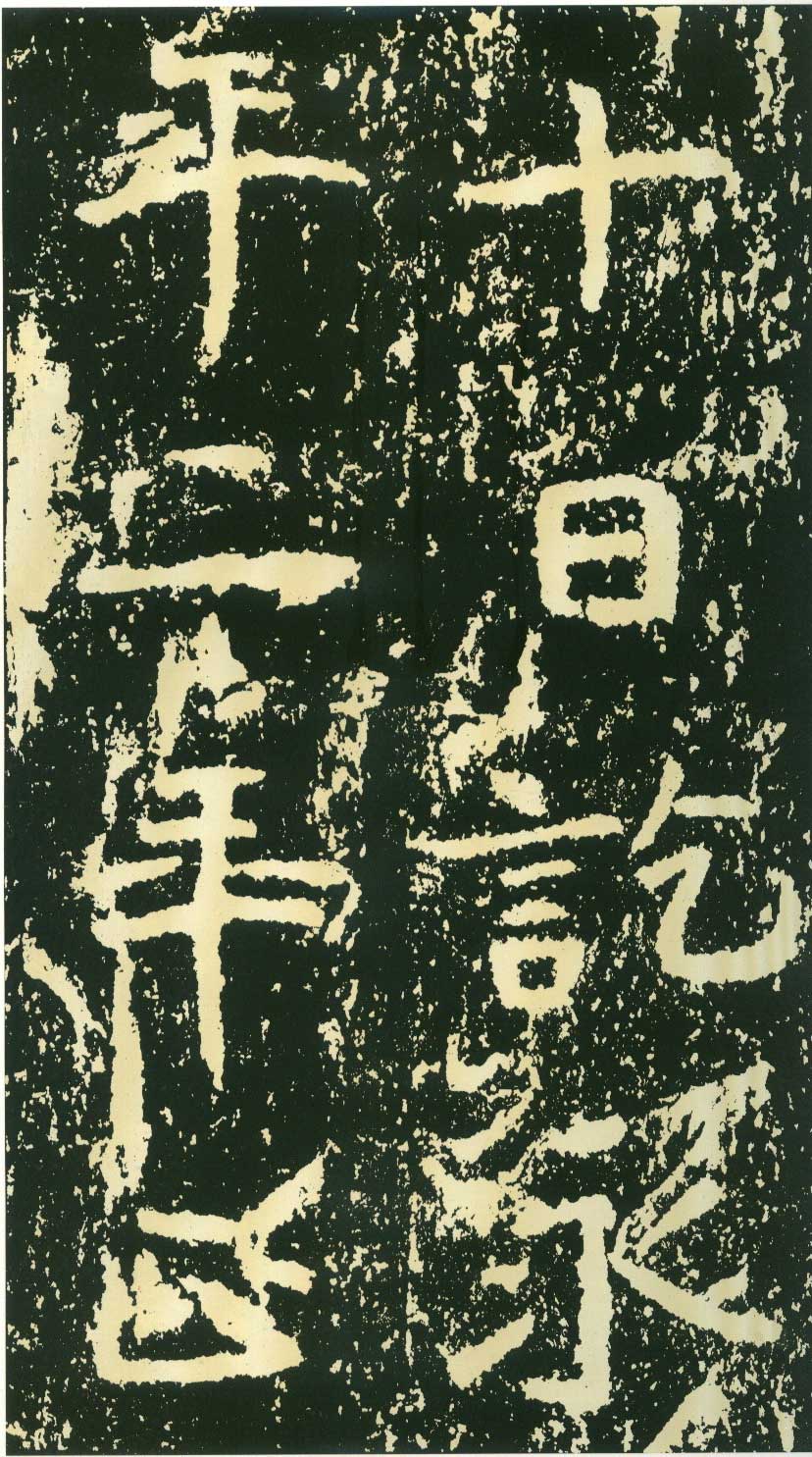
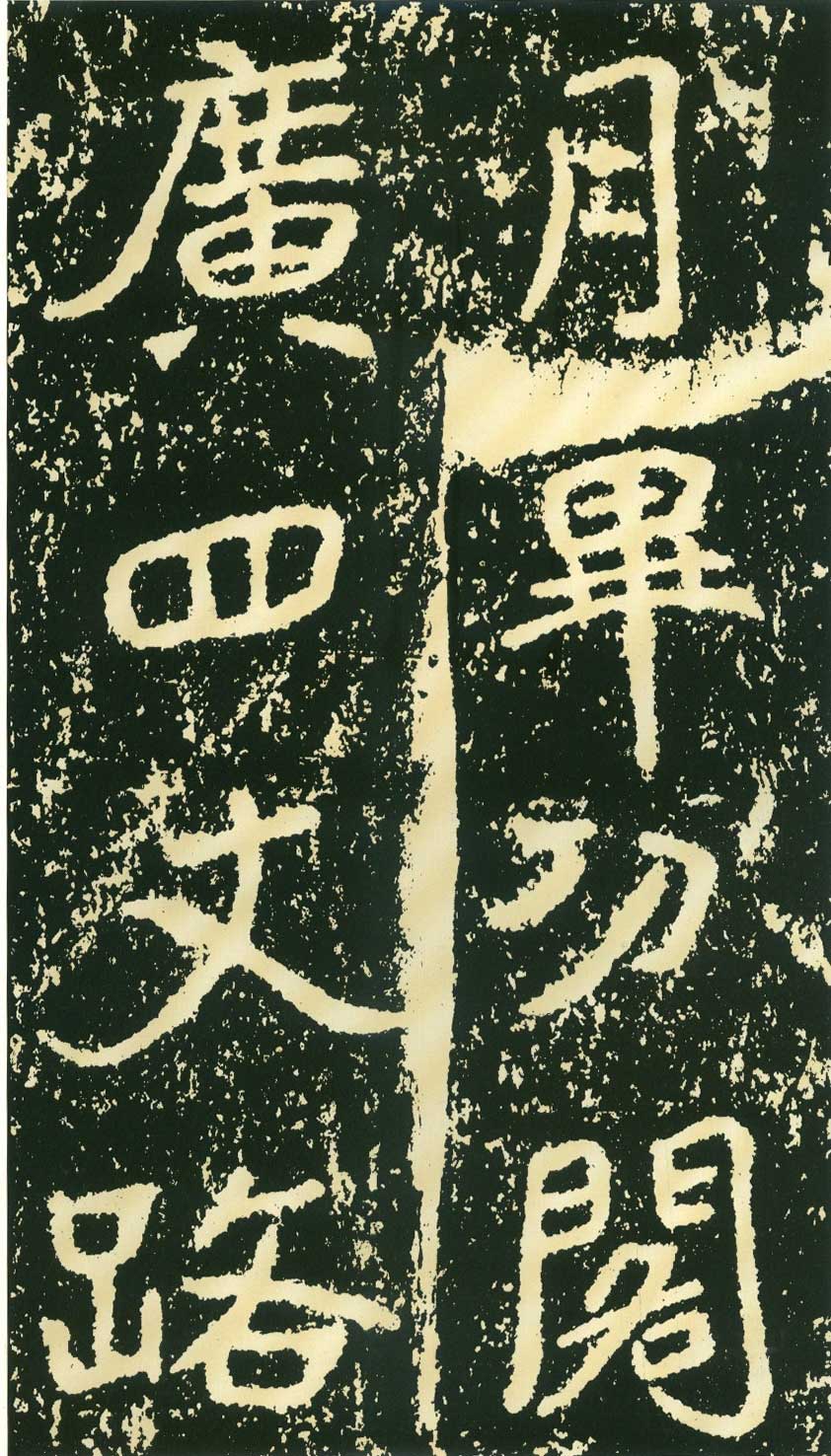
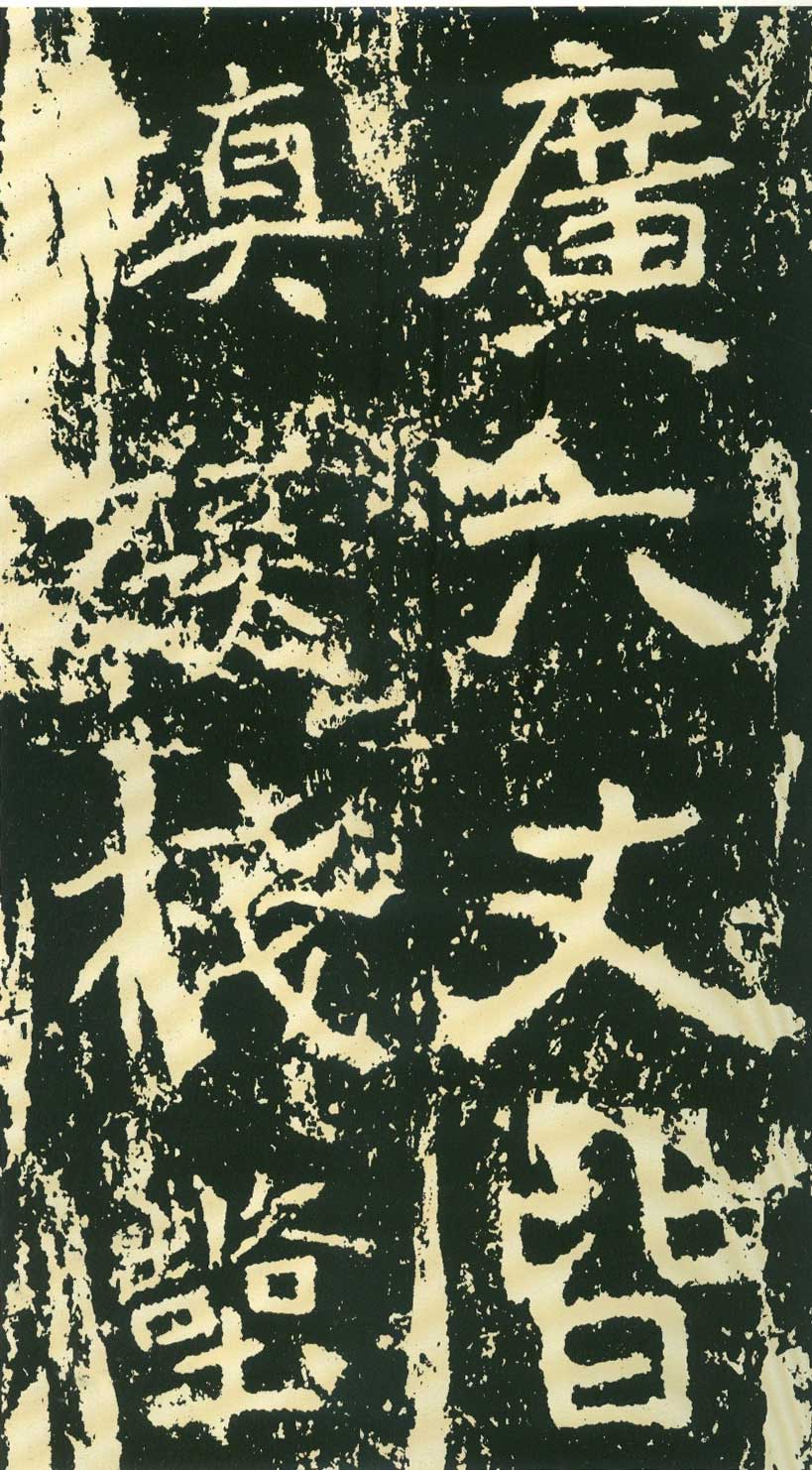
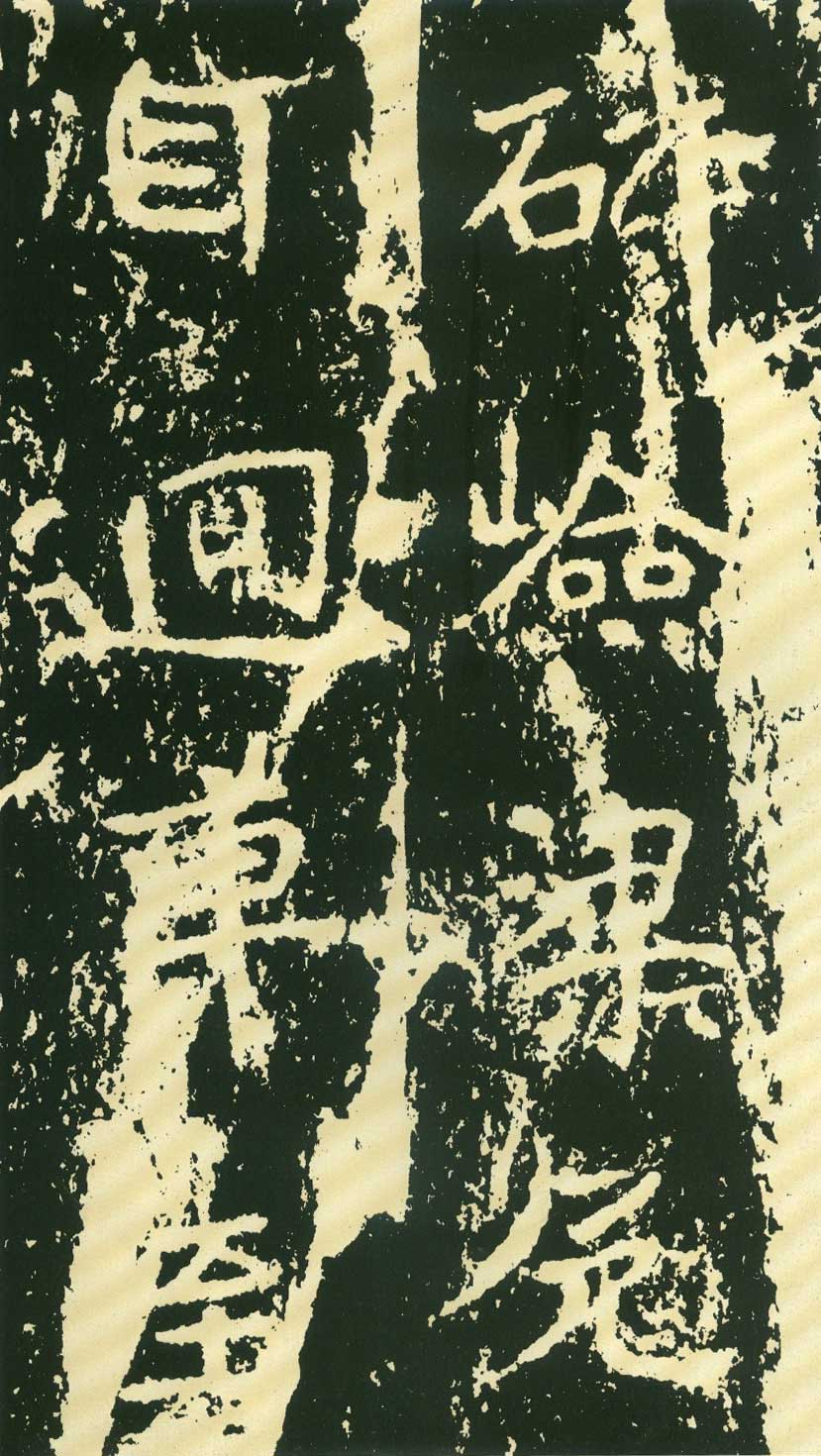
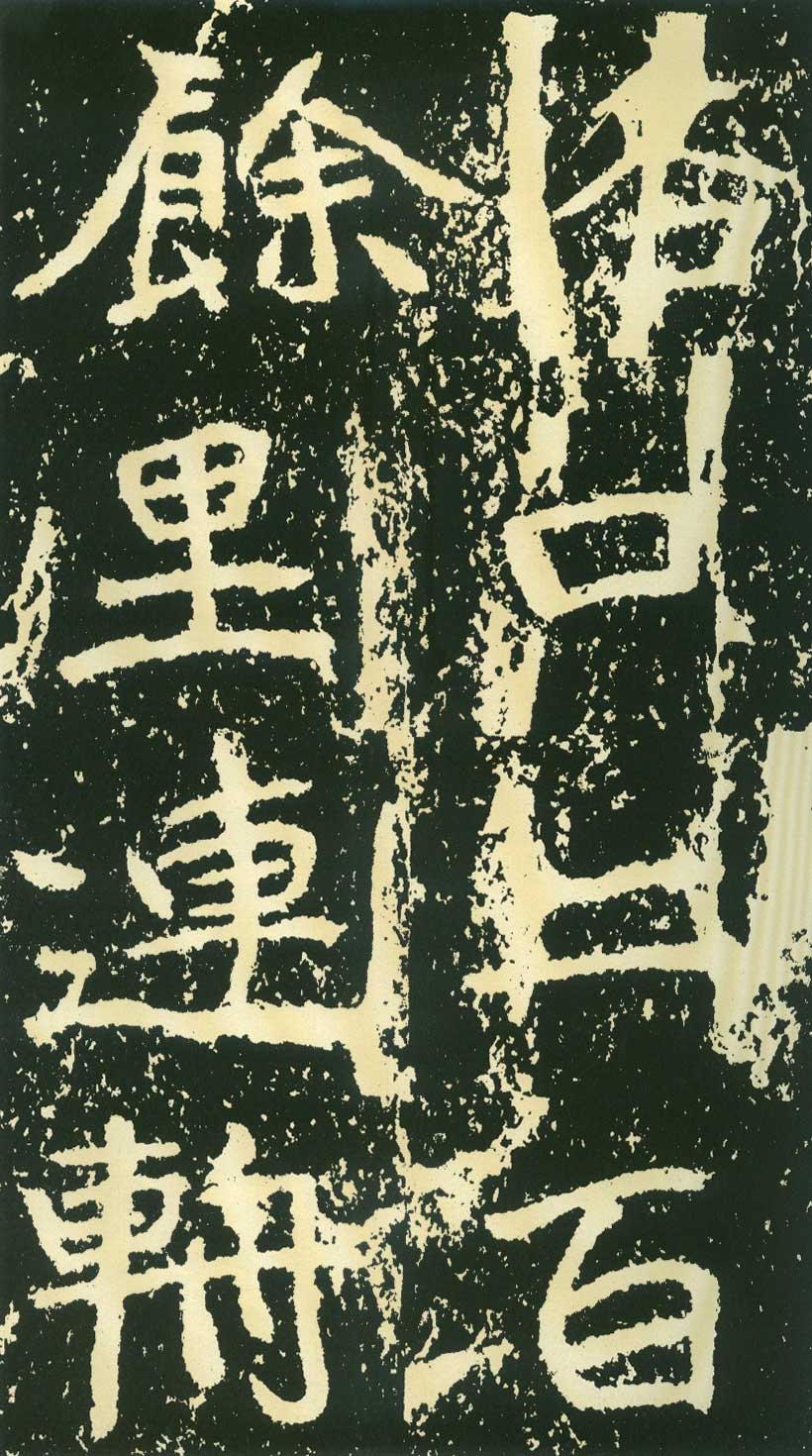
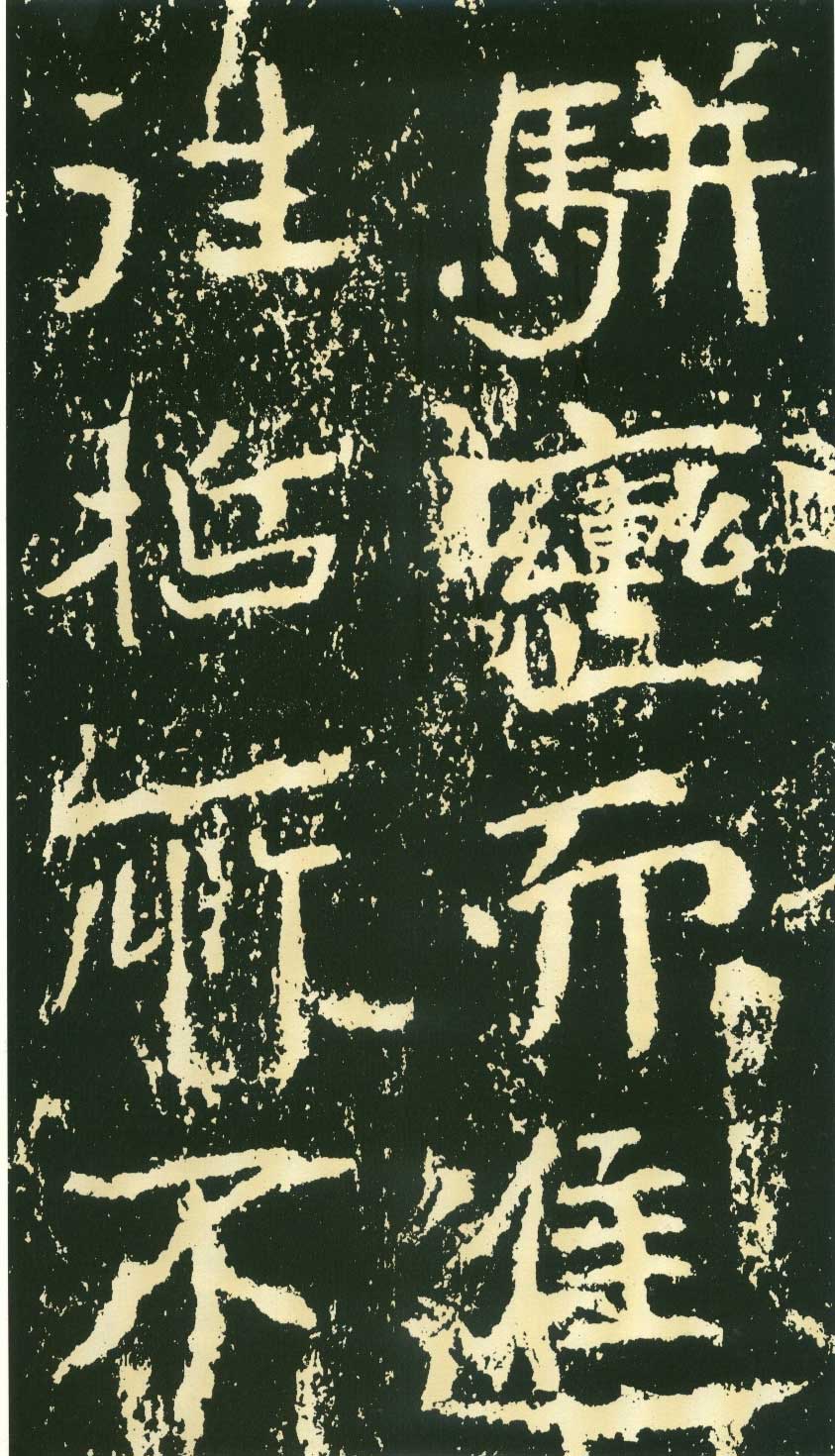
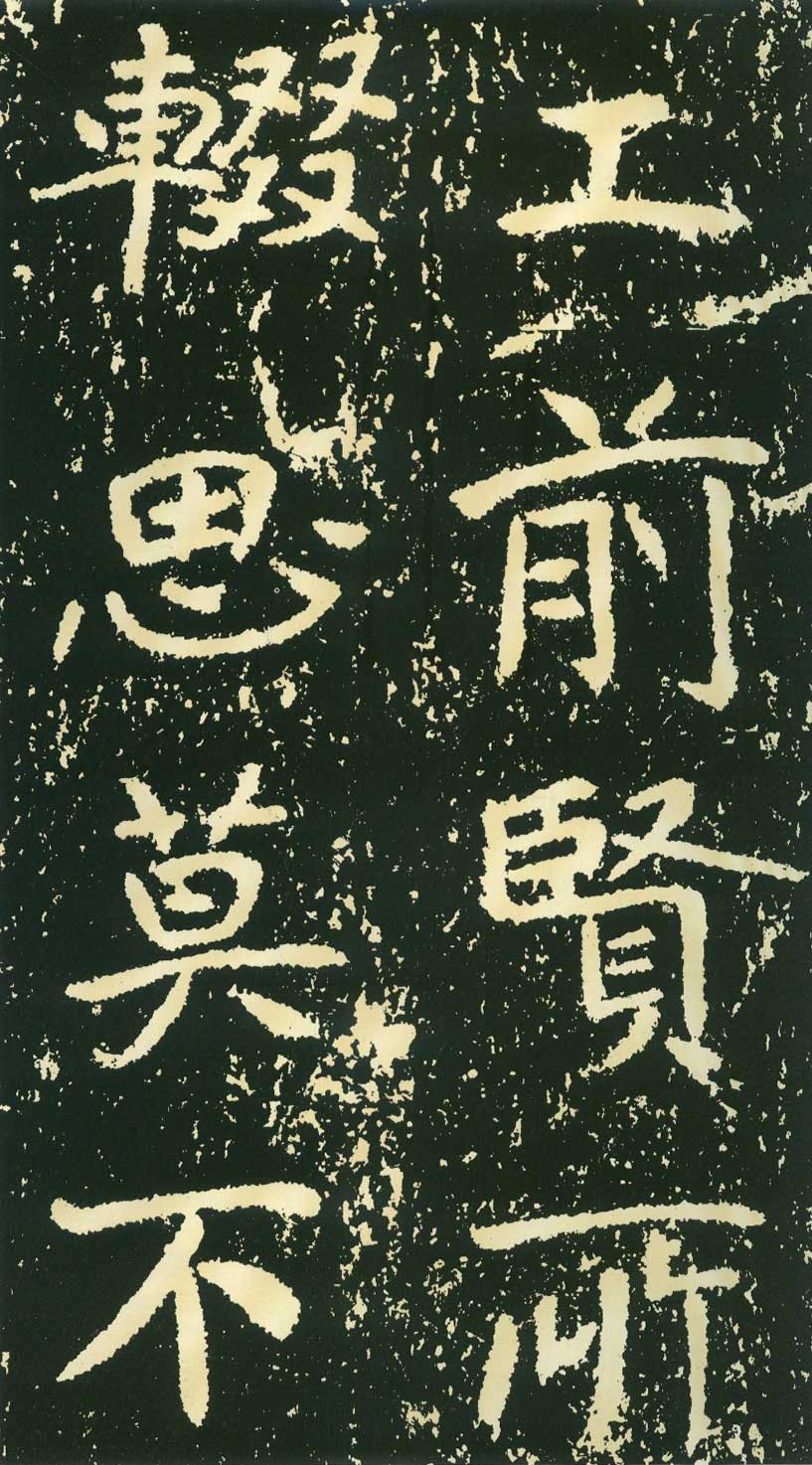
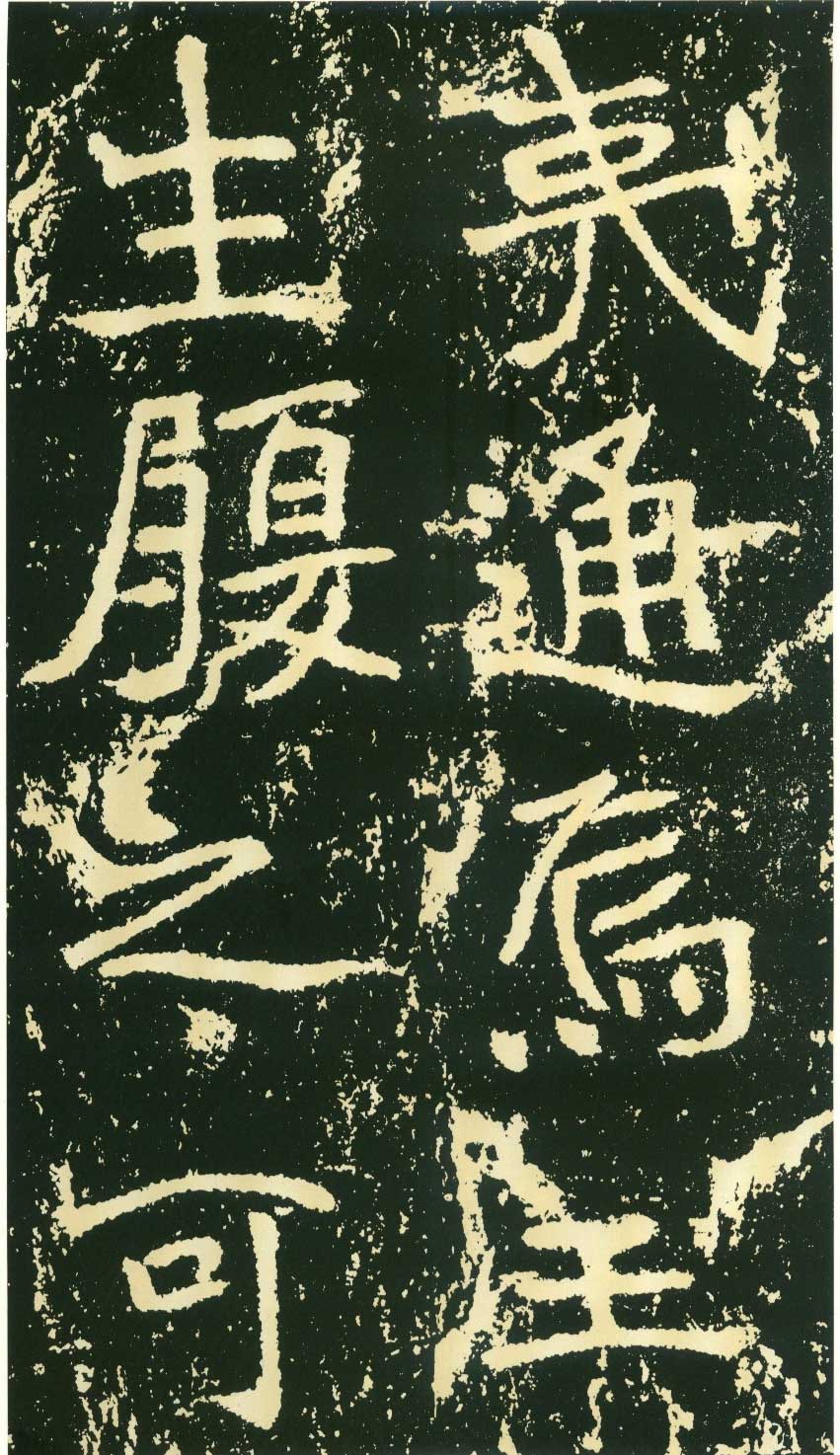
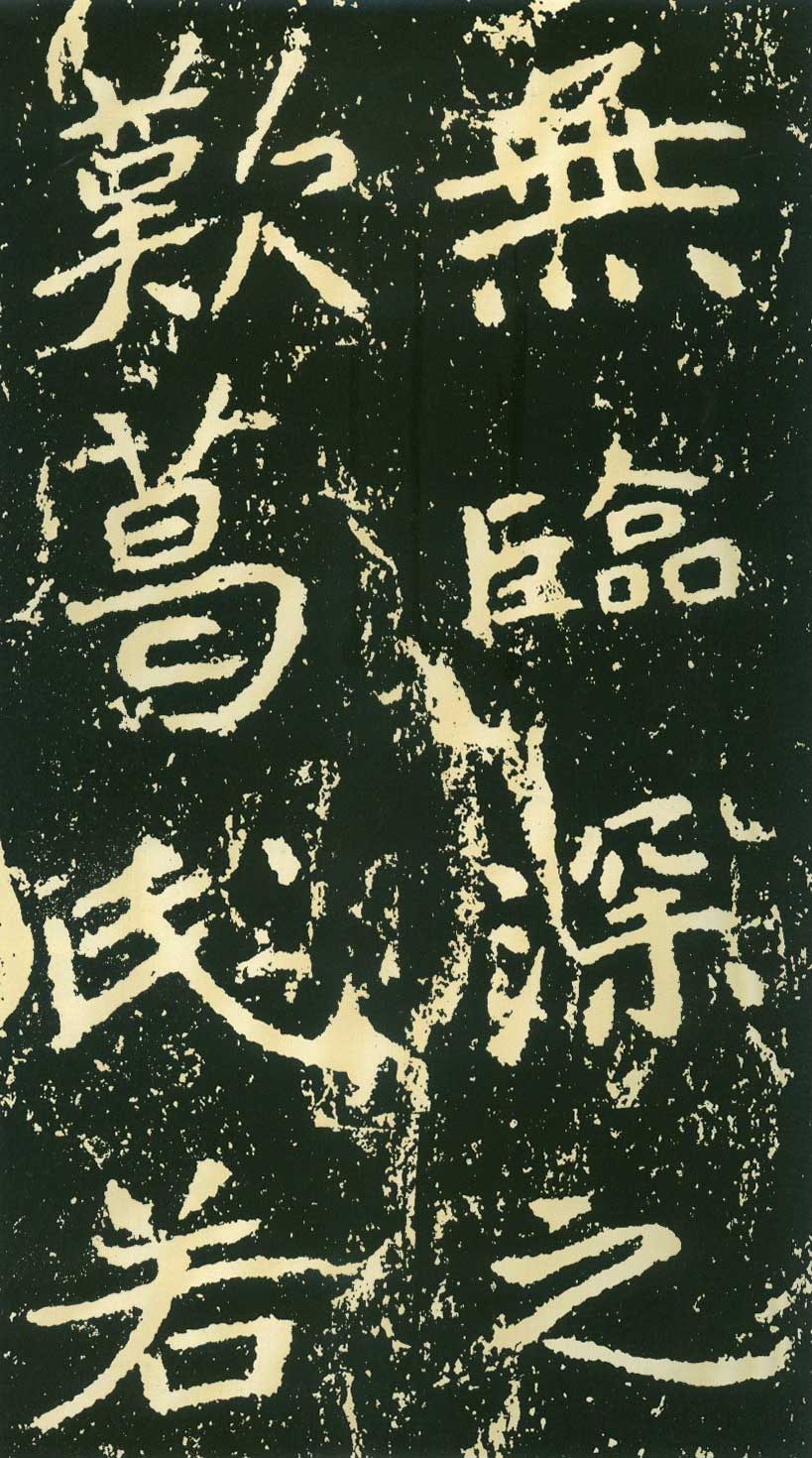
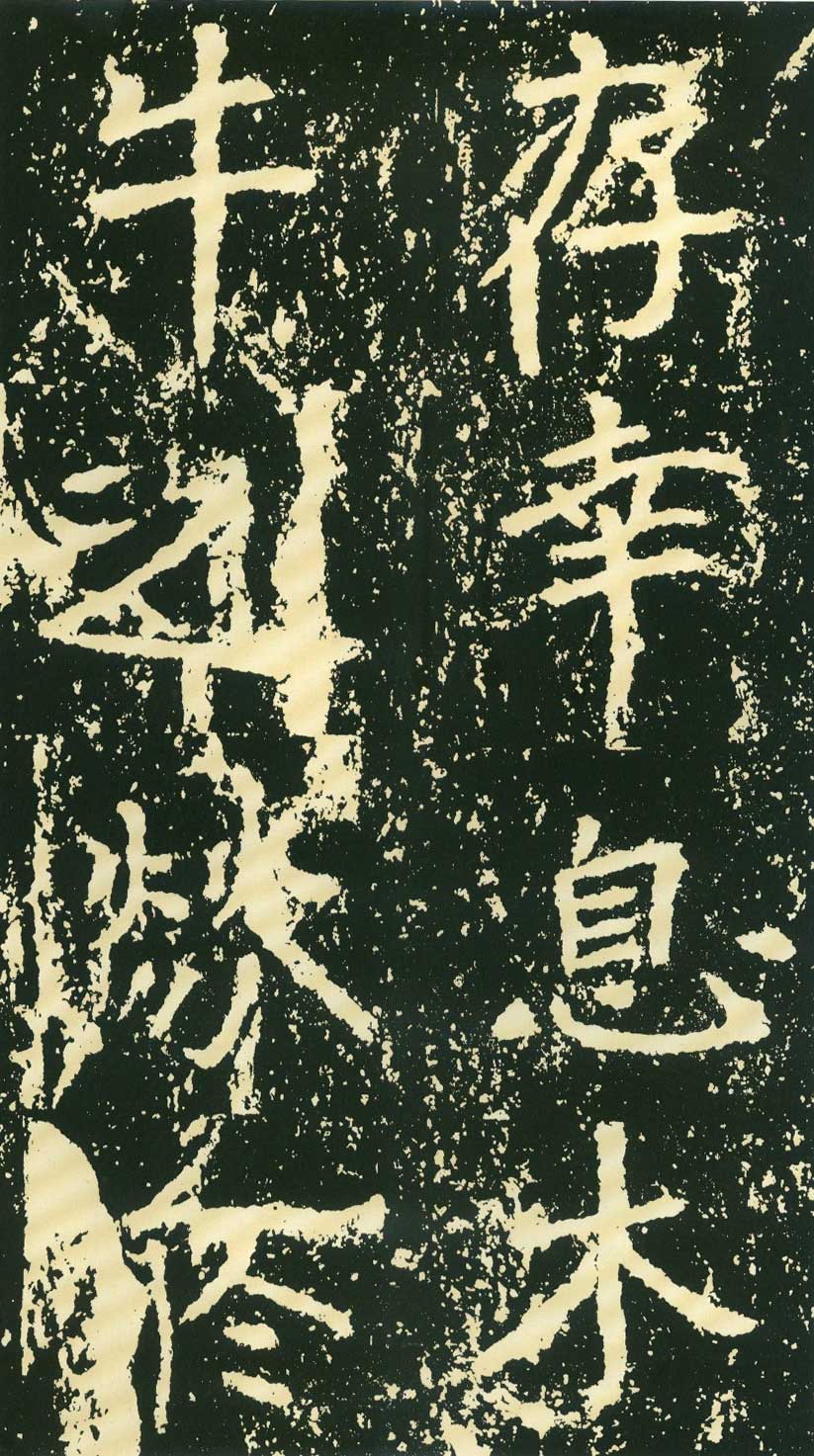
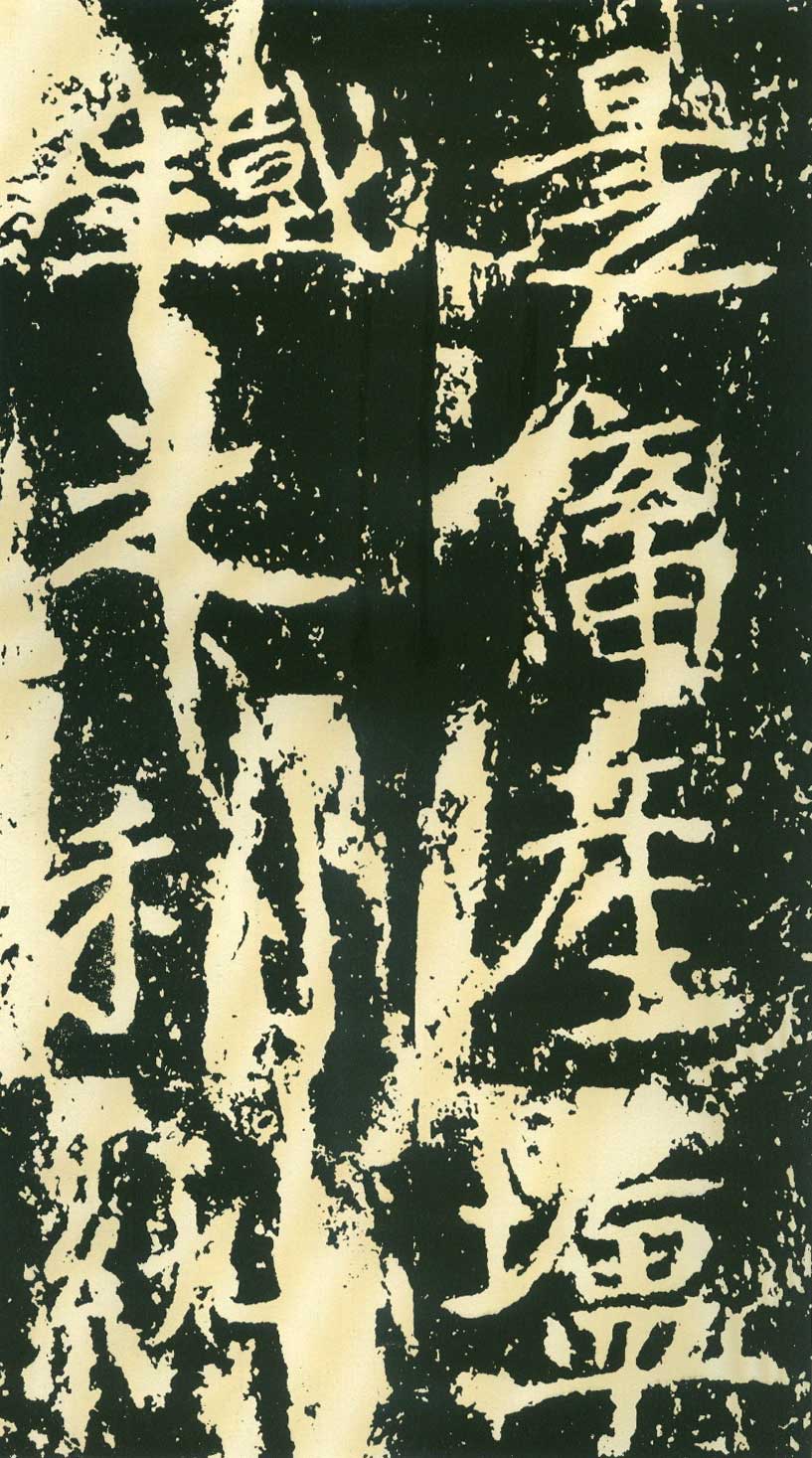
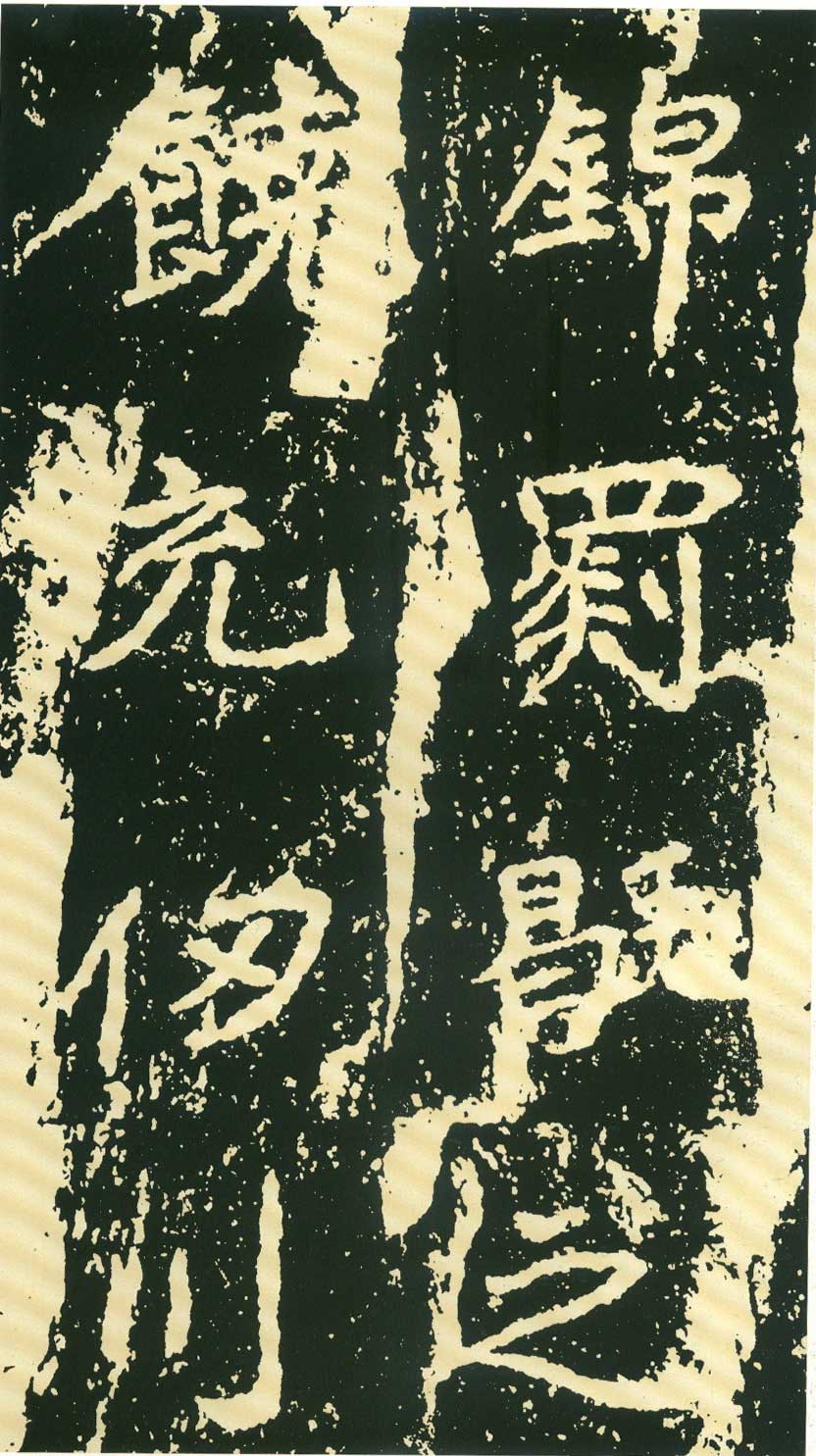
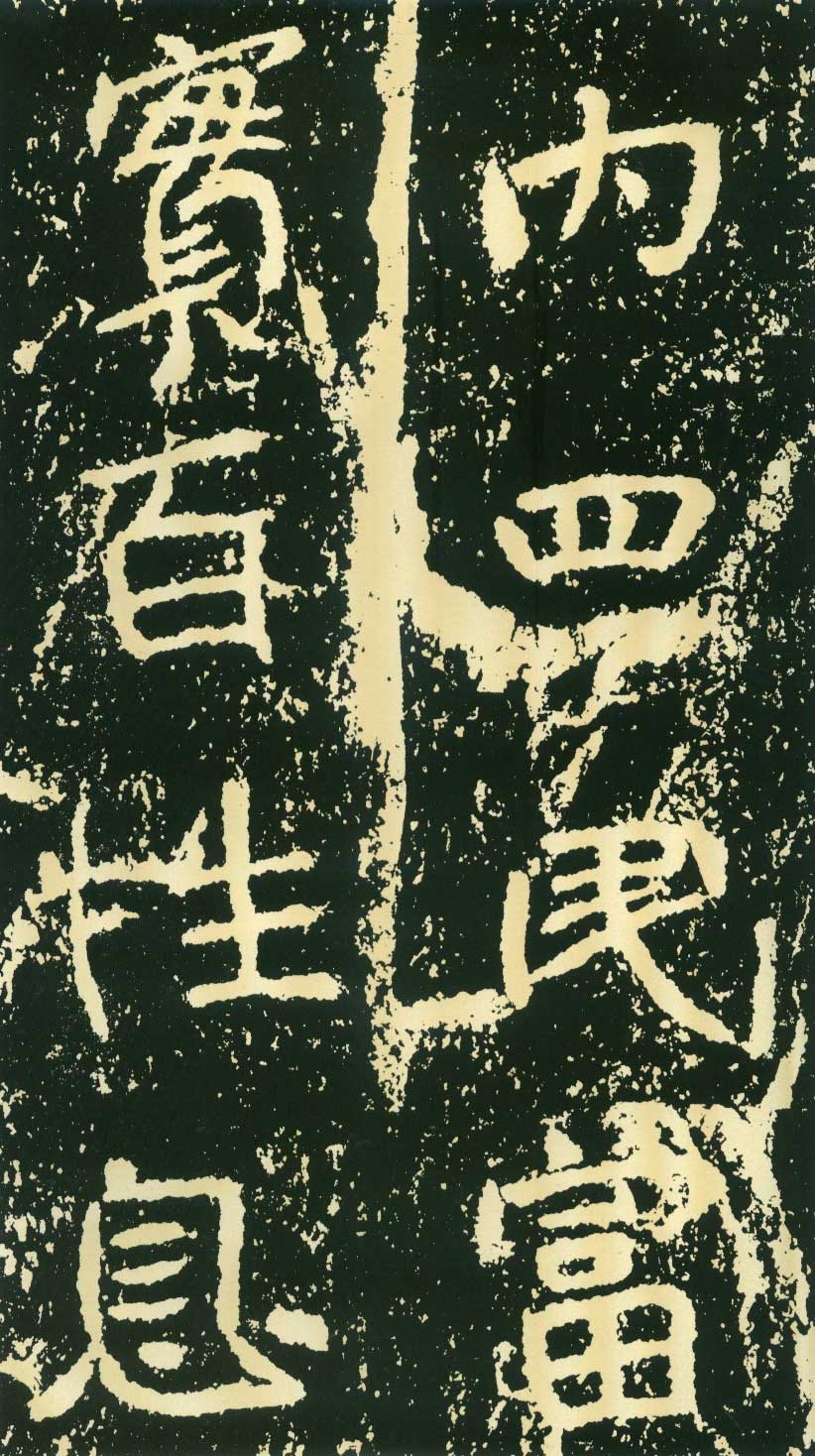
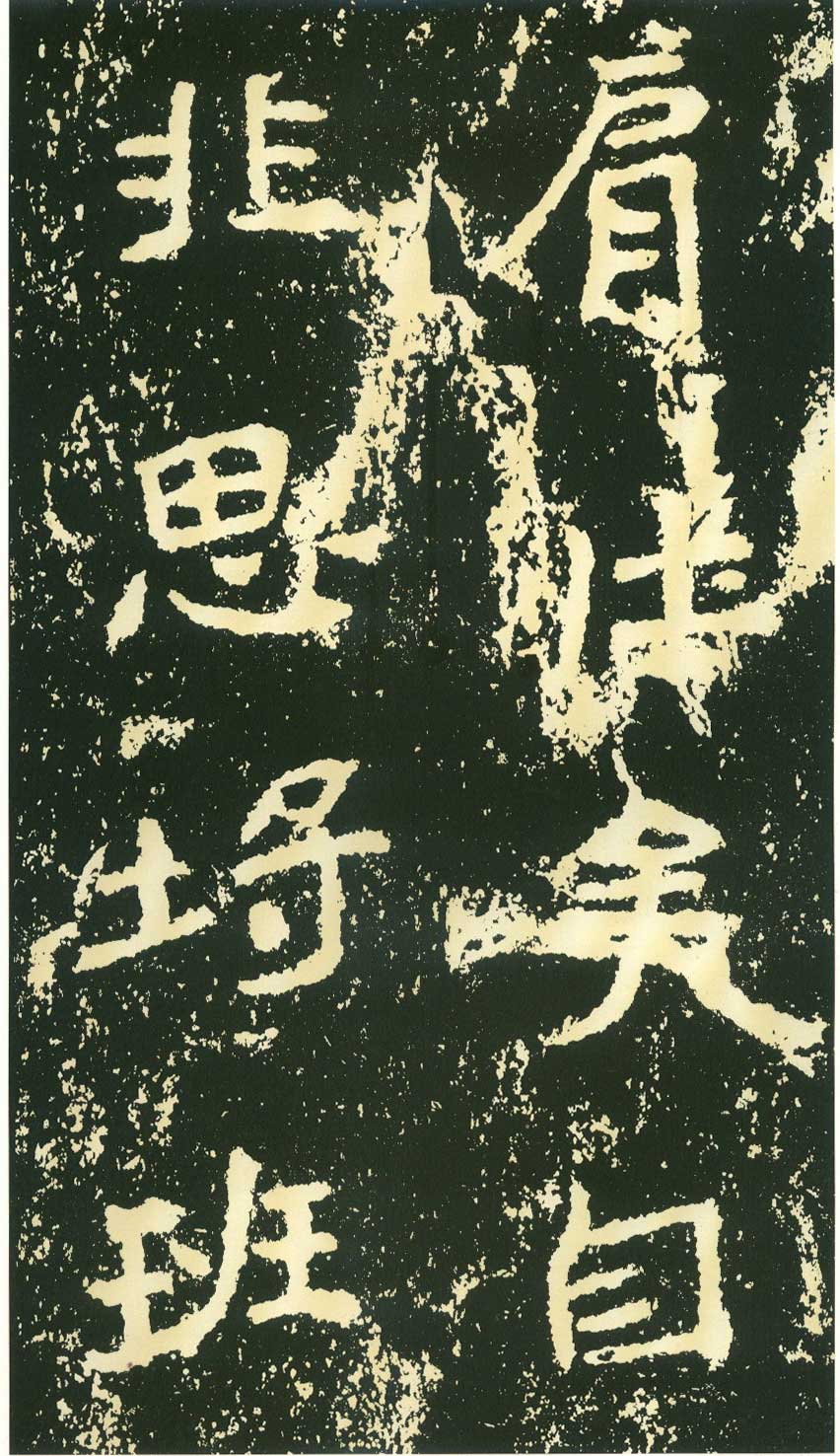
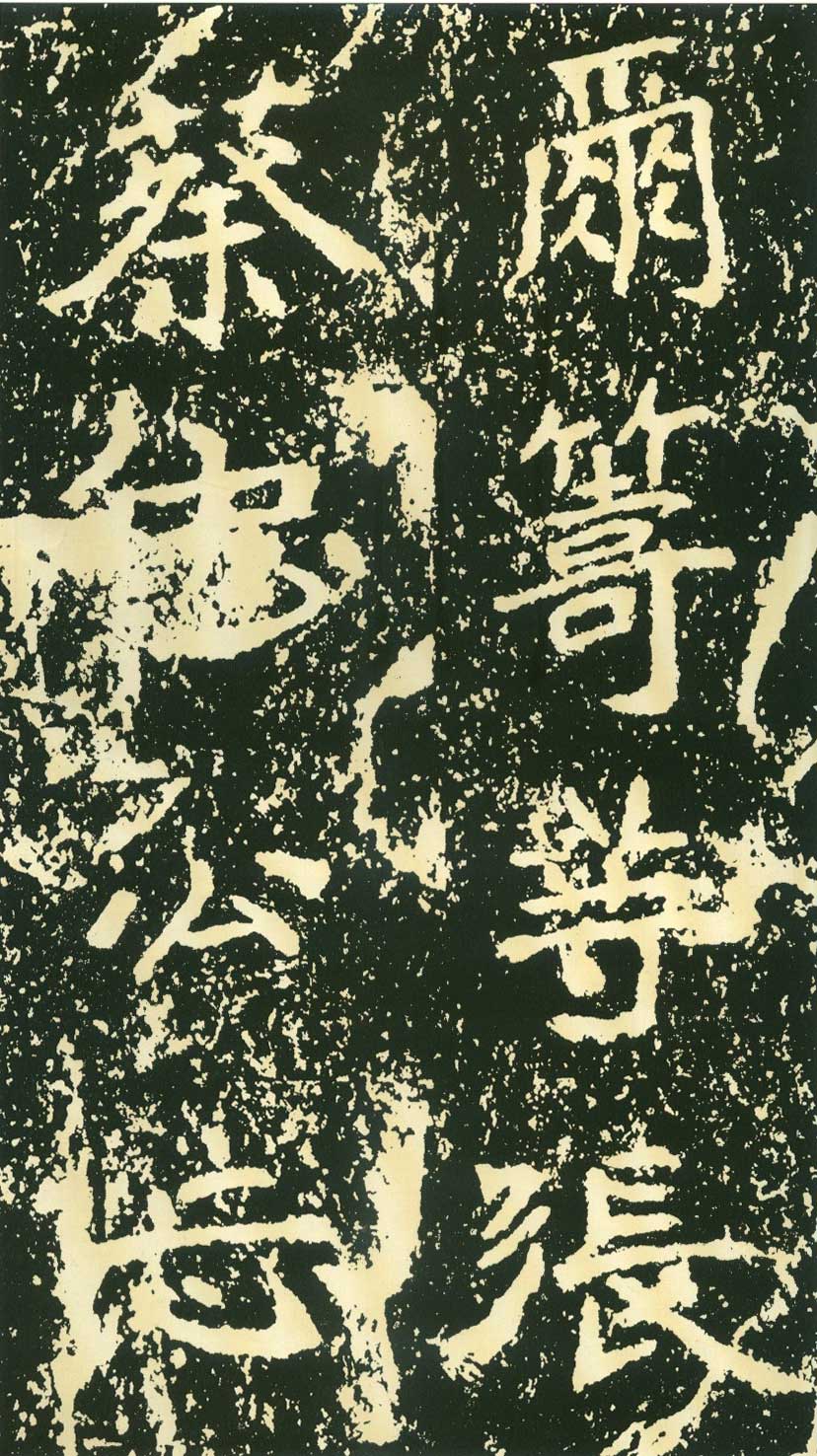
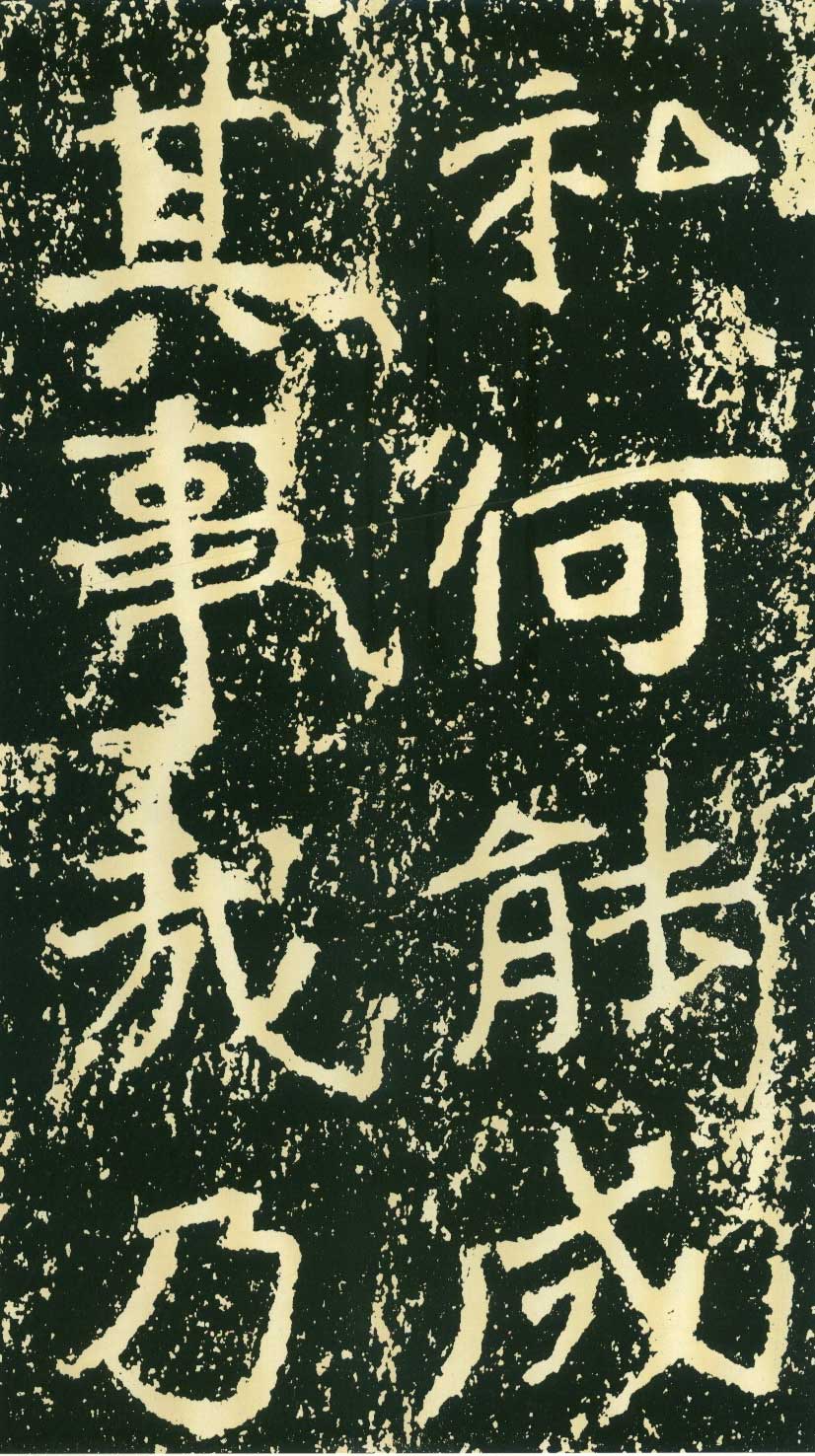
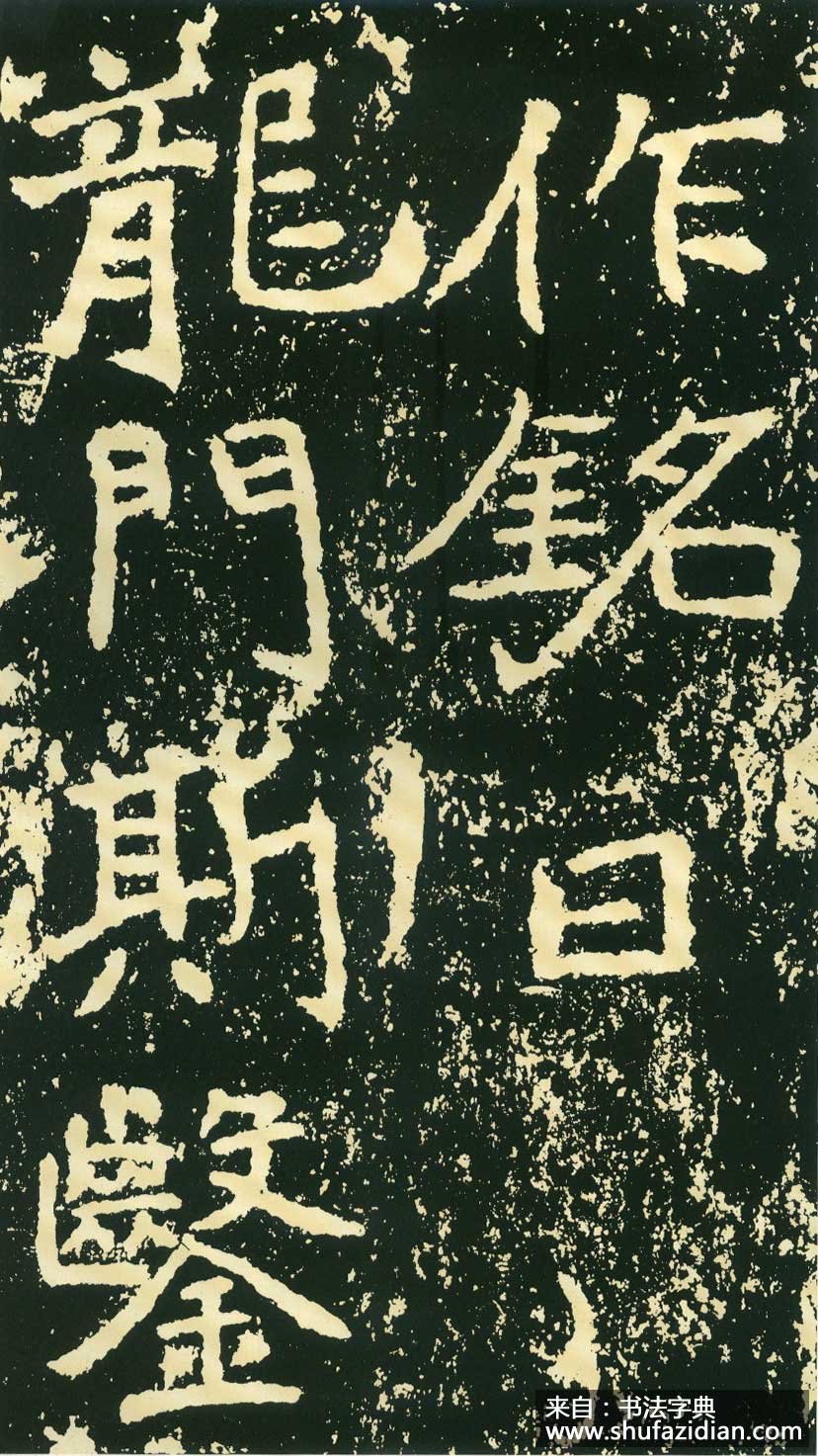
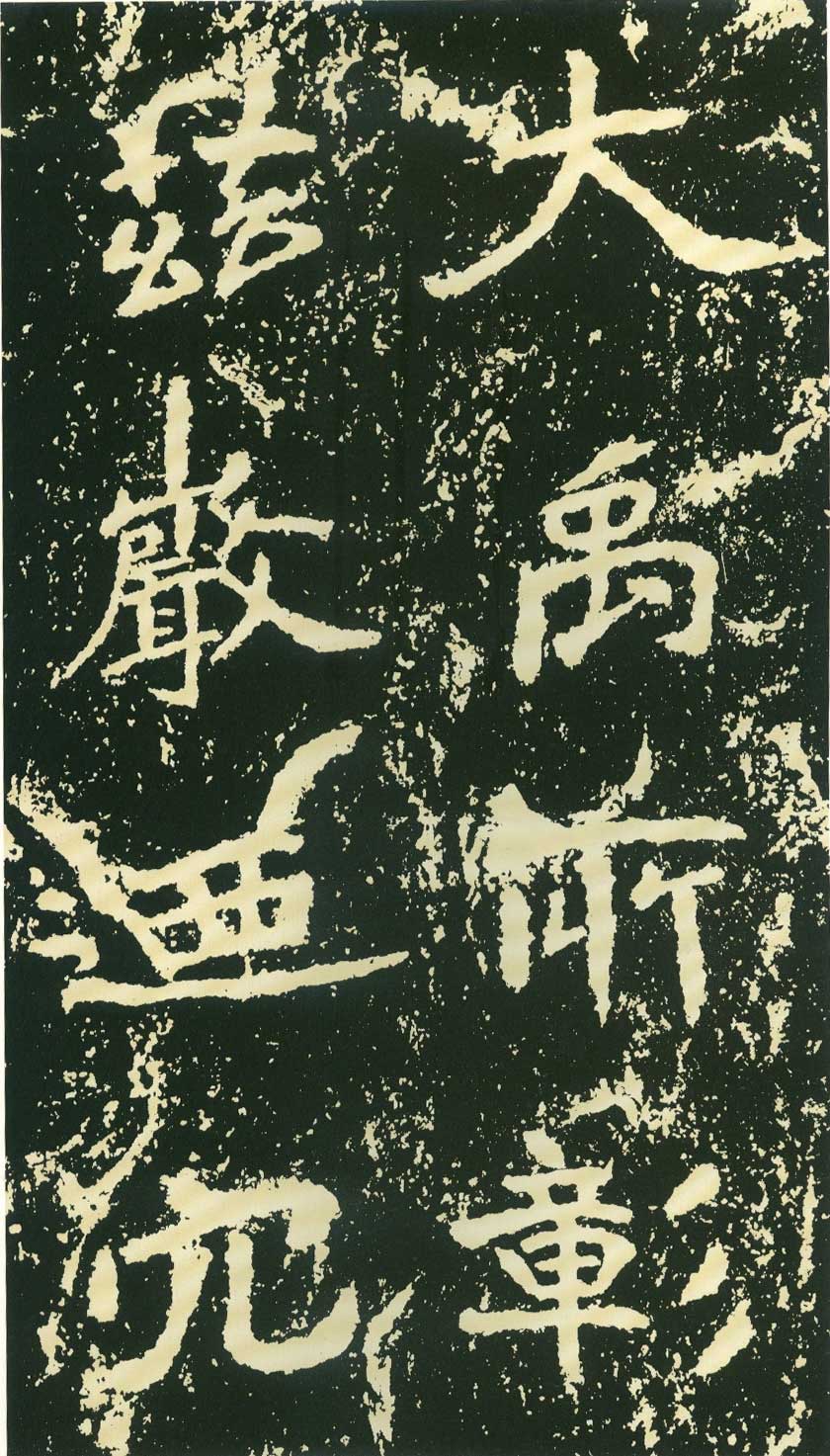
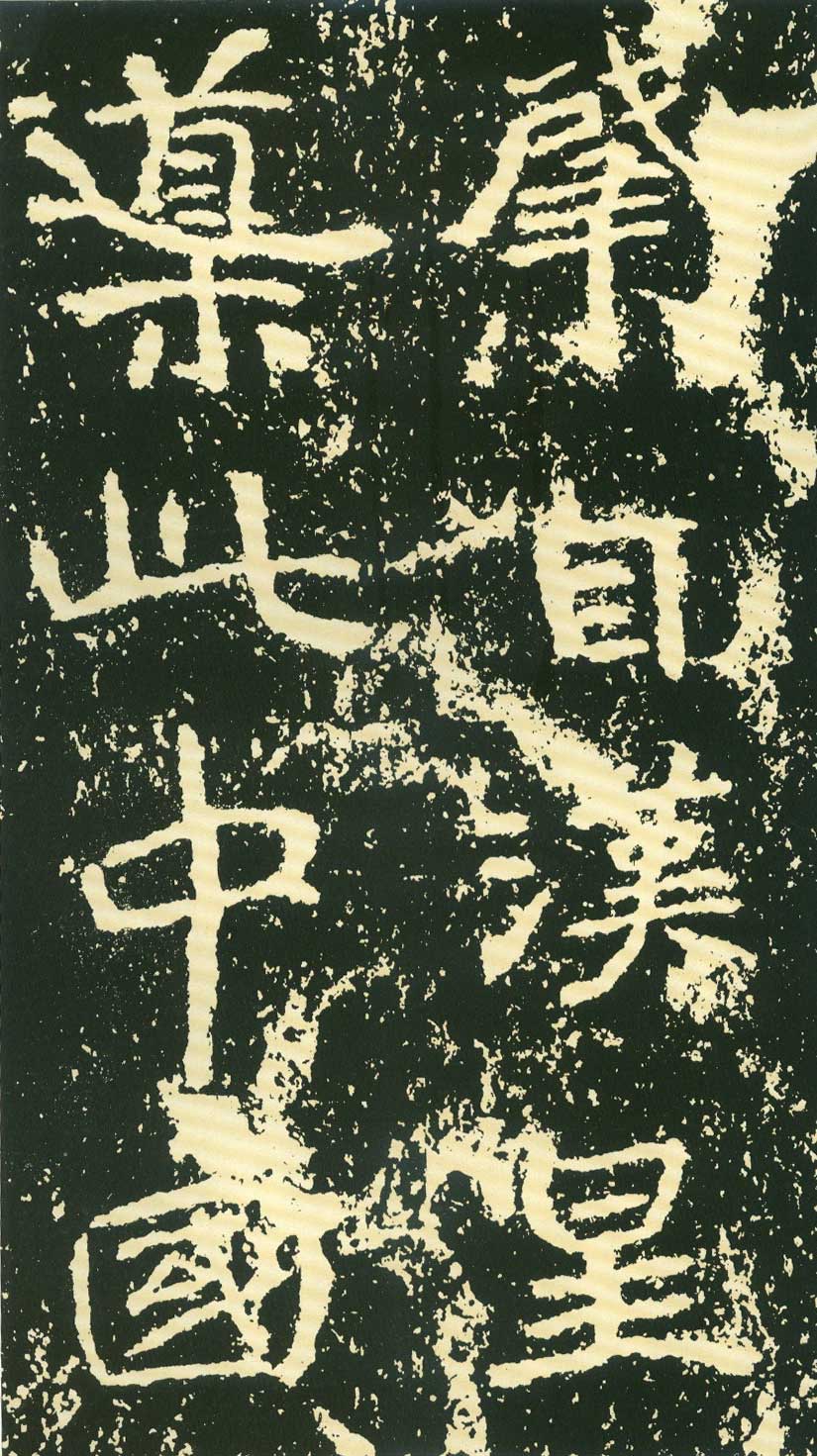
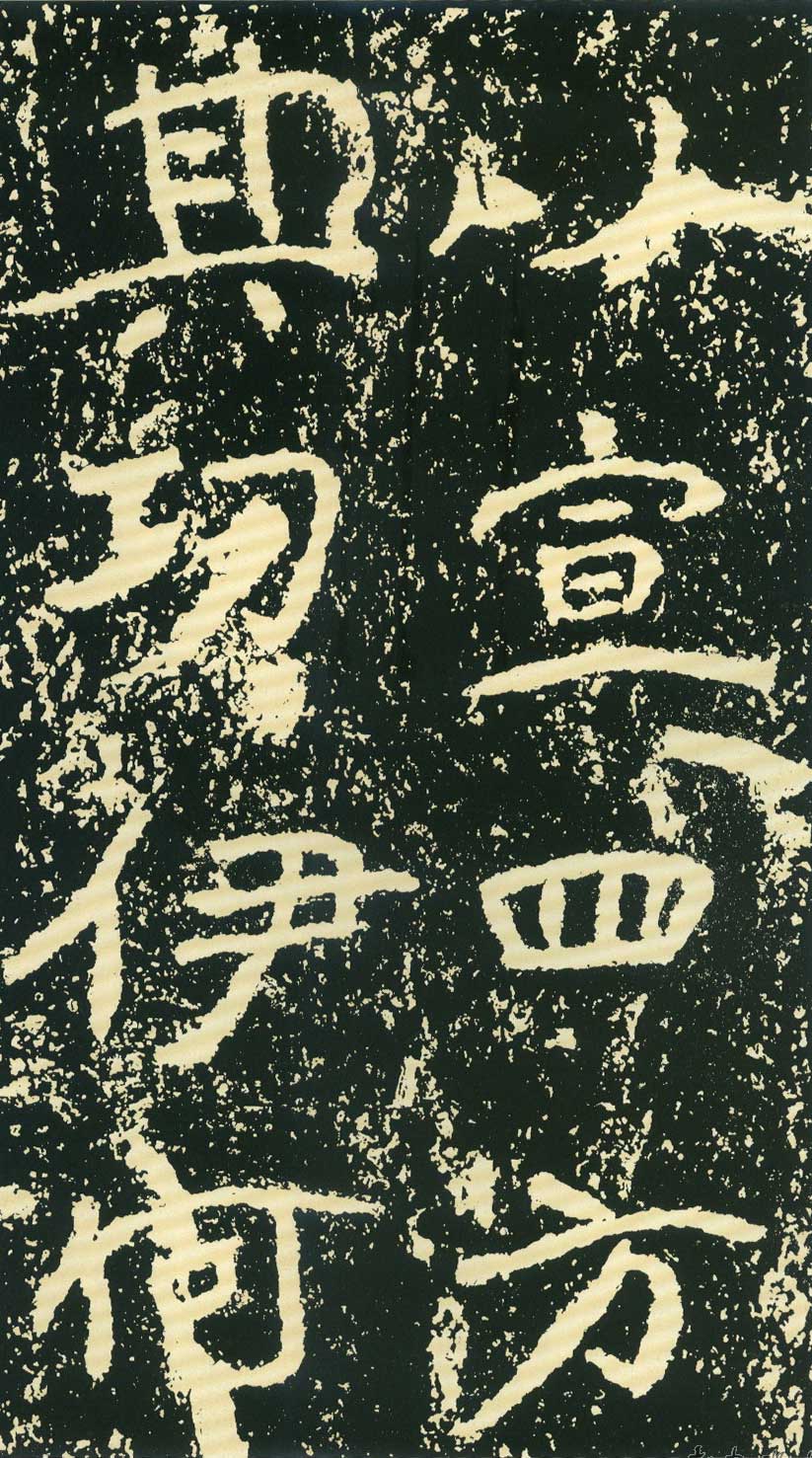
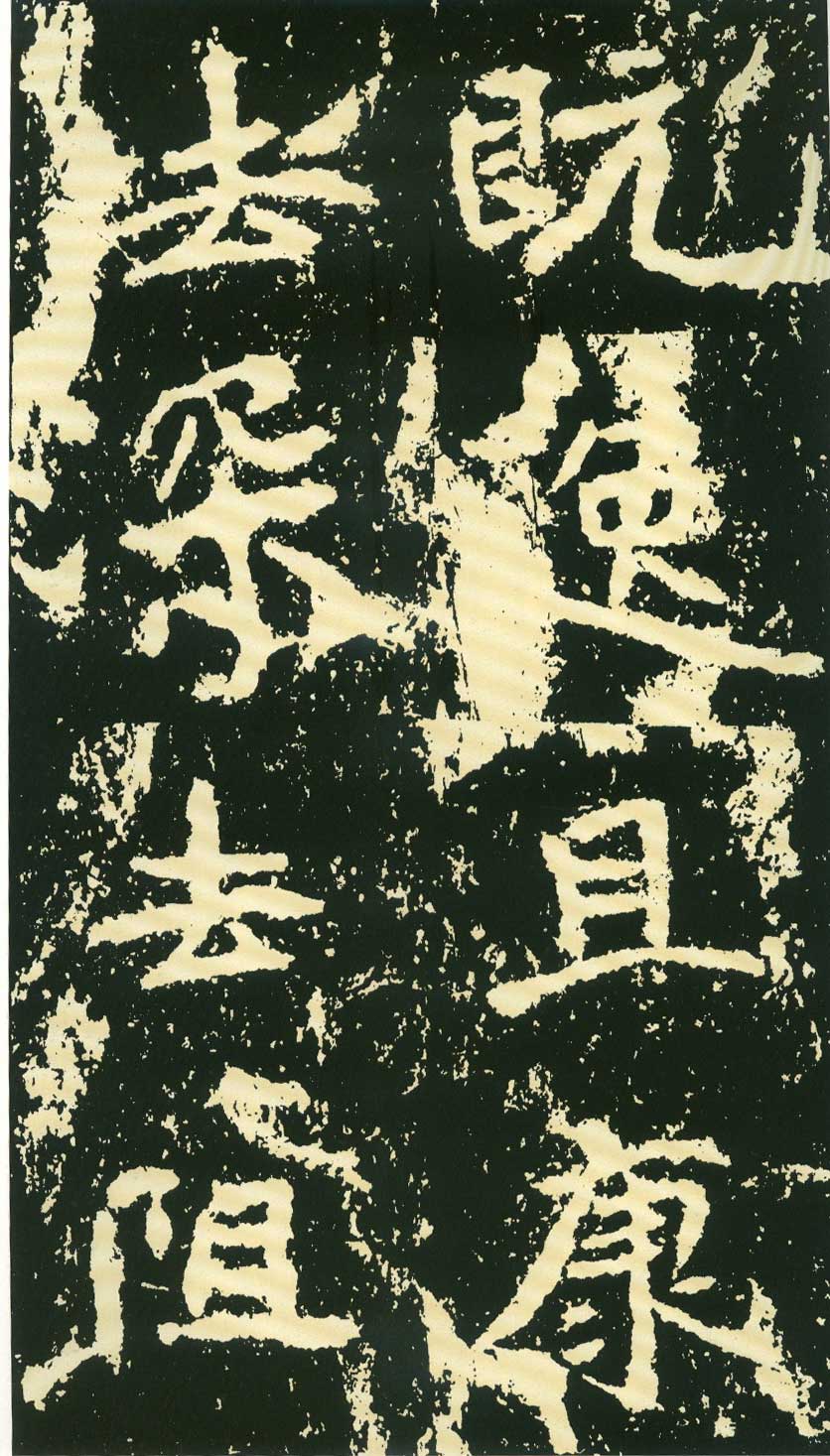
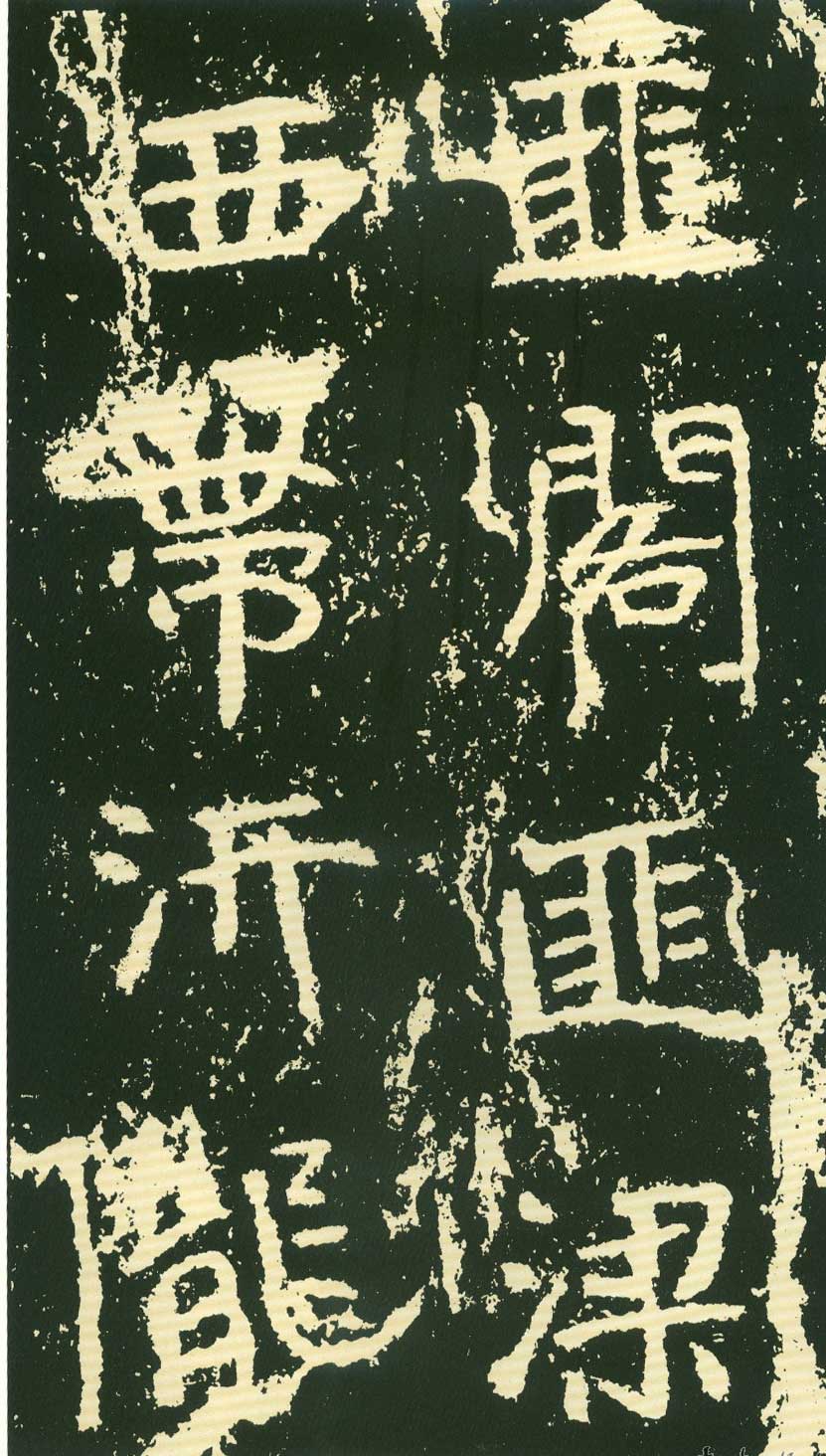
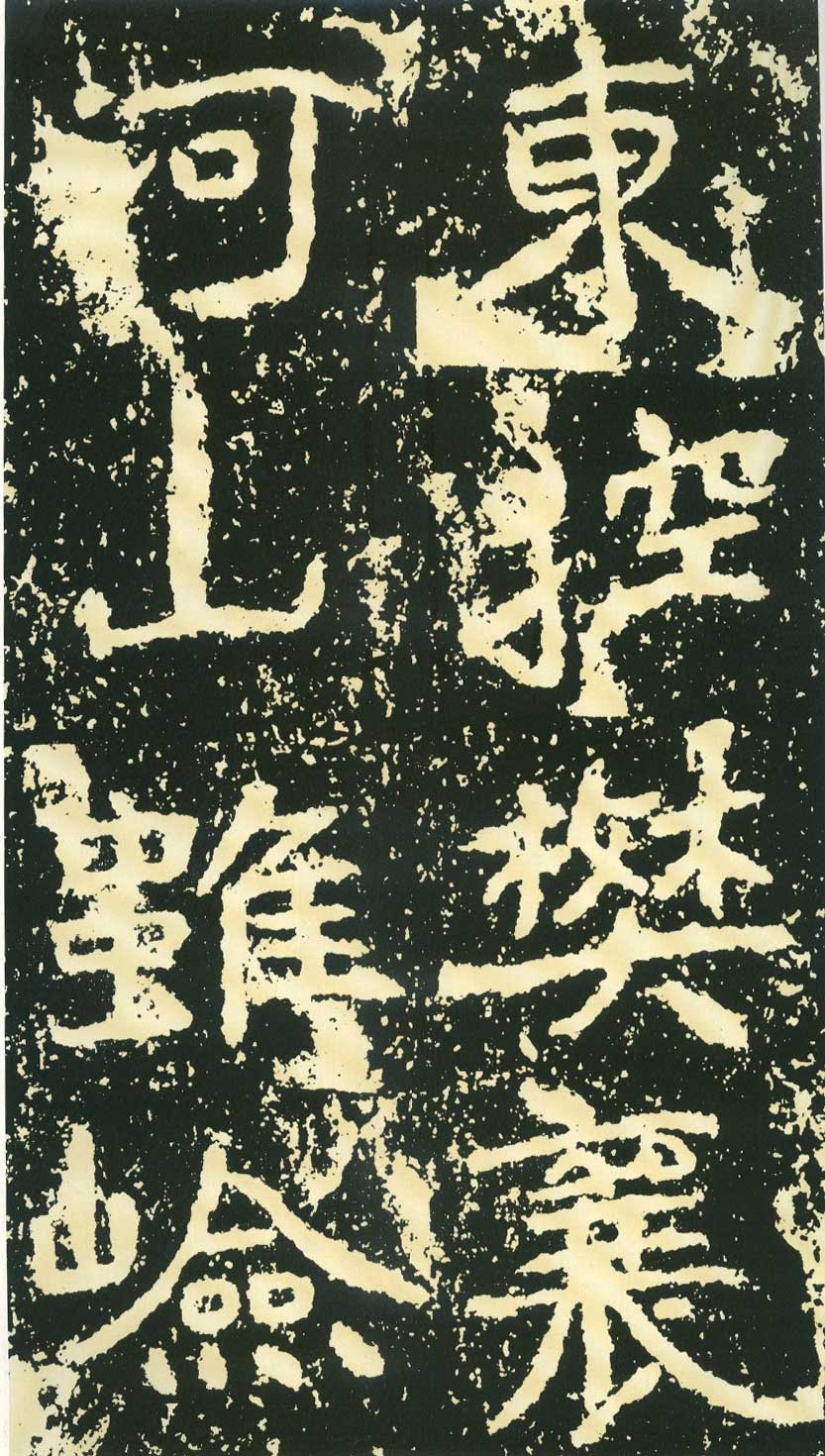
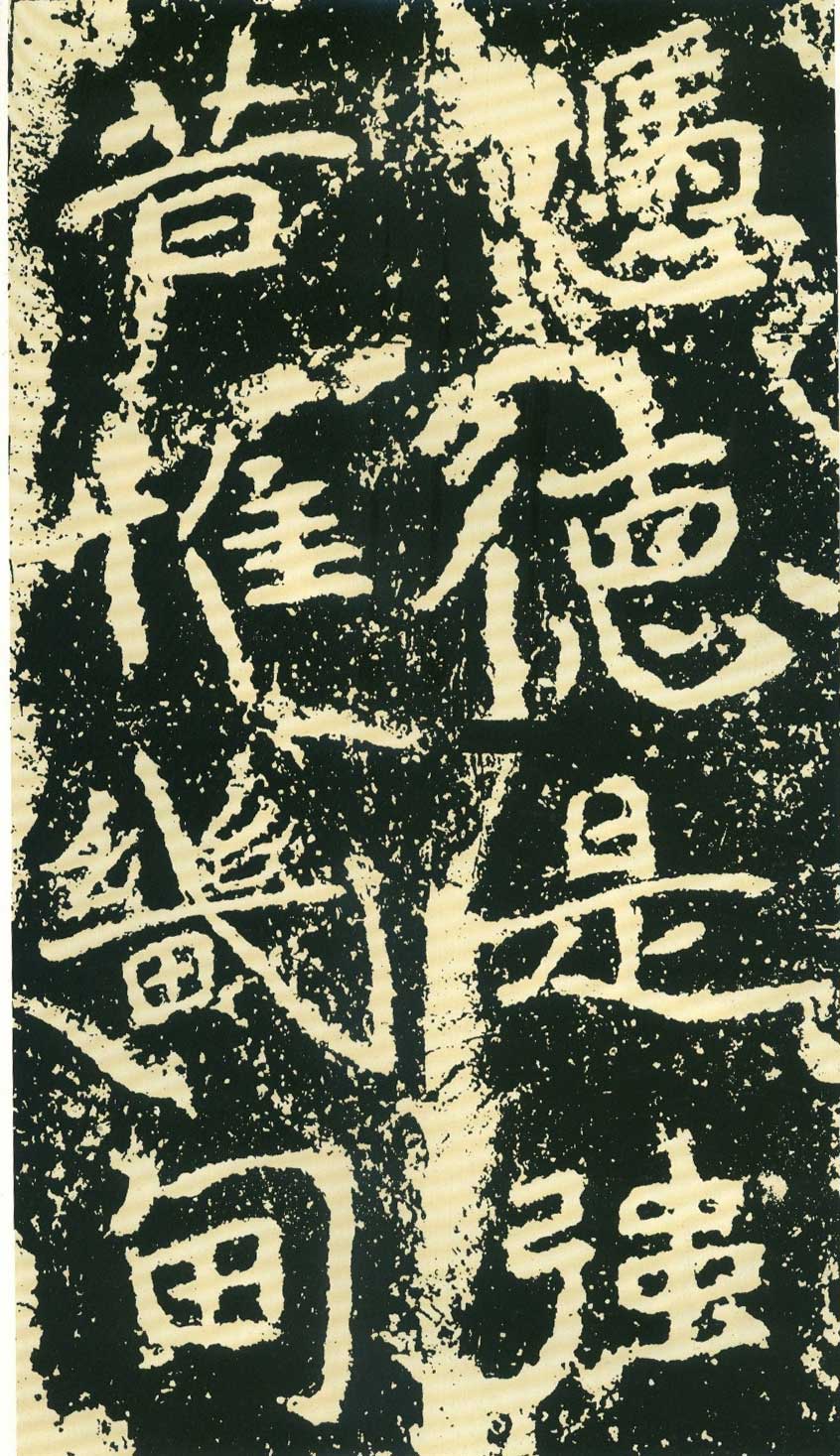
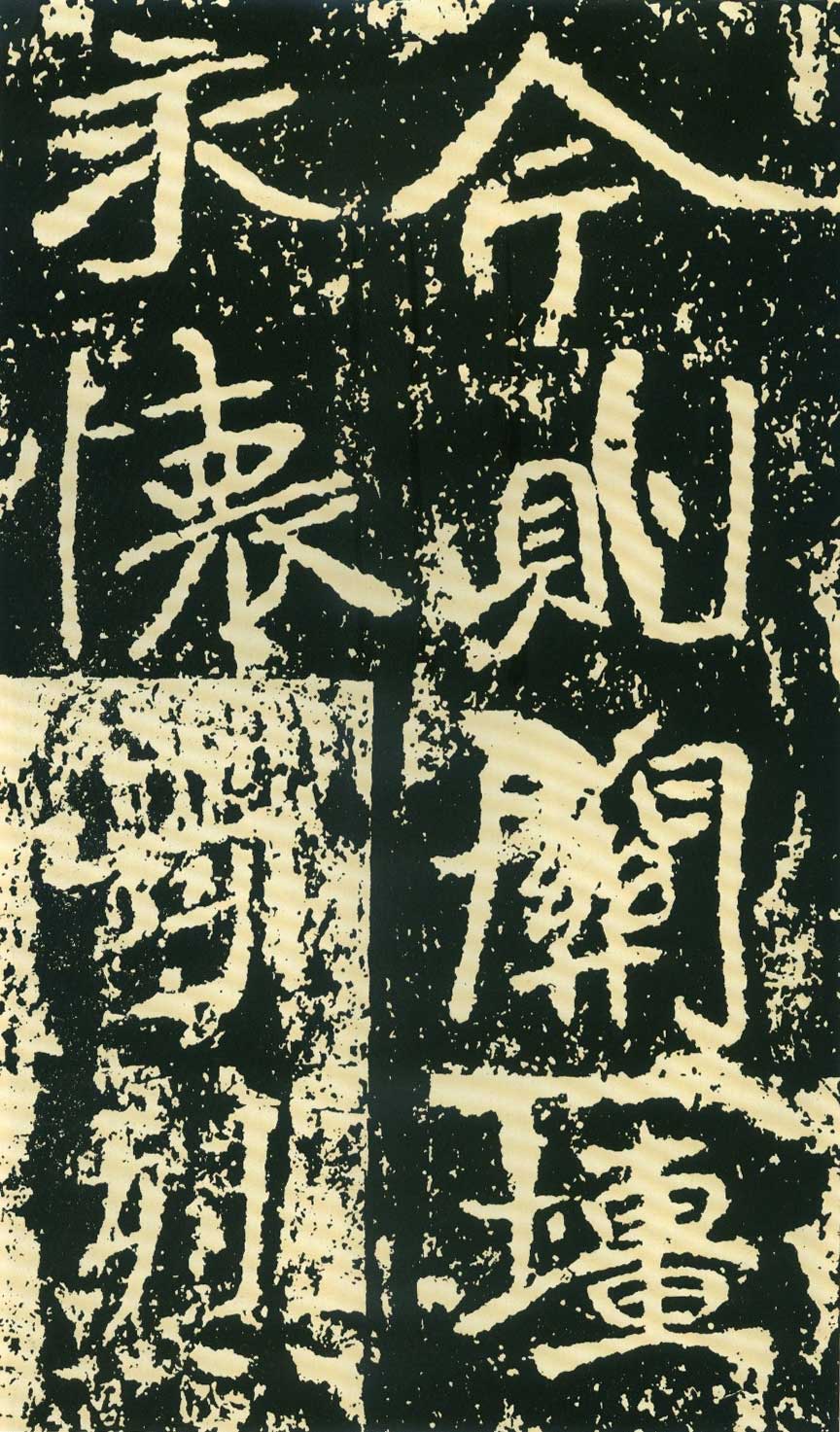
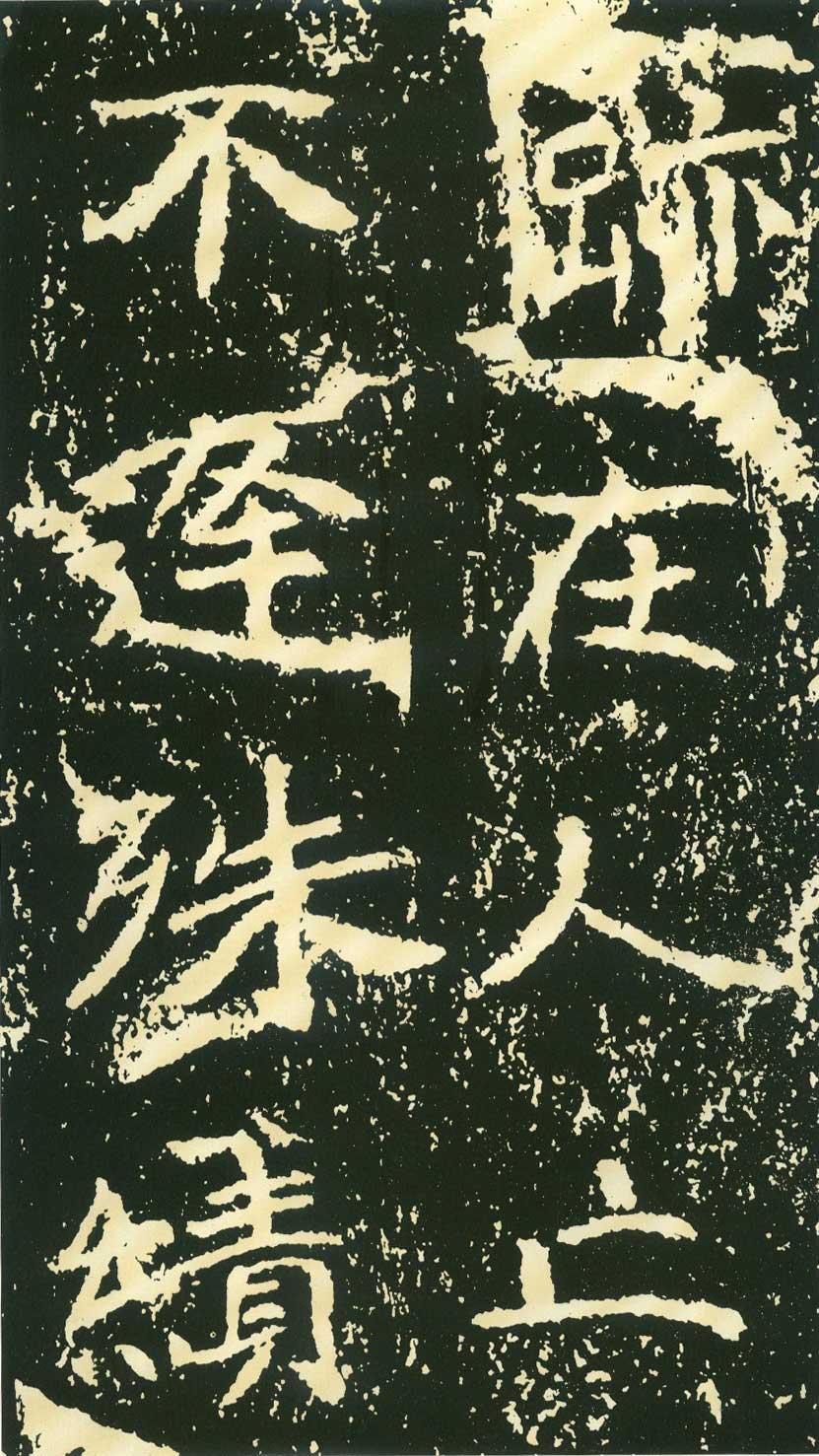
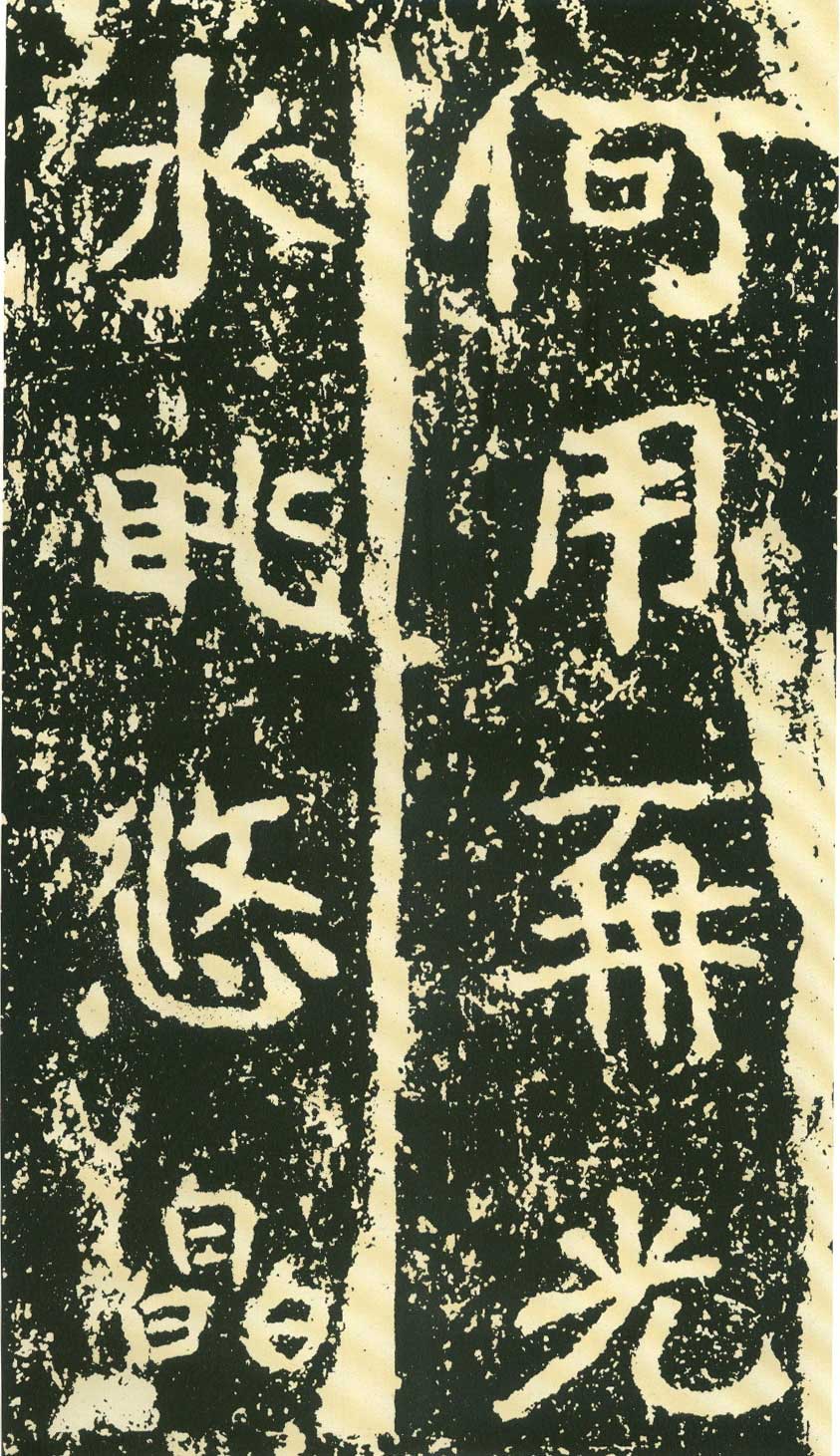
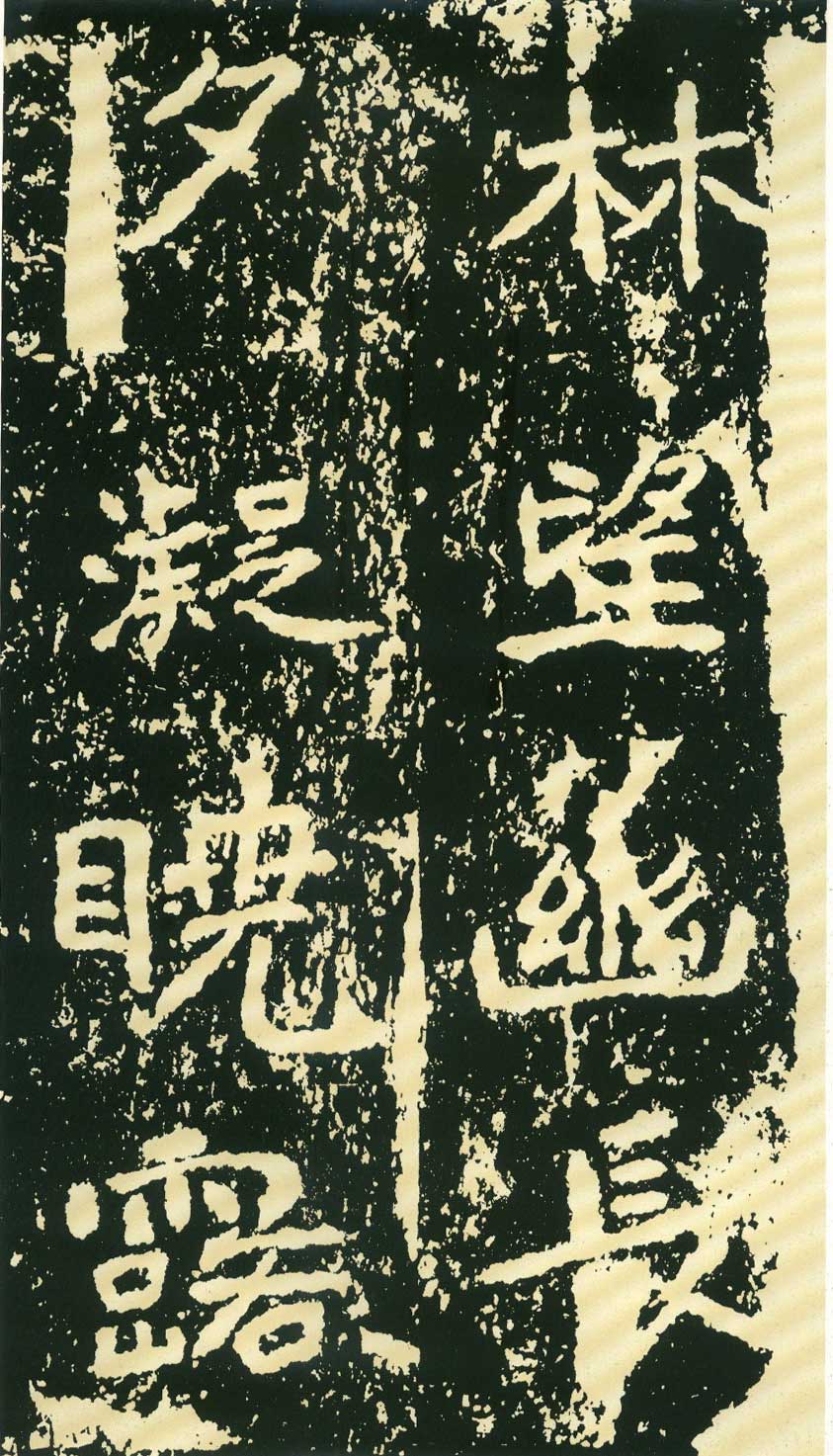
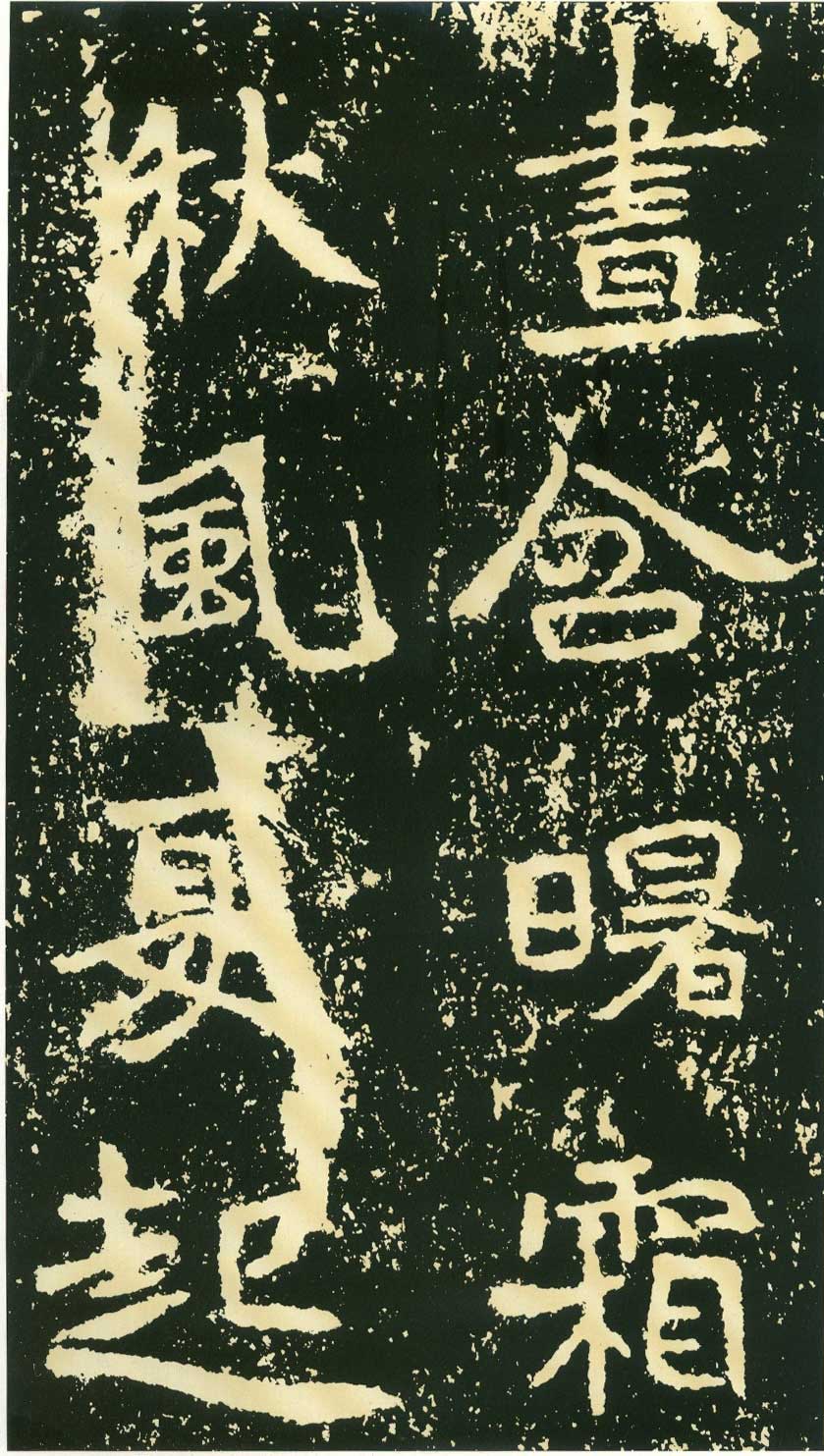
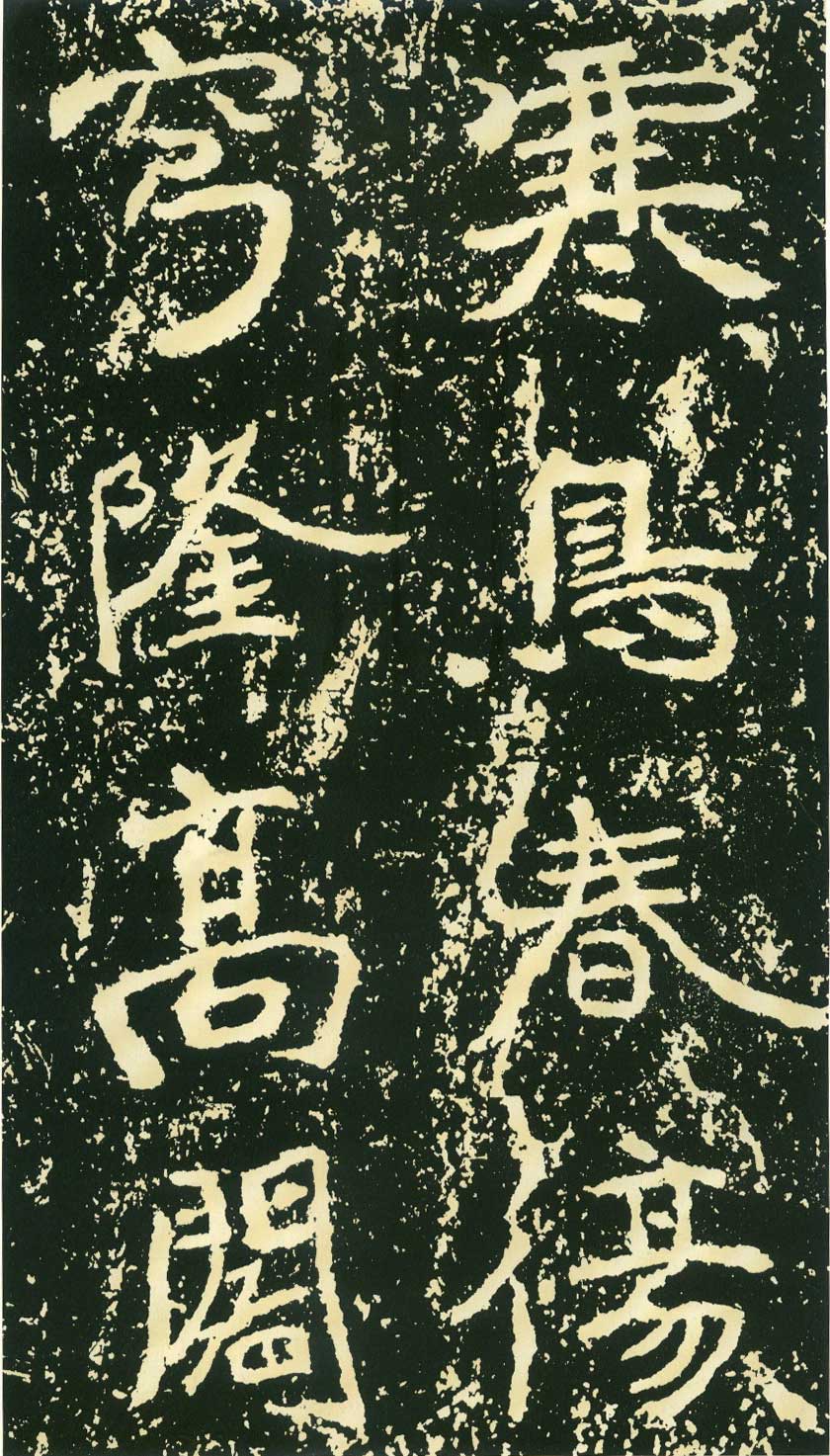
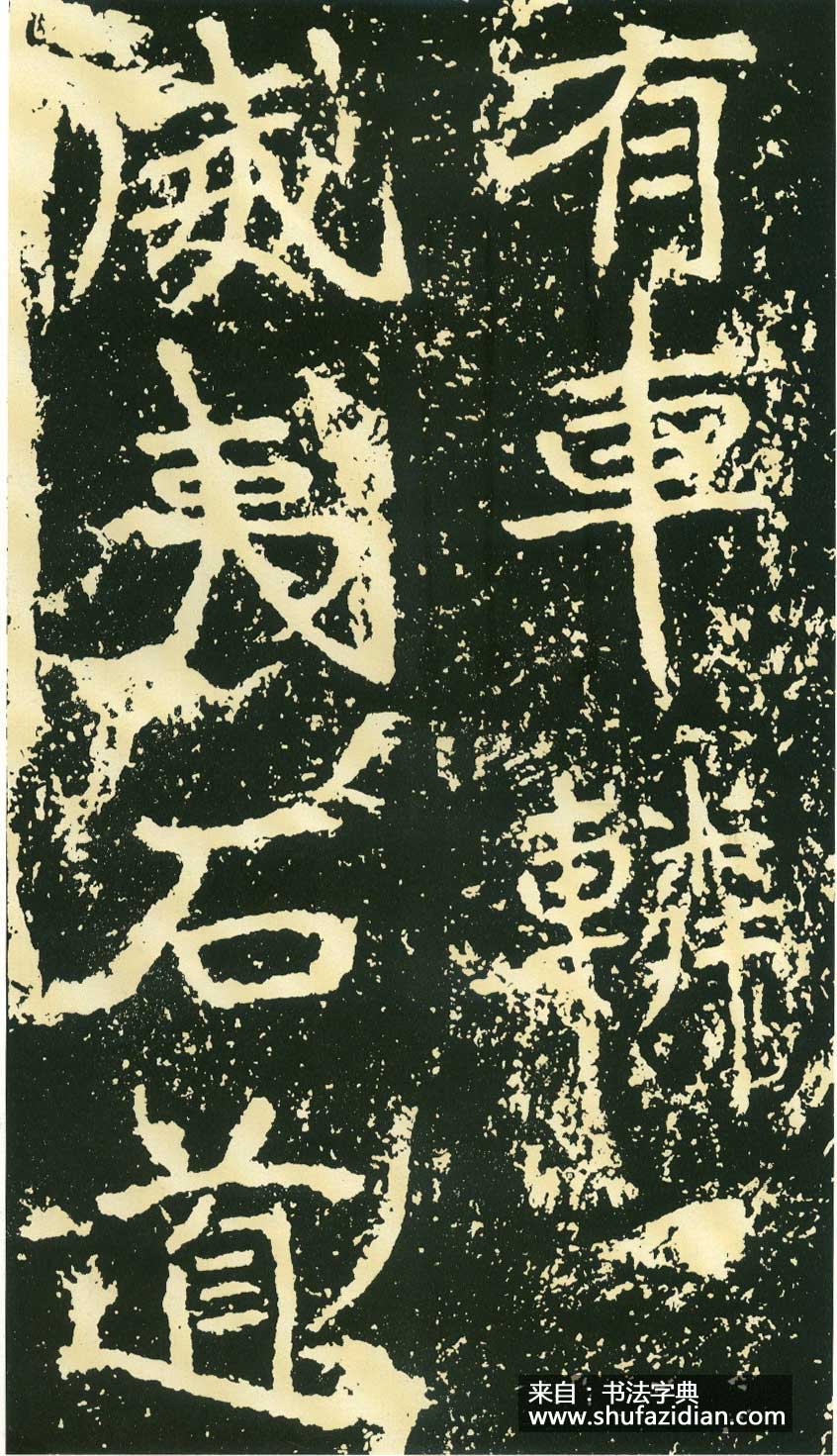
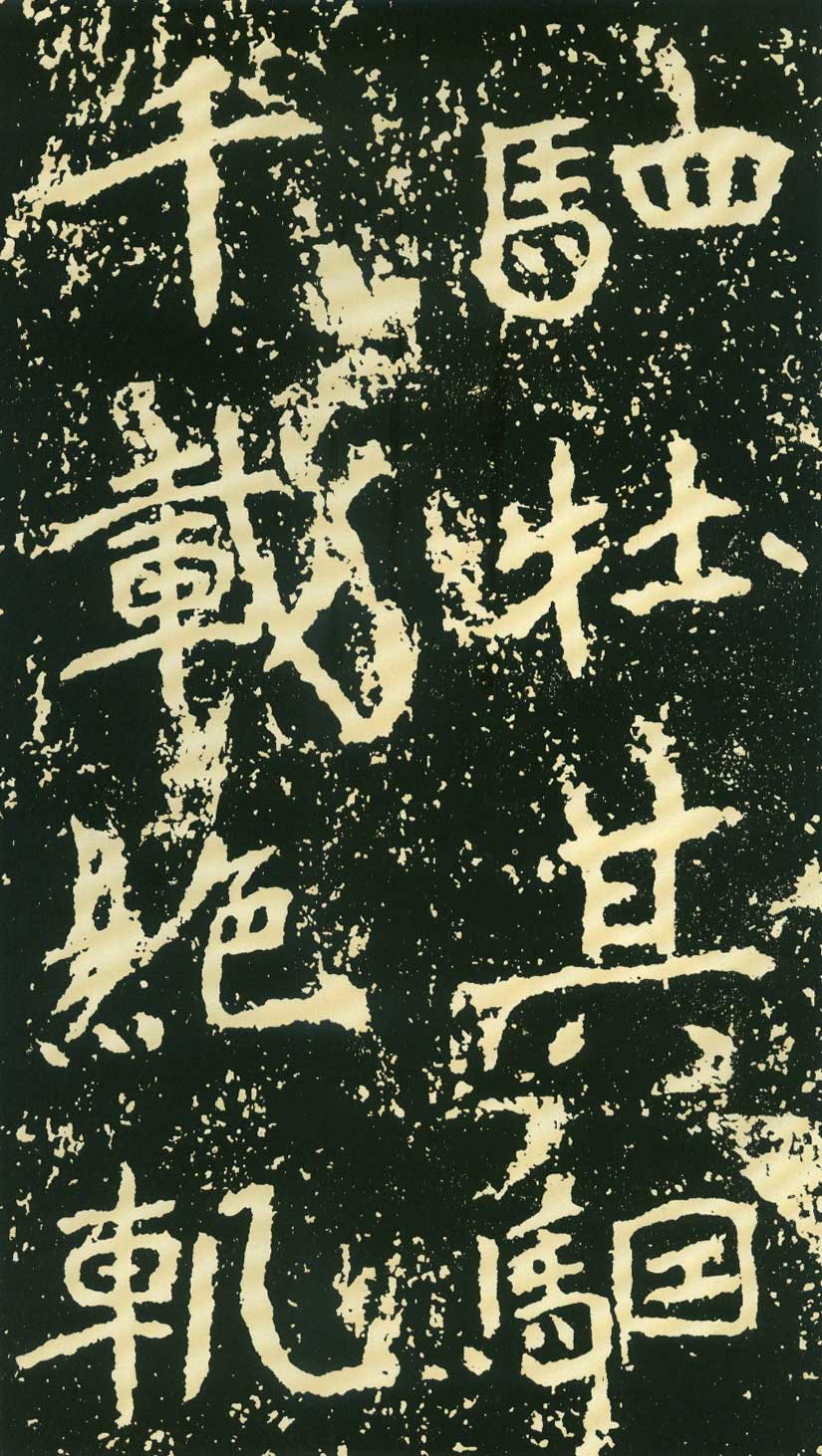
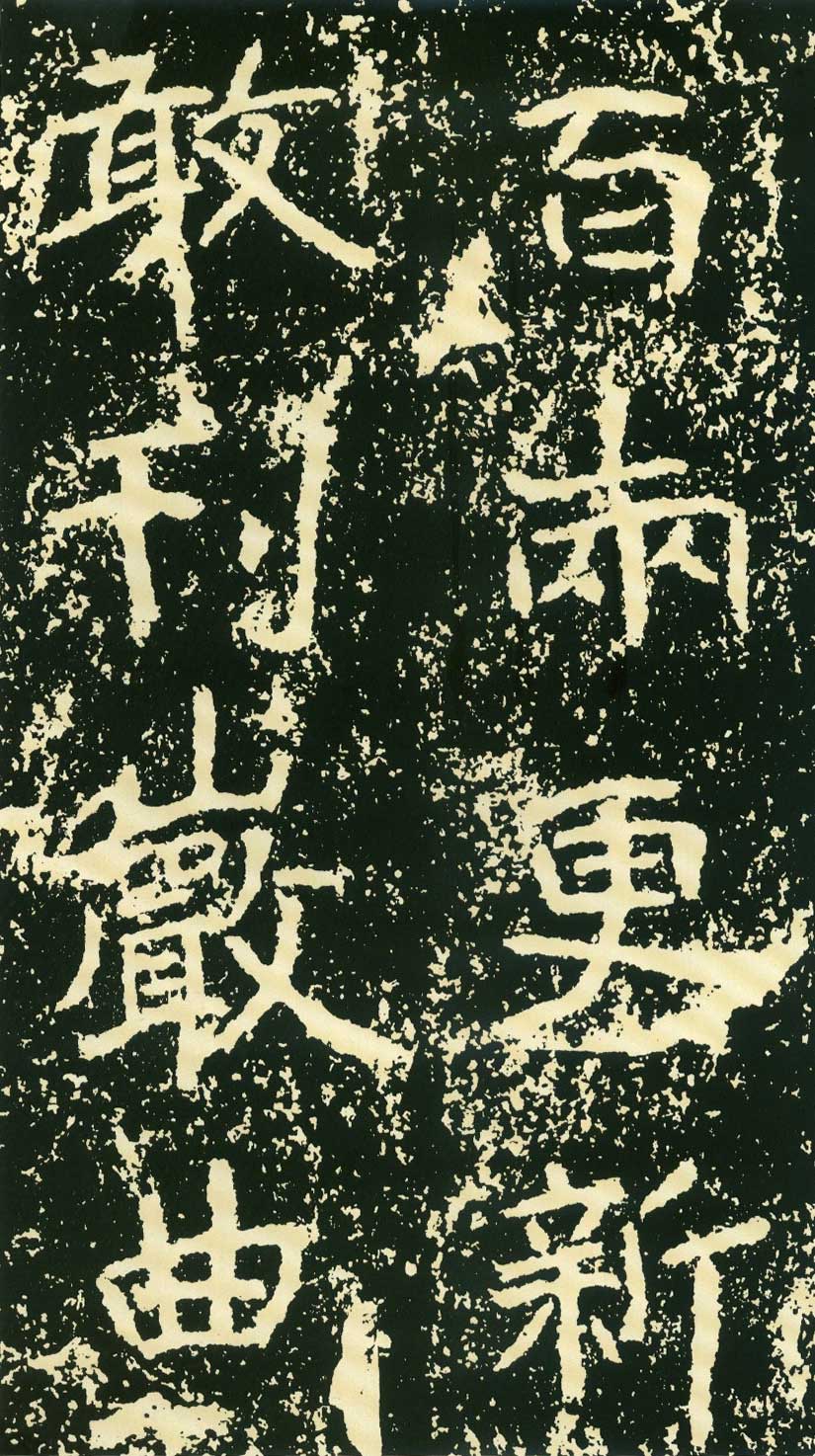
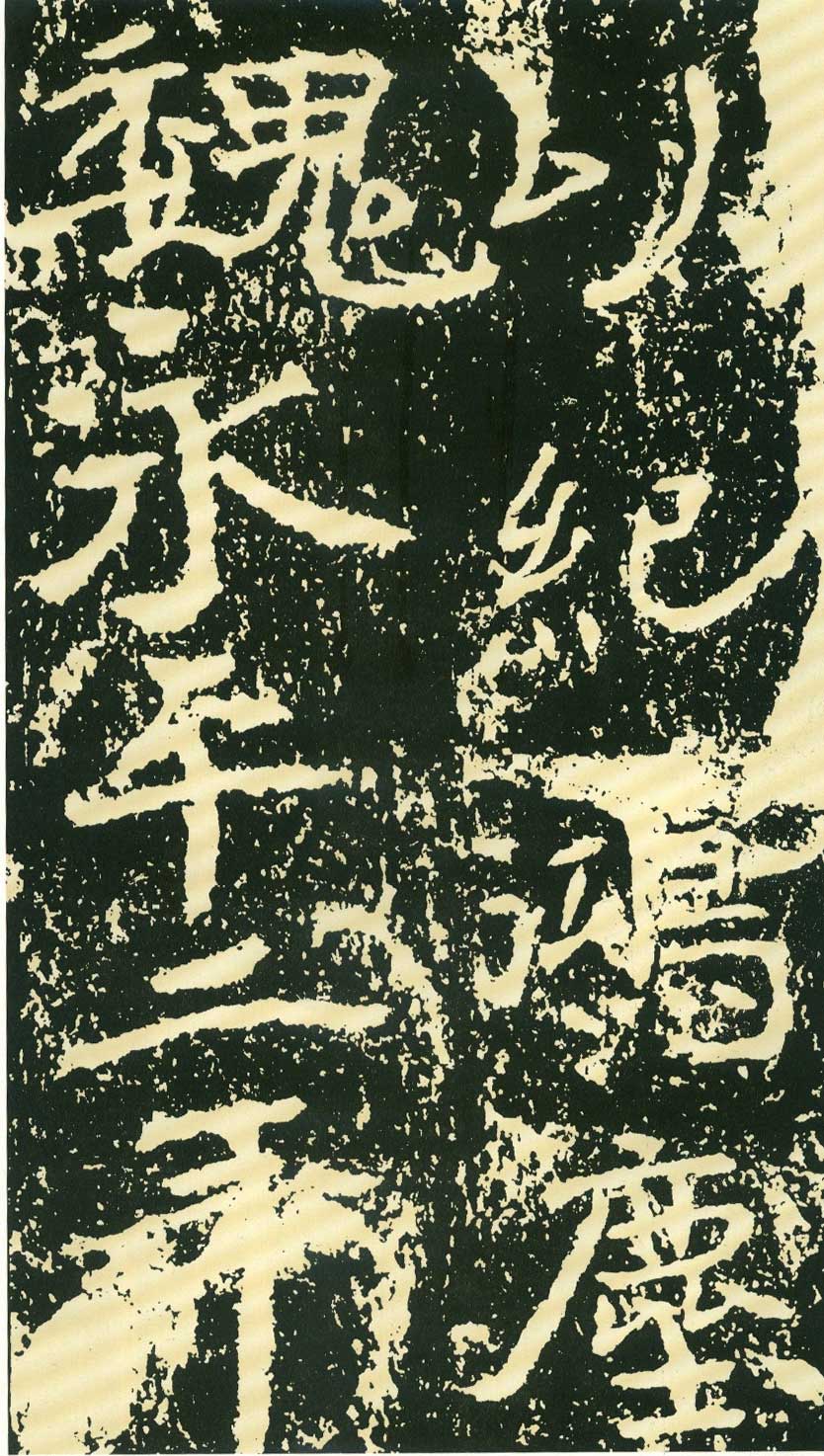
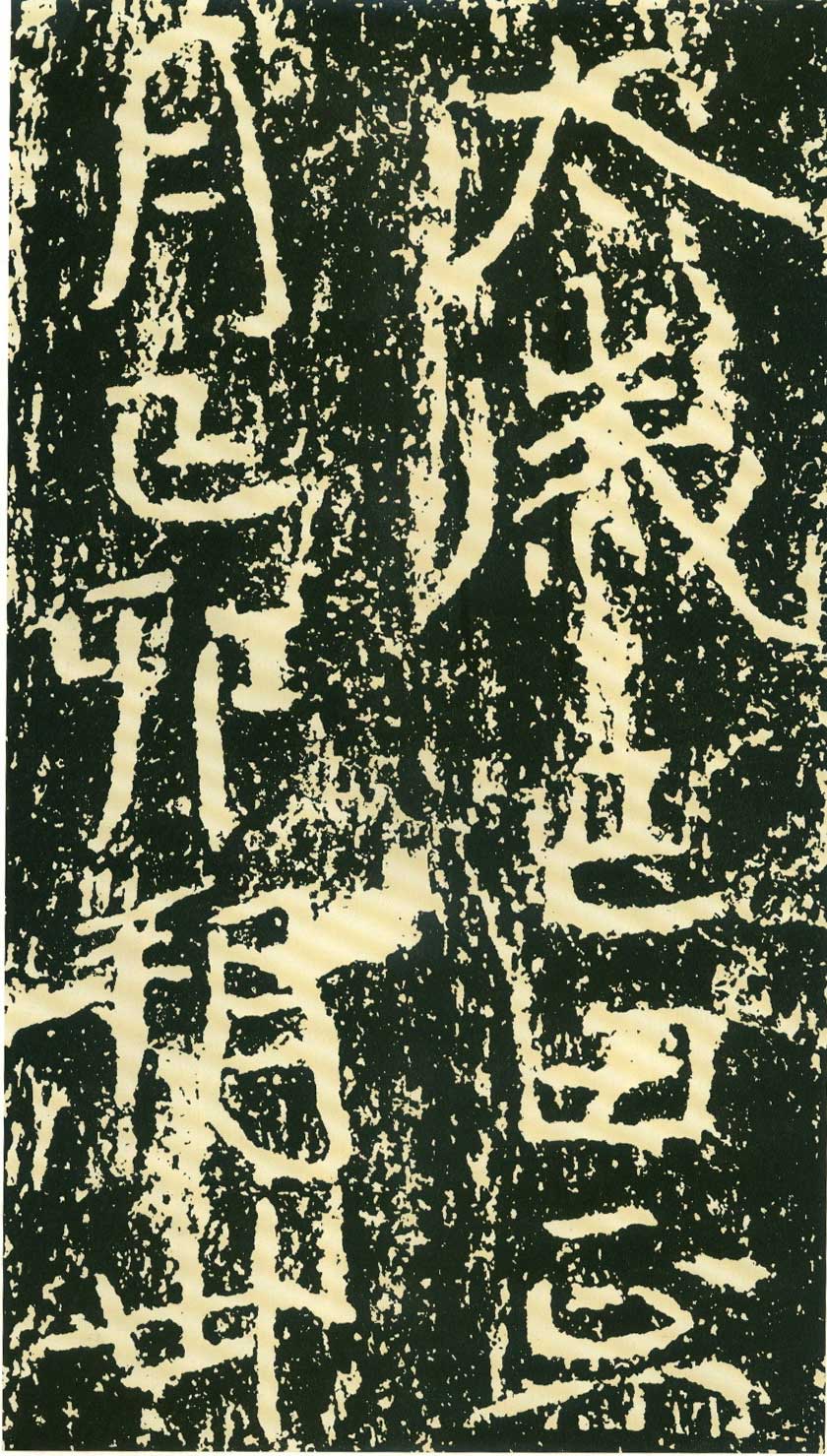
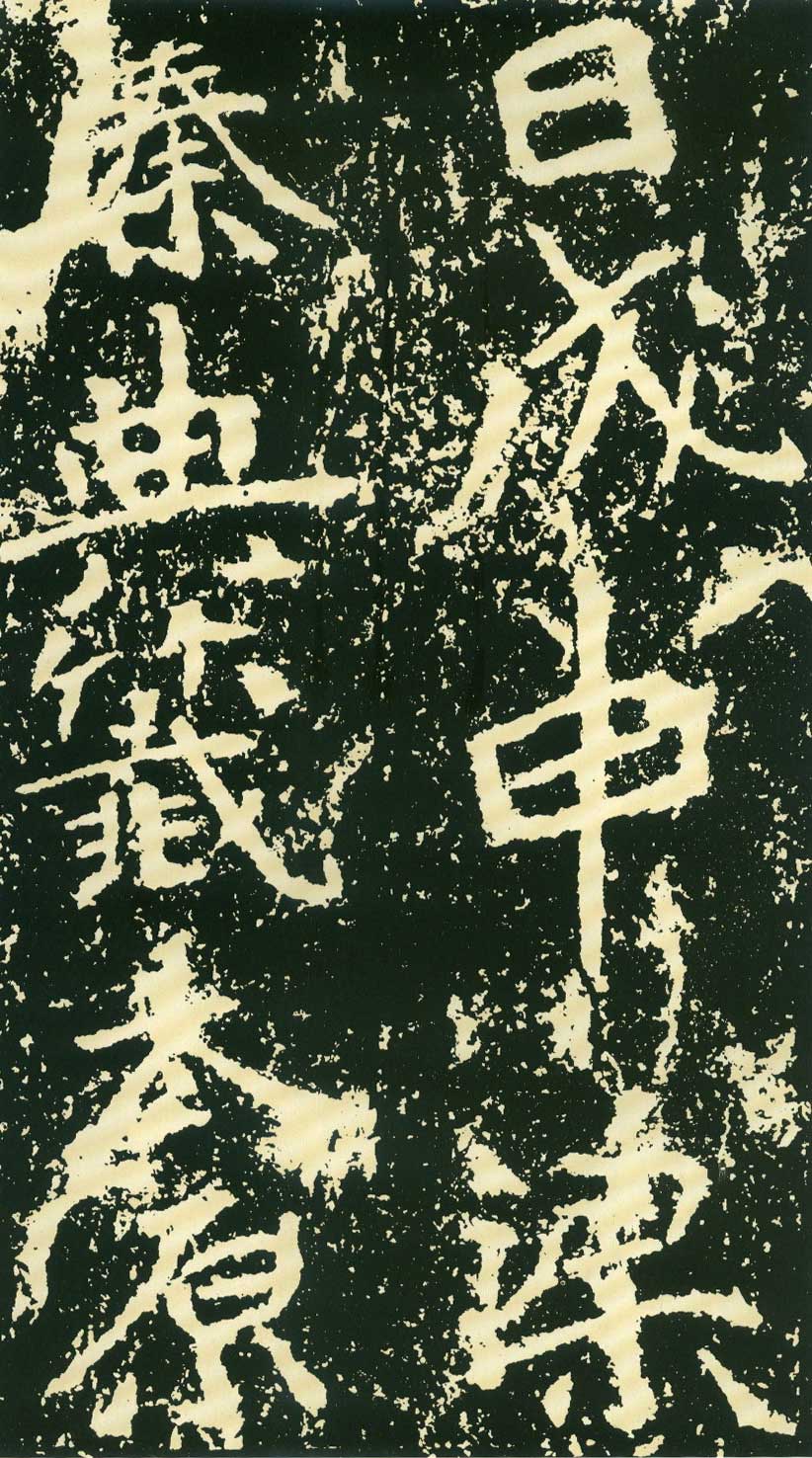
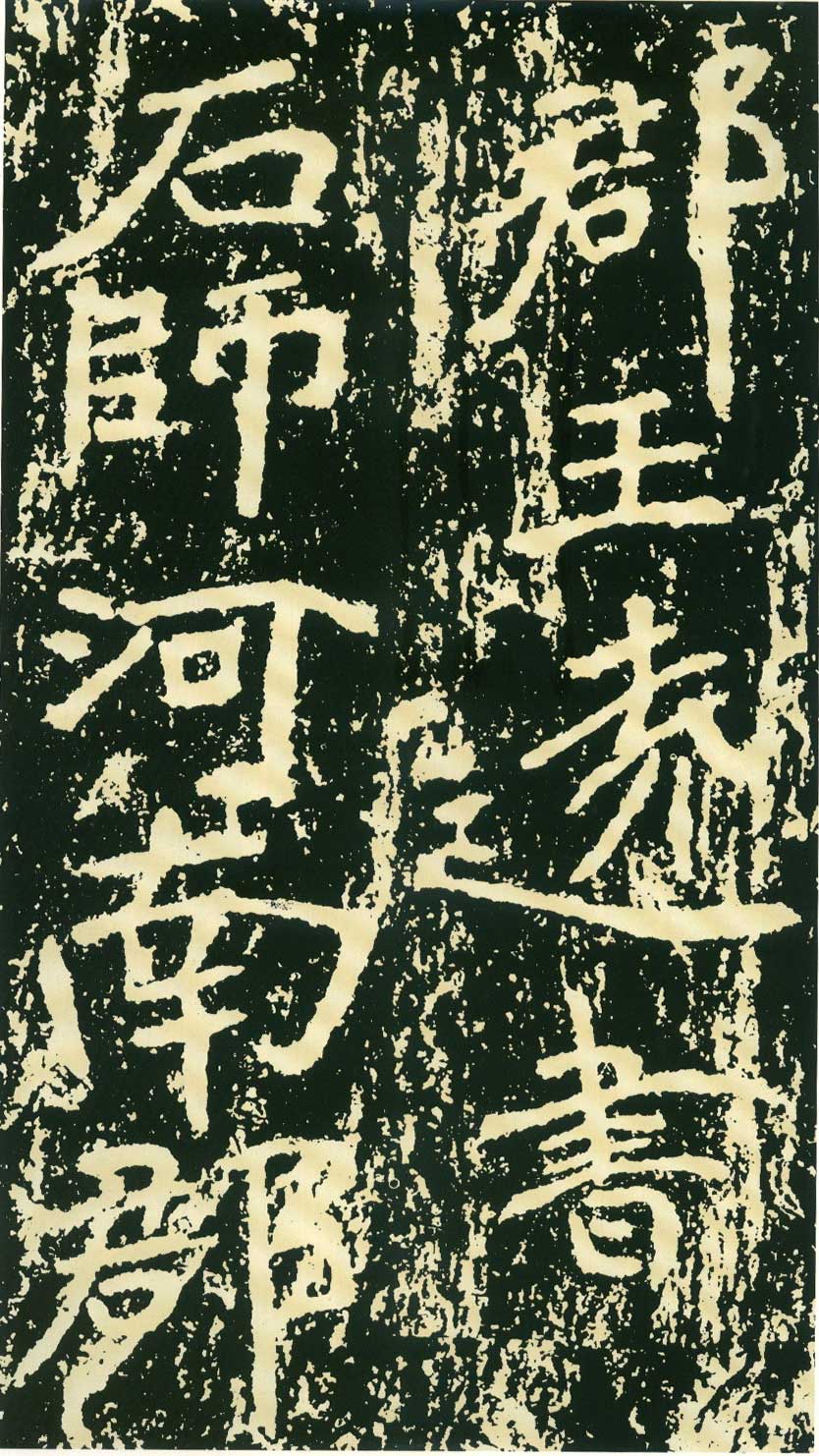
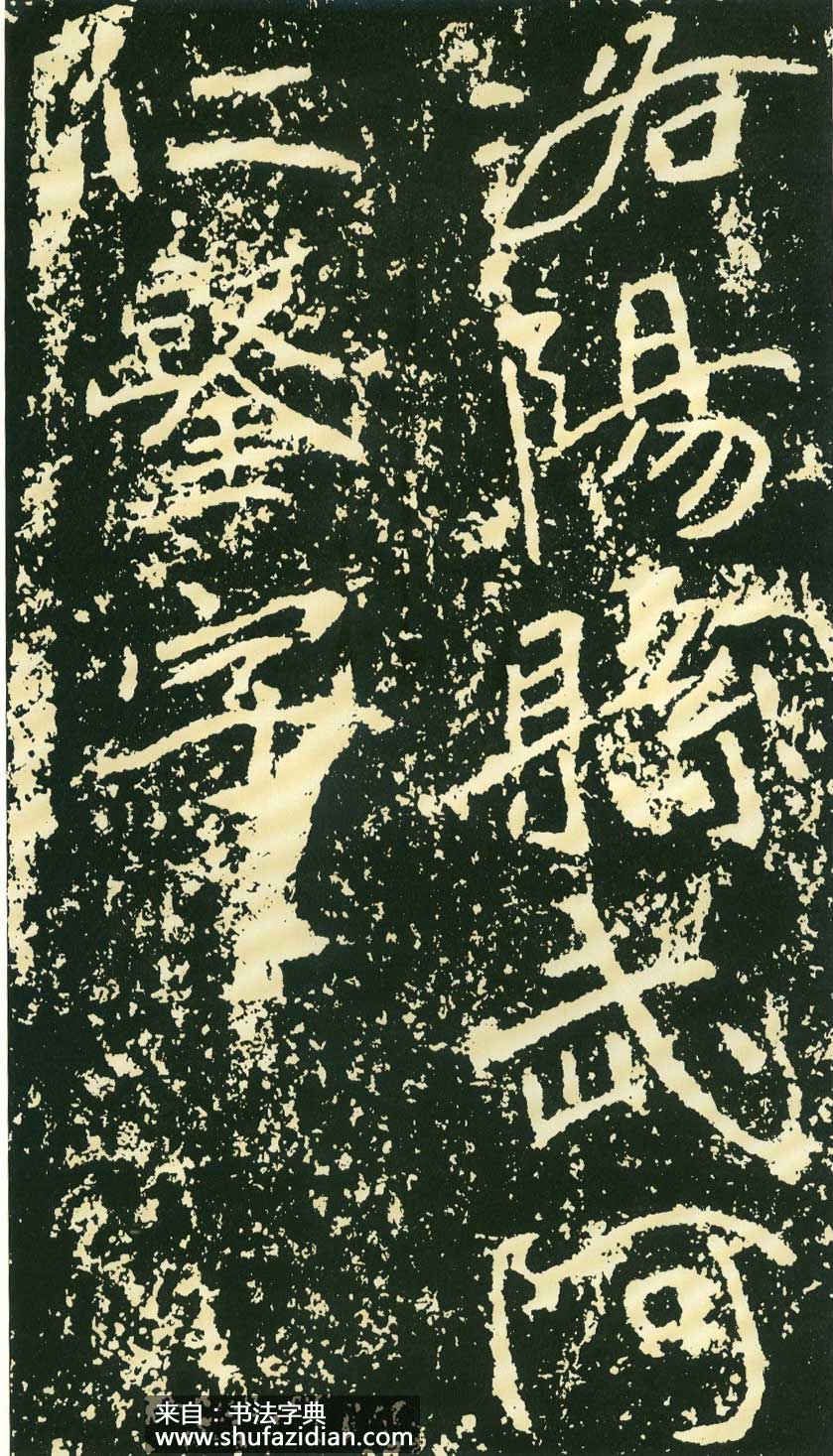
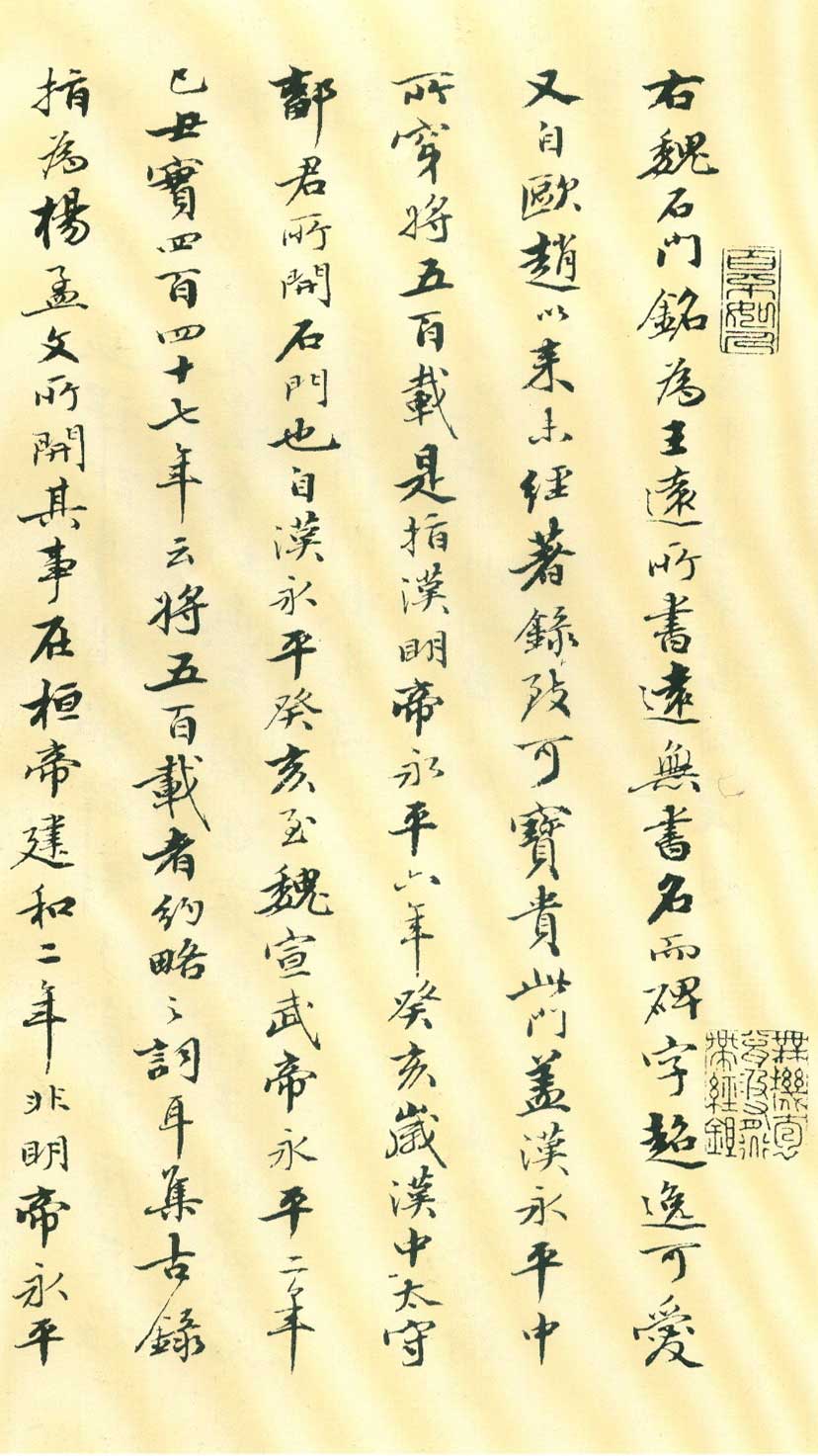
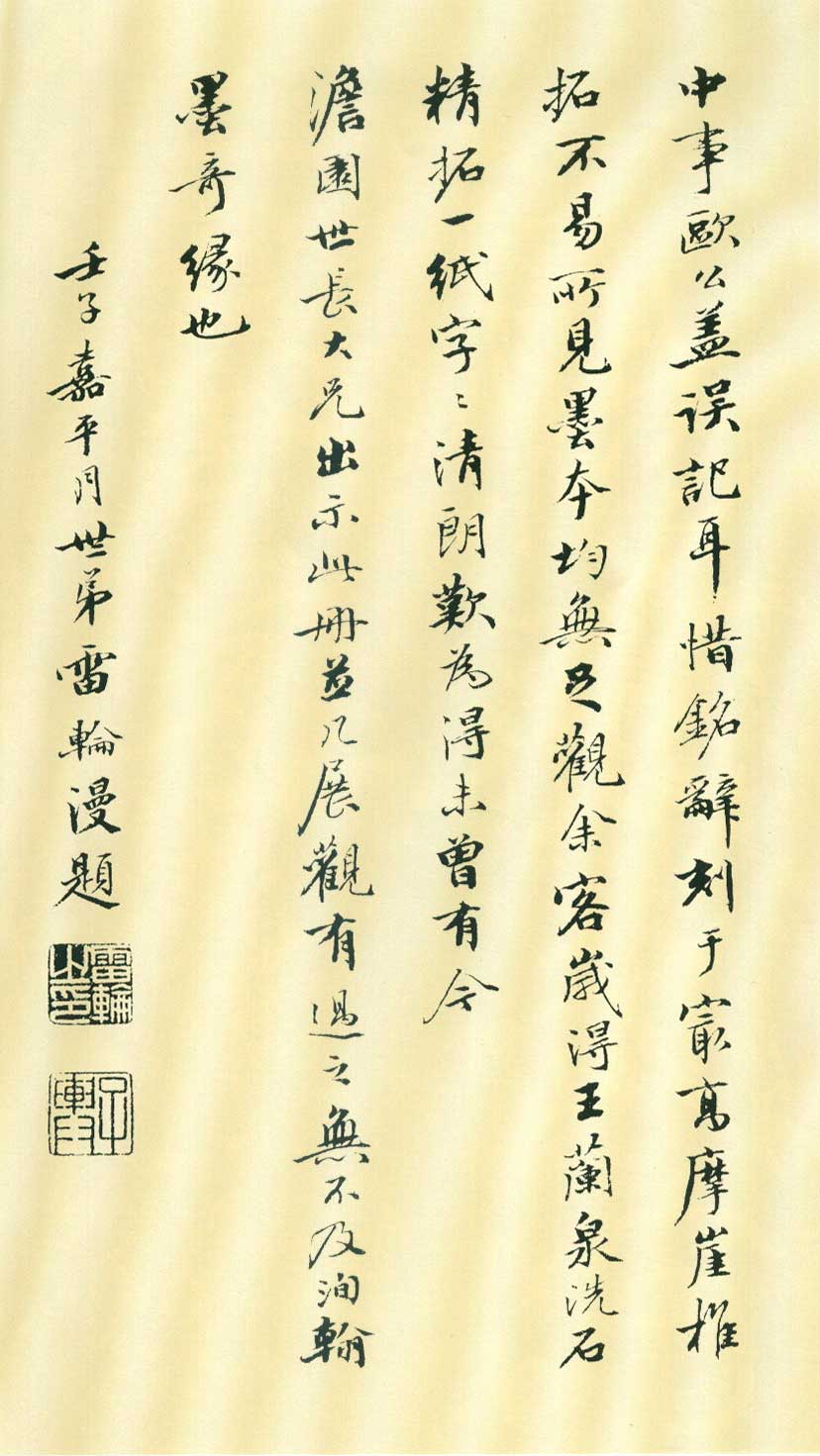
Shimen Inscription--Explanation:
The inscription on the stone gate: This gate was built by Yongping Zhong of the Han Dynasty and will last for five hundred years. From generation to generation, the Rong and the barbarians worked one after another, opening and closing at first, and the blockage was not constant. Since the Jin family moved south, Si Road has been ruined! Its cliffs and banks collapsed, its pavilions were indented, and its gates were several miles north and south, making it impossible for carriages and horses to pass through them for a long time. Climb Luo Meng Ge, and then you can arrive. In the first year of Emperor Wei Zhengshi's reign, Hanzhong offered land, and praise began to be issued. As for the path carved into the mountain one mile north of the gate and to the west, it is steep and winding, with nine twists and turns, making the journey extremely difficult and difficult for the traveler.
At the beginning of the Liang and Qin Dynasties, he was a man of great ability and virtuous people. He faced difficulties in court and praised Jian as a good herder. In the third year of the imperial edict, General Long Xiang was ordered to supervise the military affairs of the Liang and Qin states. He appointed Taiyangzhi as the governor of the two states of Liang and Qin. He built Minjianyang River and caressed Suibian, creating the style of his uncle. Since it is difficult to climb up due to natural dangers and difficult to block transfers, we hope to create an old road since we have returned to the south, so as to relieve the burden of work and achieve the ease of the square track. The imperial edict sent the left school commander Jia Sande to lead 10,000 disciples and 100 stone masters to accomplish the task. The three virtues are ingenious and clever, and they understand the underworld very well. Although Yuan Kai's Lianghe and Deheng's losses are not surprising, it is not surprising. It started on October 10th of the fourth year and ended on the first month of the second year of Yongping. The pavilion is four feet wide, and the road is six feet wide. They are filled with creeks and gullies, and the beams are dangerous. From the carriage to the mouth of the valley, it is more than two hundred miles, and the horses and bridles are driven forward. There is no work in the place of philosophy, and the thinking of the previous sages is all gone. Yitongyan. When the king ascends to the throne, he will not sigh at the depth of his work; if the Ge family survives, he will be relieved from the labor of the wood and oxen. As a result, the benefits of livestock production, salt and iron, and the wealth of cotton, cotton, and water can fill the Sichuan. The four peoples are rich, their shoulders are rested, and they are strong! Since I am thinking of Ban'er, I am waiting for Zhang Cai, and I am loyal to the public and forget my own selfishness. How can I achieve this? Nai made an inscription saying:
The dragon gate was chiseled and revealed by Dayu. This rock is a cave, originated from the Emperor of Han Dynasty. Guide this China to spread the word to all directions. What is its merit? It is both comfortable and healthy. Go deep and block, and you will steal the pavilion and the beam. It takes Qianlong to the west and Fanxiang to the east. Although rivers and mountains are dangerous, virtue is strong. In the past, there was only Jidian, but now it is Guanxi. We will always remember the ancient heroes, and their traces will be with people when they die. Without special achievements, there is no point in shining brightly. The water looks bright and the forest looks long and quiet. The evening is full of dew, and the day is full of frost. The autumn wind rises in summer, and the cold birds are injured in spring. The sky is high and the pavilions are high, and there are cars and cars rolling around. Weiyi stone road, Si herding his horse. After thousands of years of failure, hundreds of vehicles have been updated. Dare to publish rock music to commemorate Hongchen.
In the second year of Wei Yongping's Tai Sui Jichou, on the 30th day of the first month of the first lunar month, Ji Maoshuo, Qin Dian of Wushen Liang signed the letter from Wang Yuan of Taiyuan County, and the stone master Wu Aren of Luoyang County, Henan County chiseled it.
There is a piece of inscription on the cliff at the lower right of the inscription, which is called "Small Notes on the Stone Gate Inscription". The text reads: The stone gate was opened in Yongping in the Later Han Dynasty. The fifth year since the revision of the Wei Dynasty was the first year of Yongping, and Yu Gong was in the first month of the second year. Until the year of Kaifu, the same name is Yongping, and the same name is "XX" (Zan 2 characters) in modern and ancient times! Later gentlemen heard about different things together. Jia Zhe's courtesy name is Sande.

